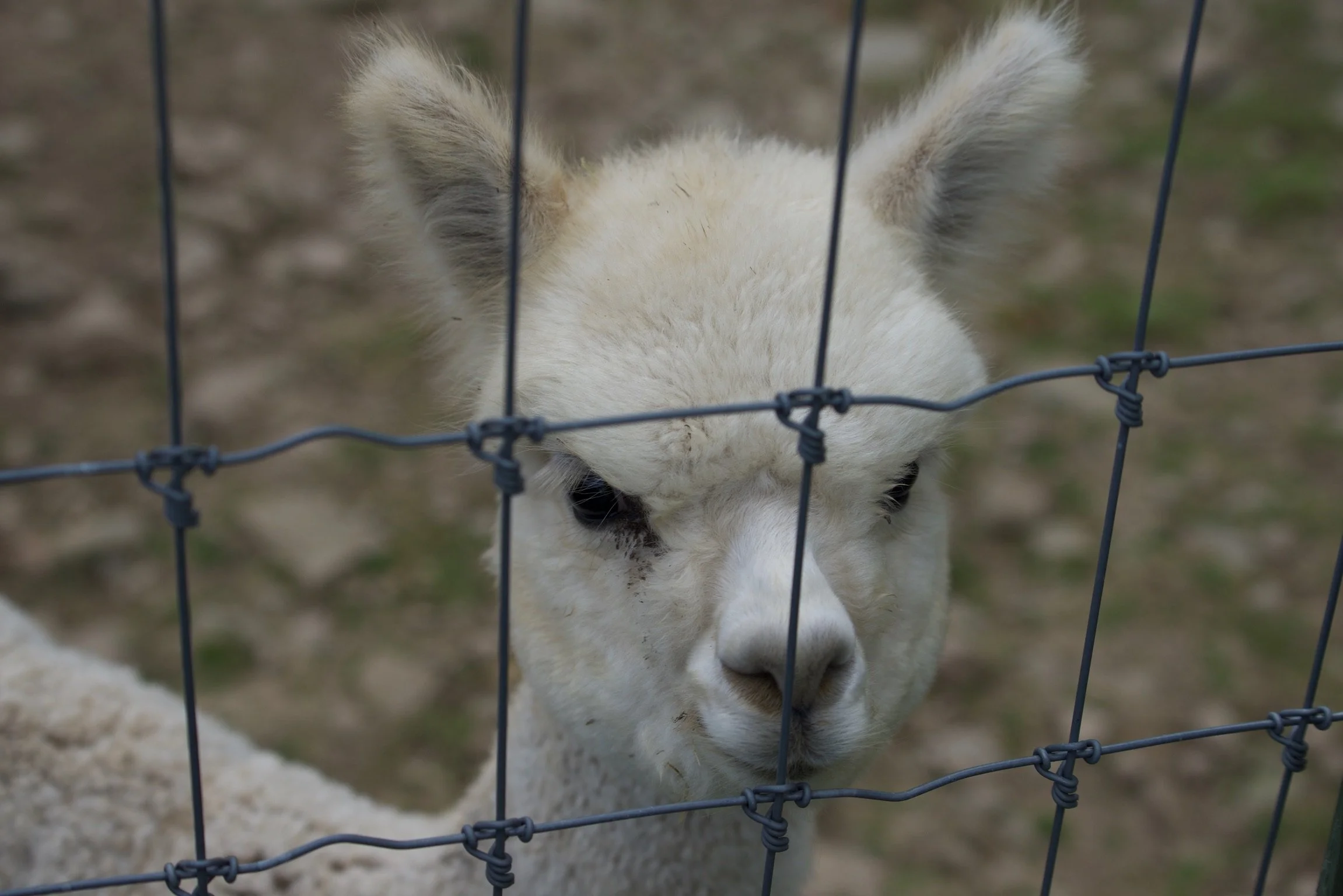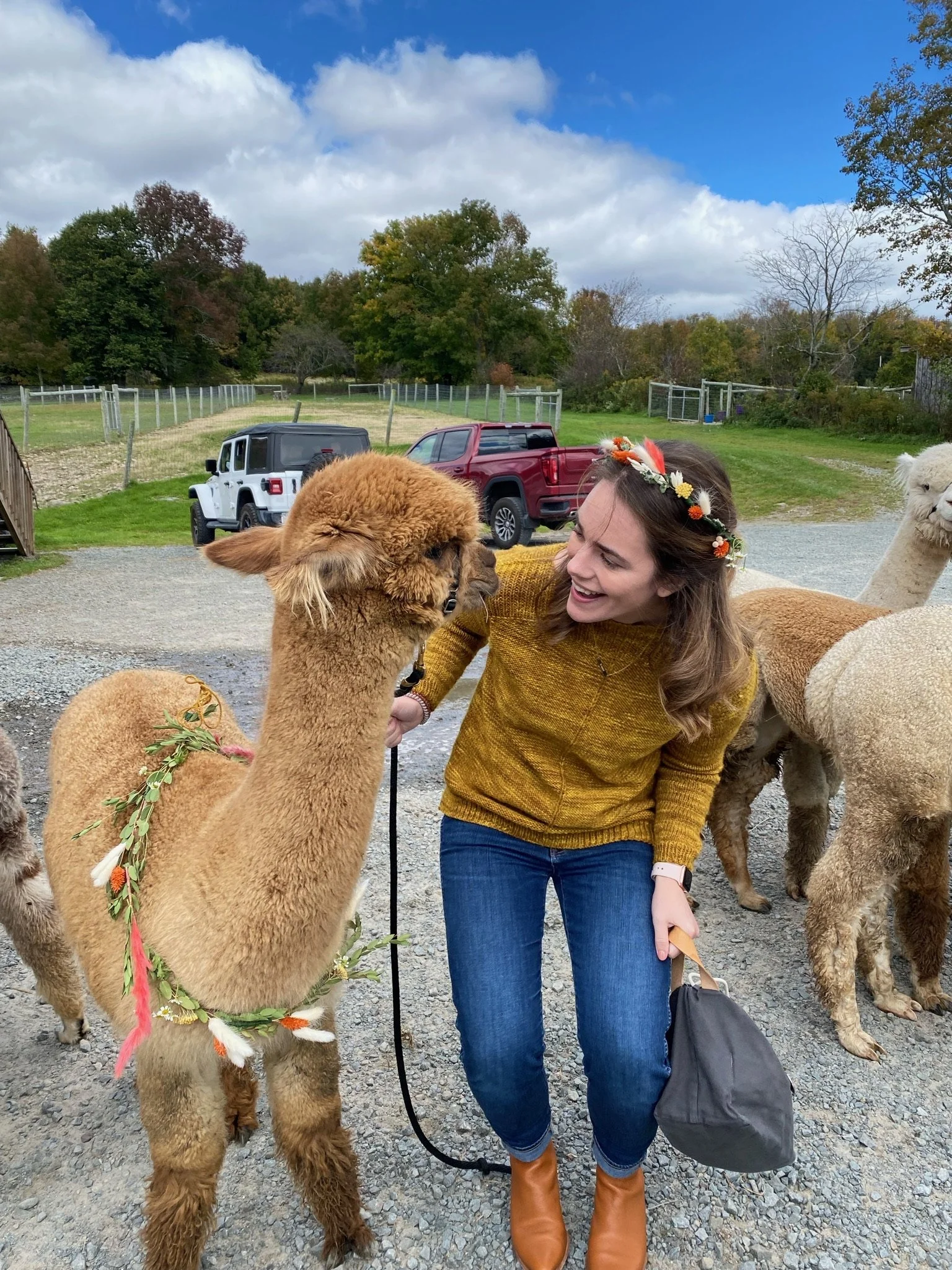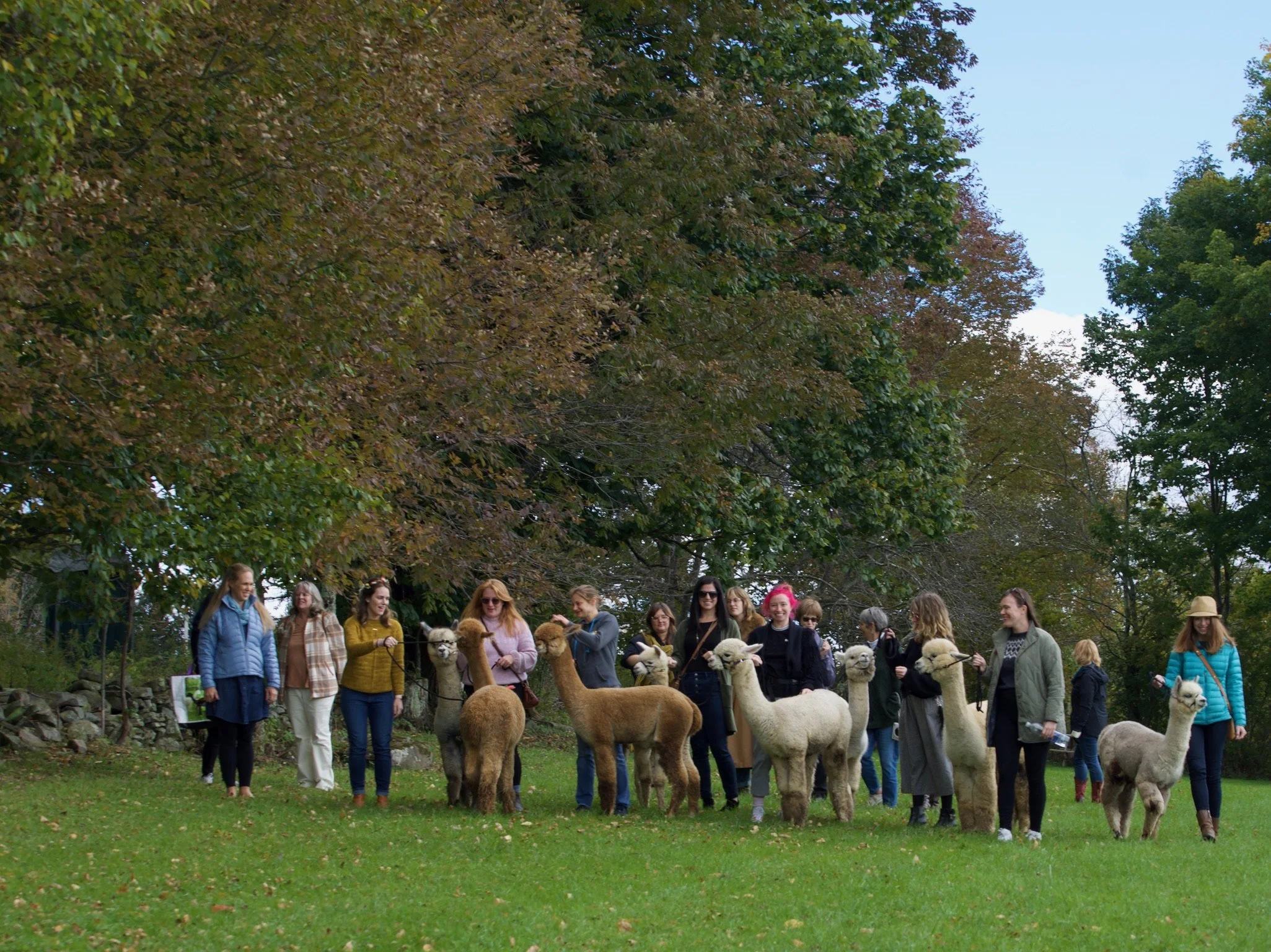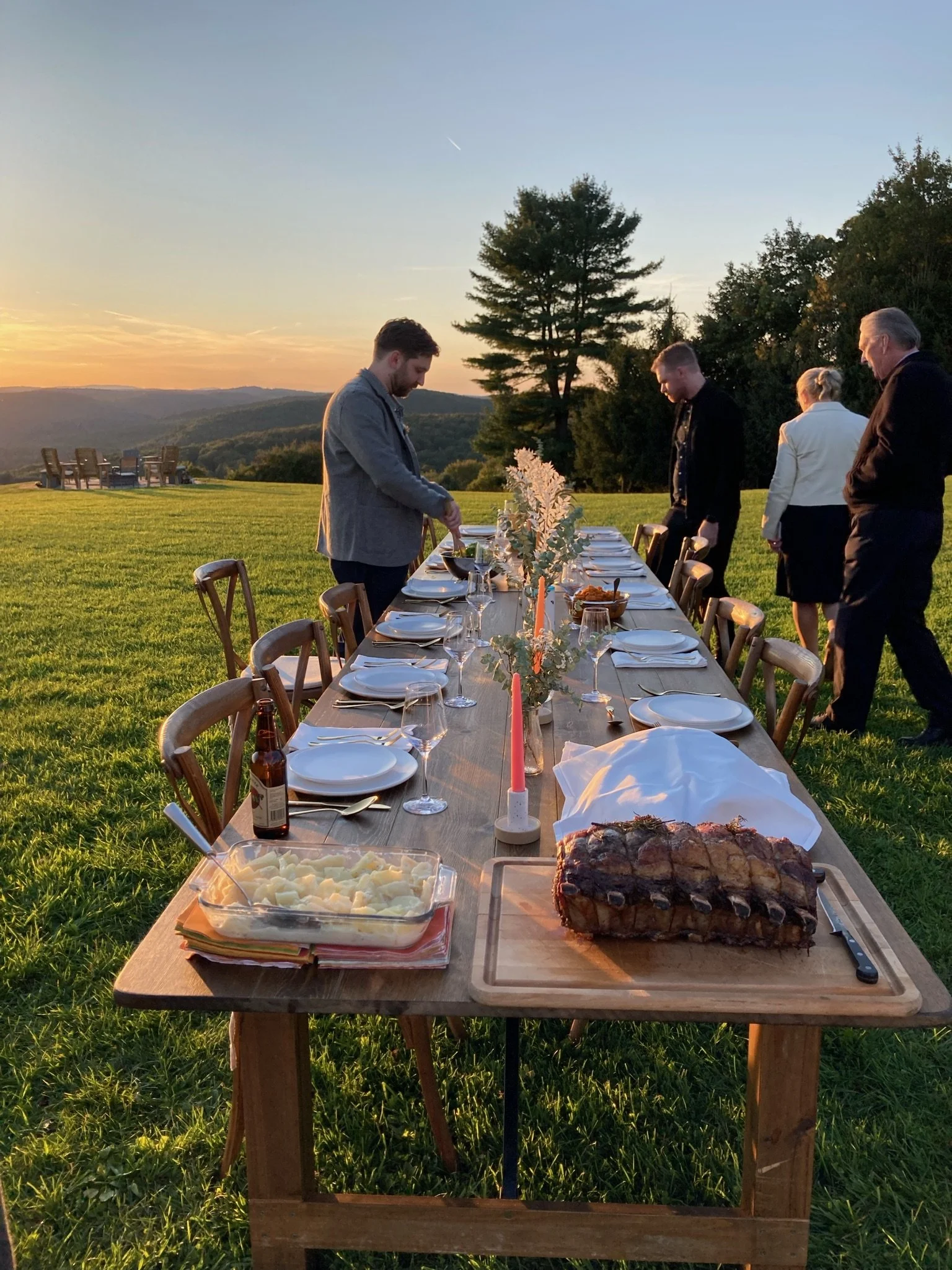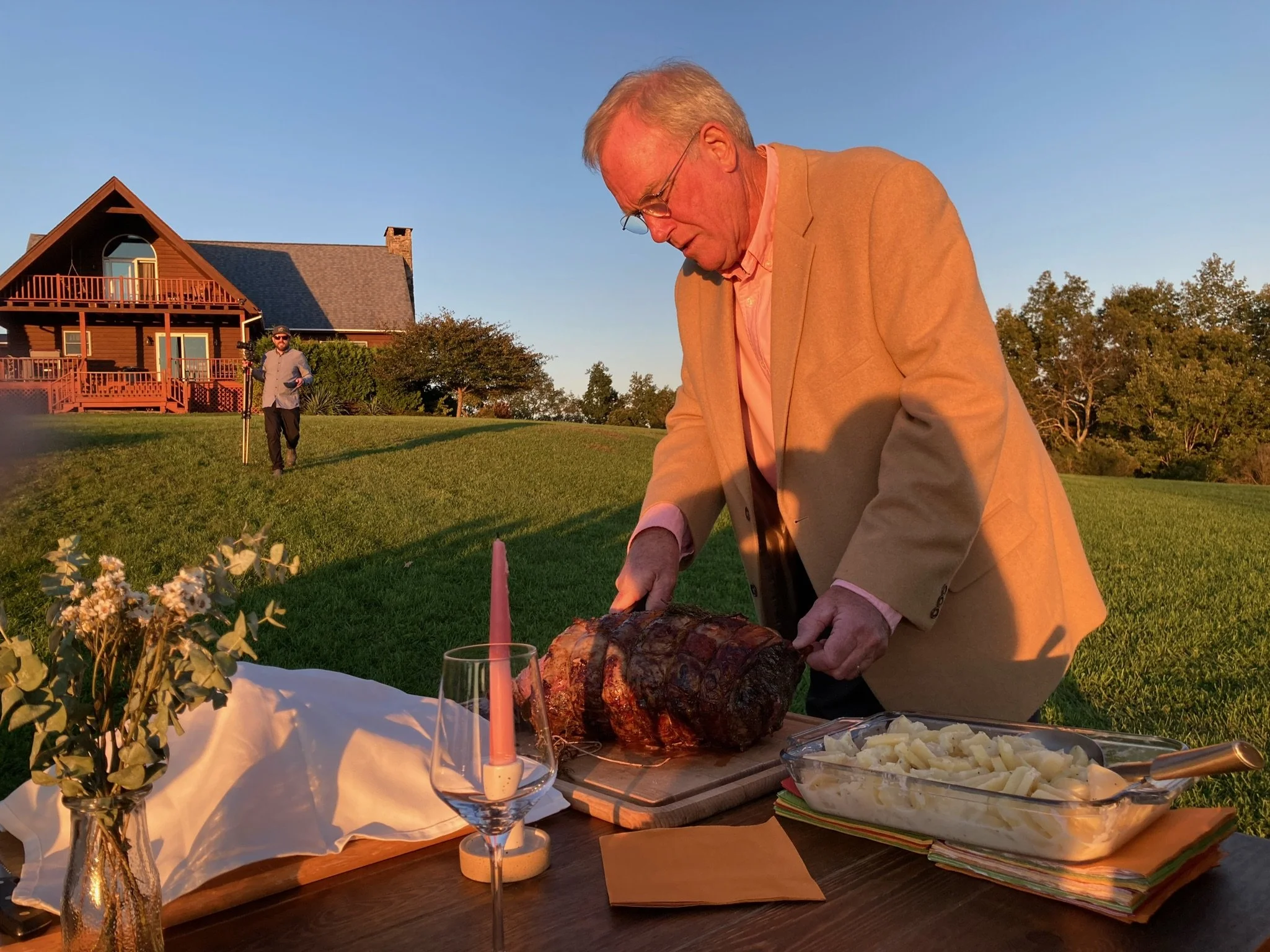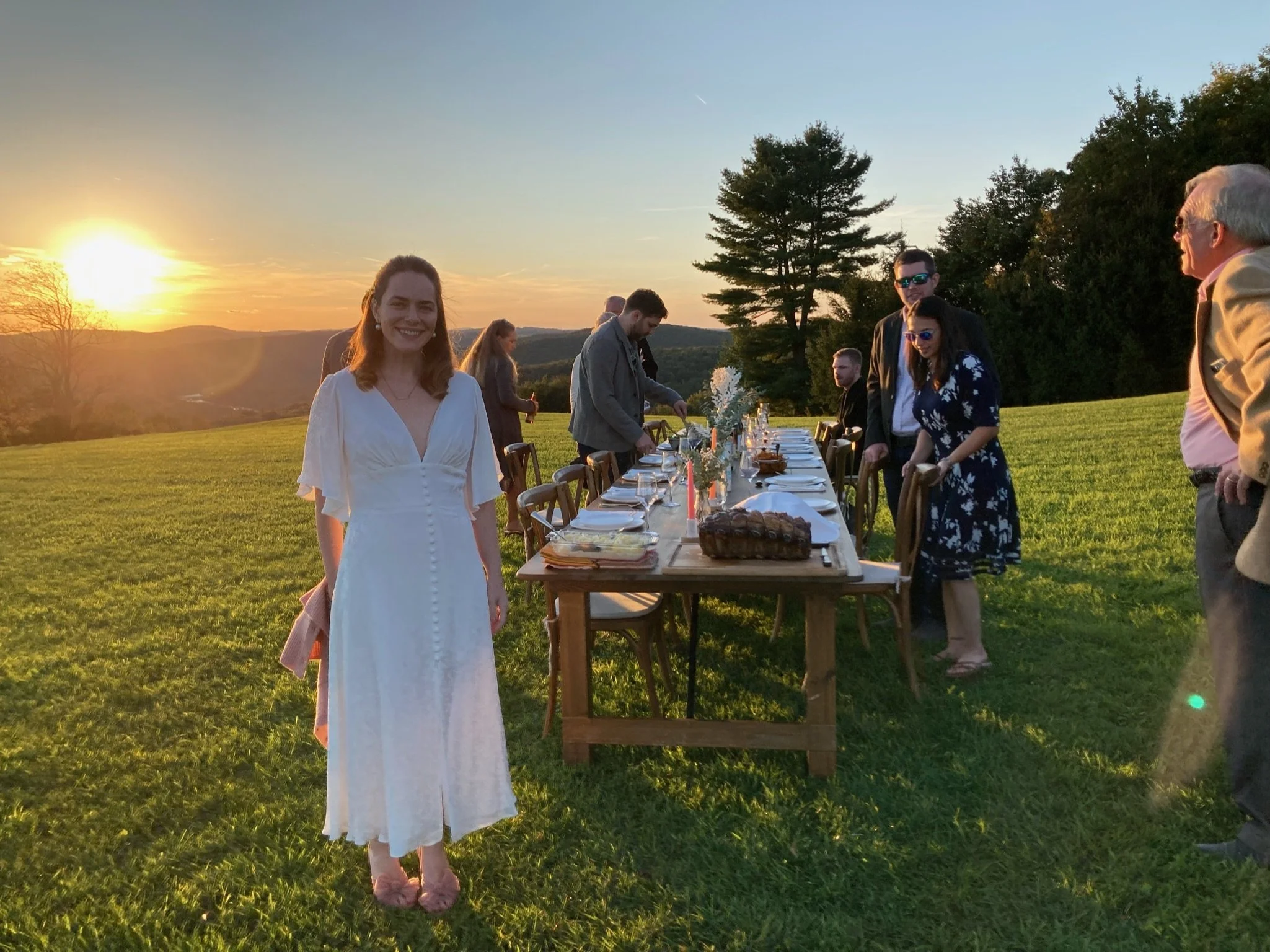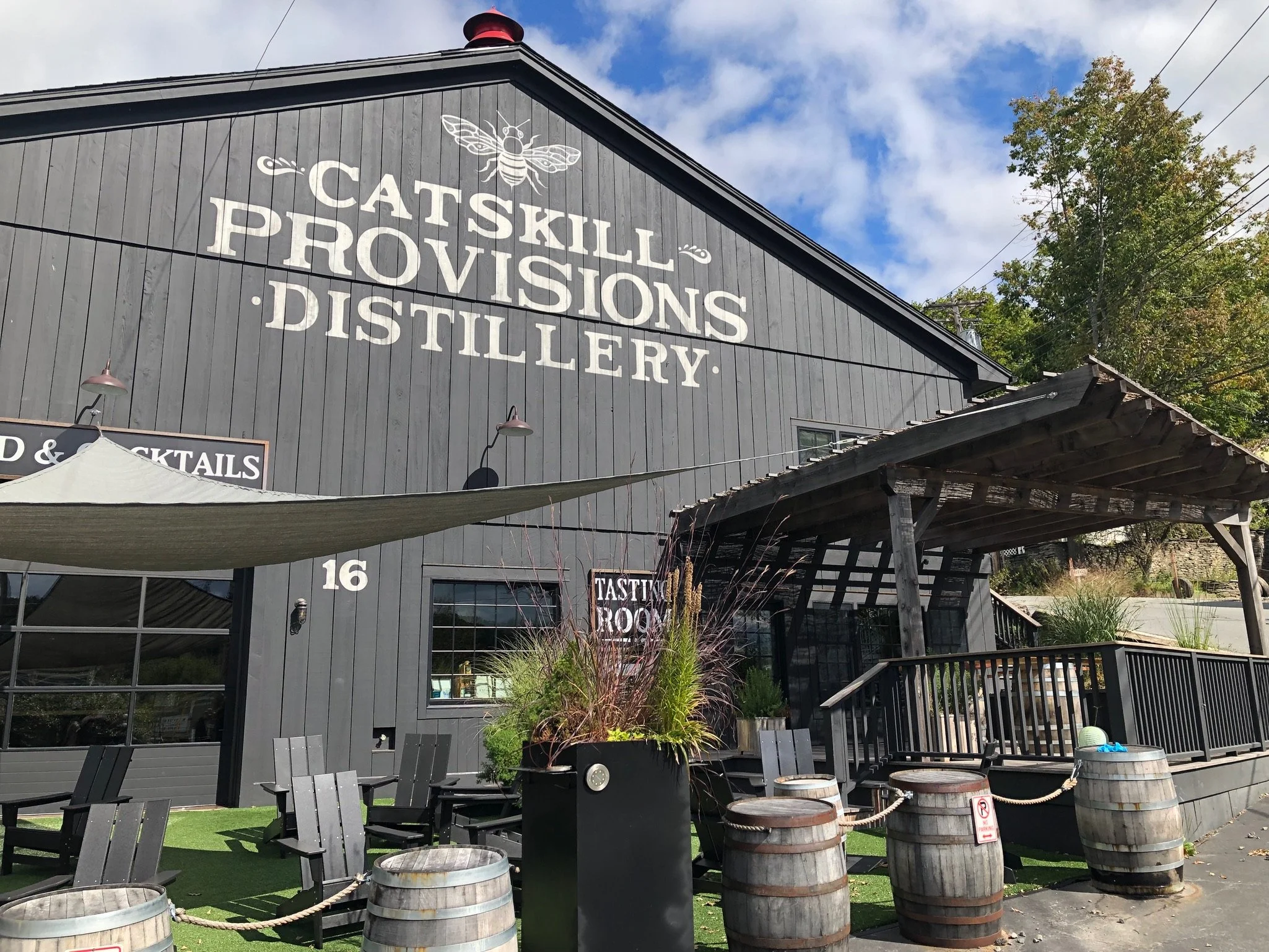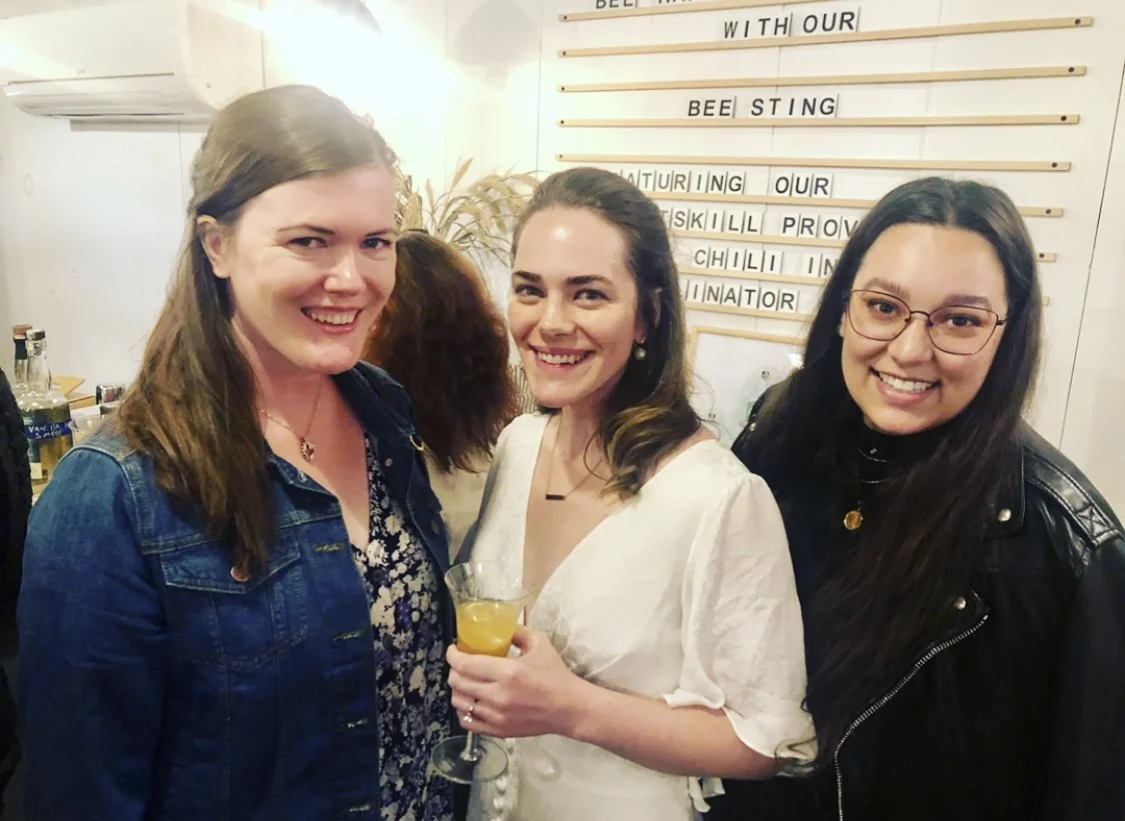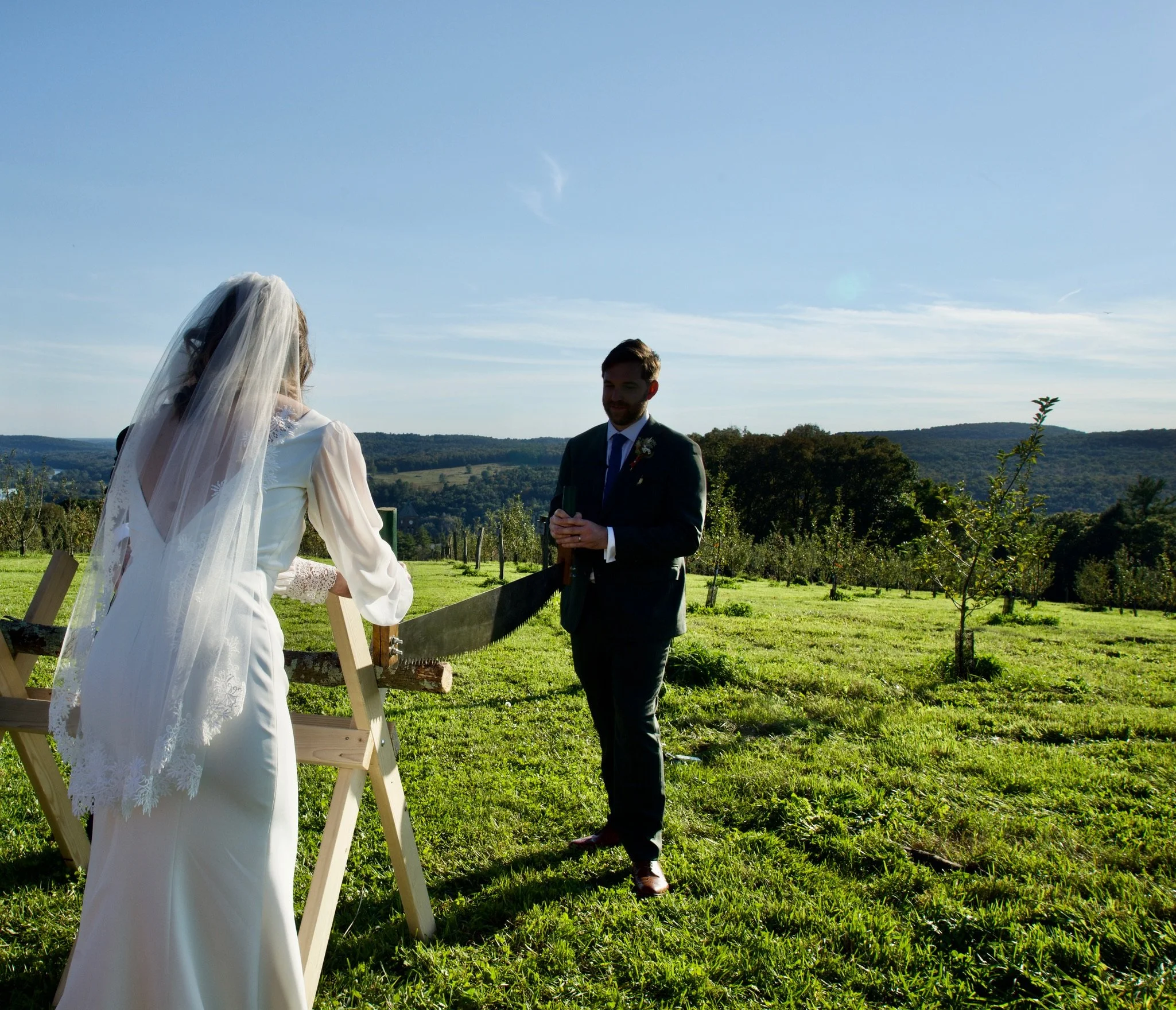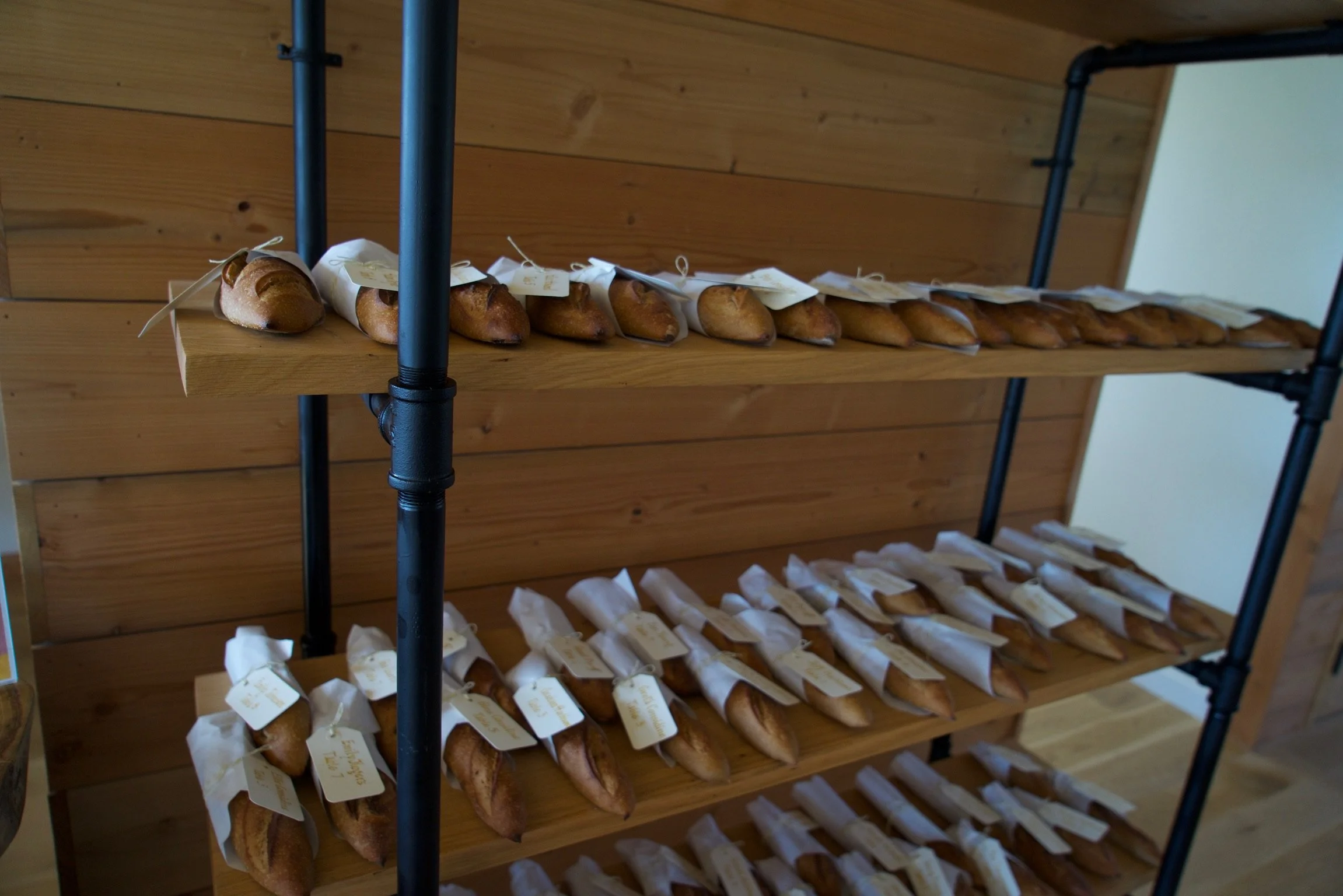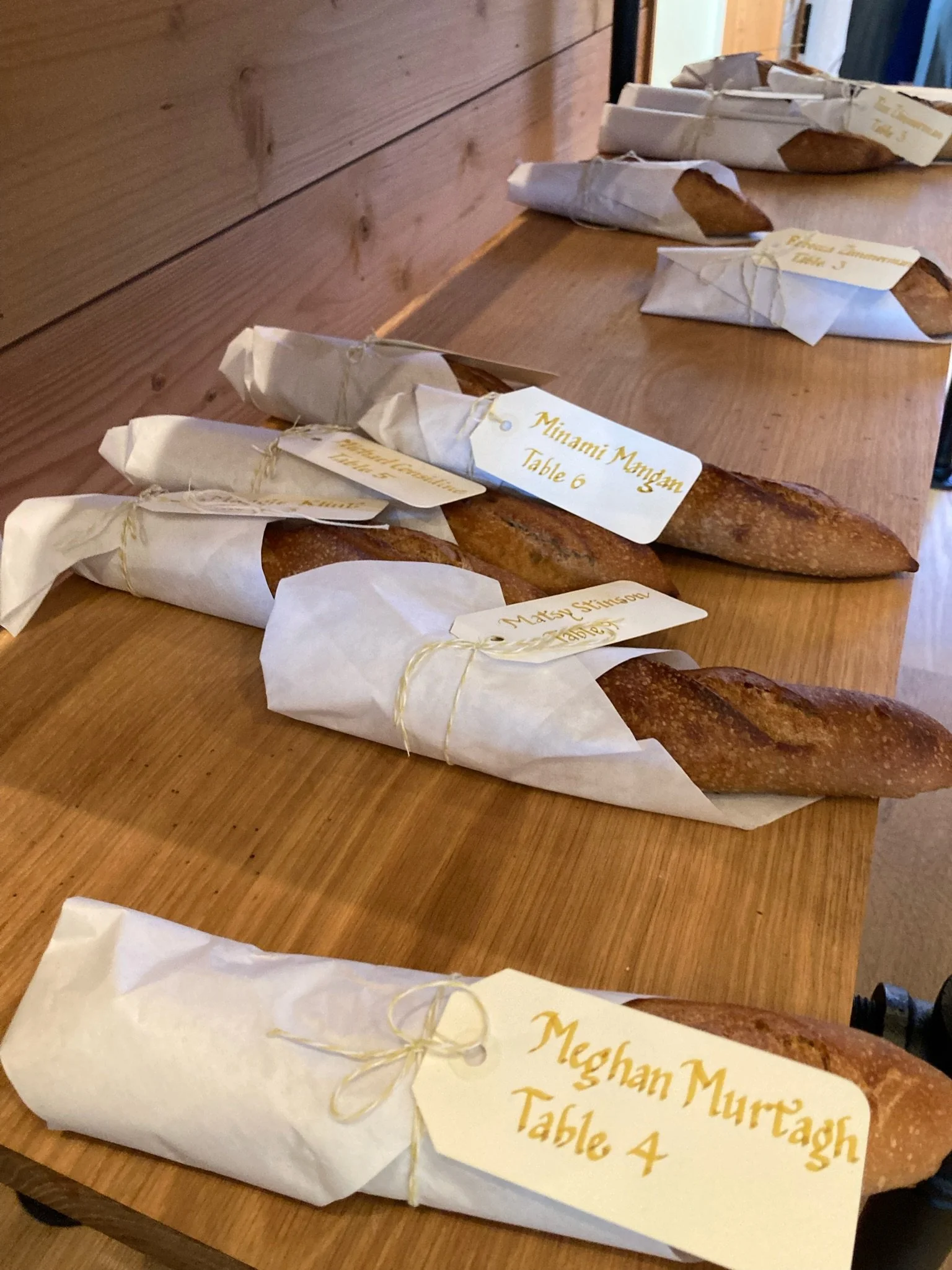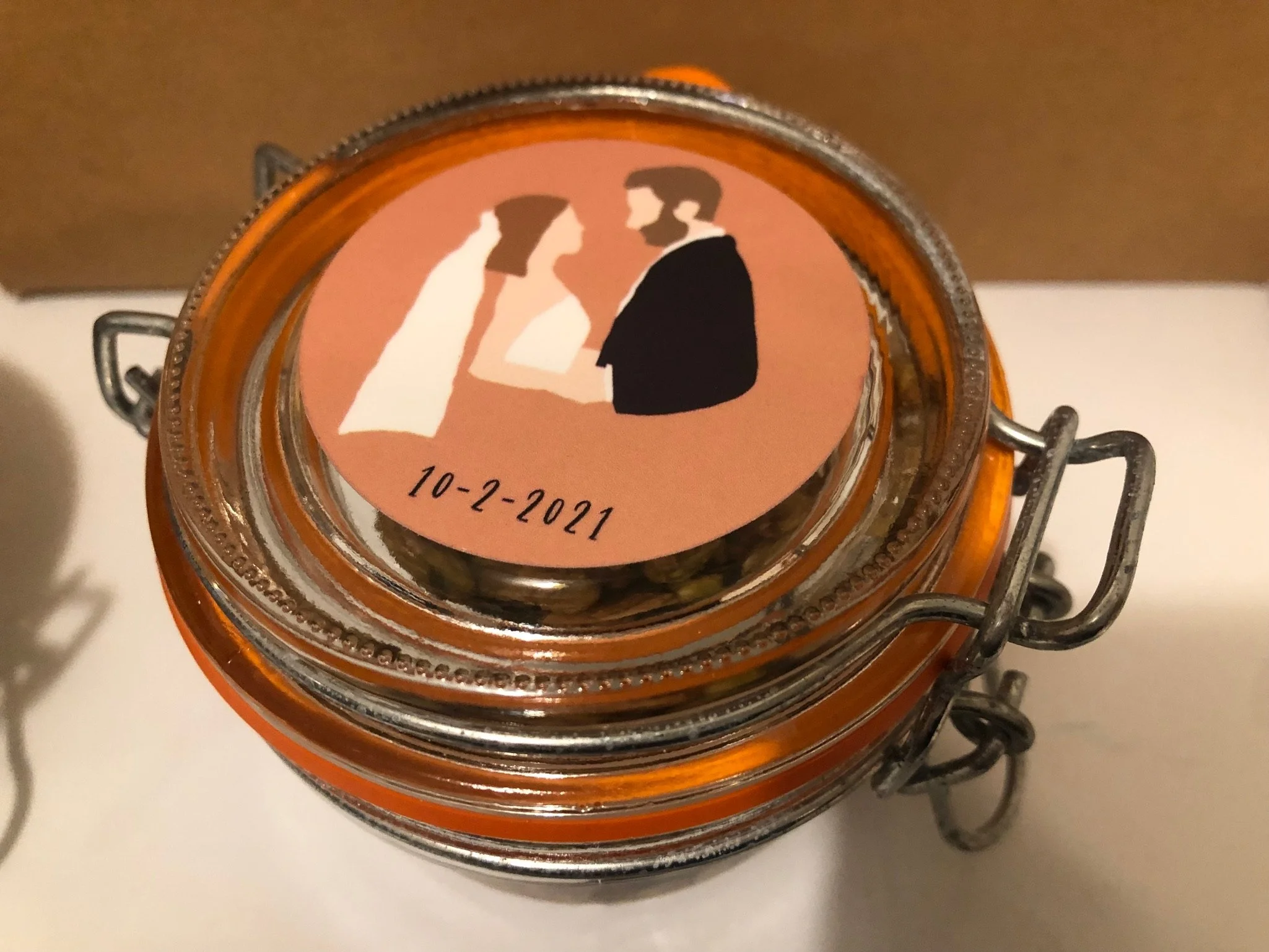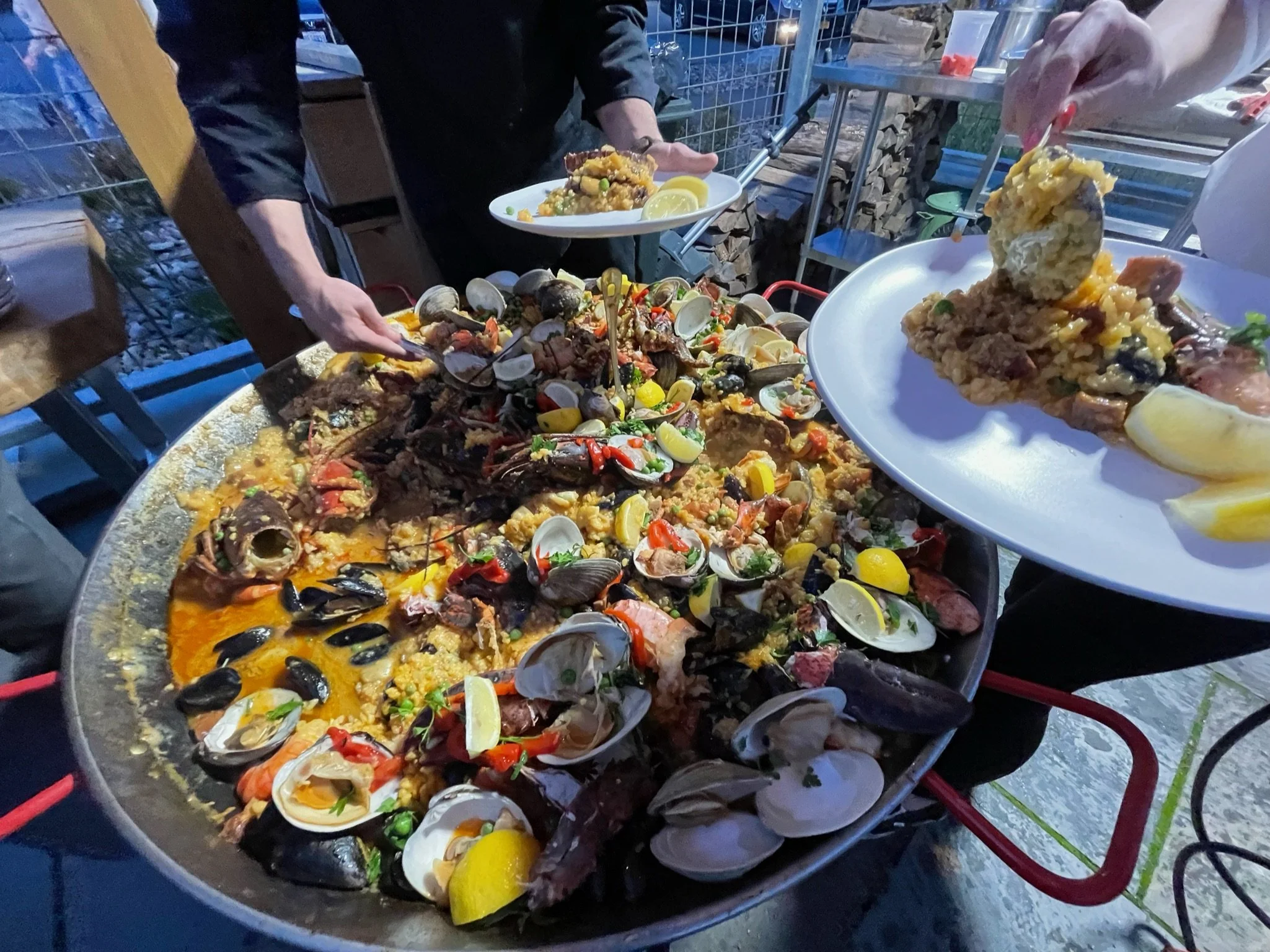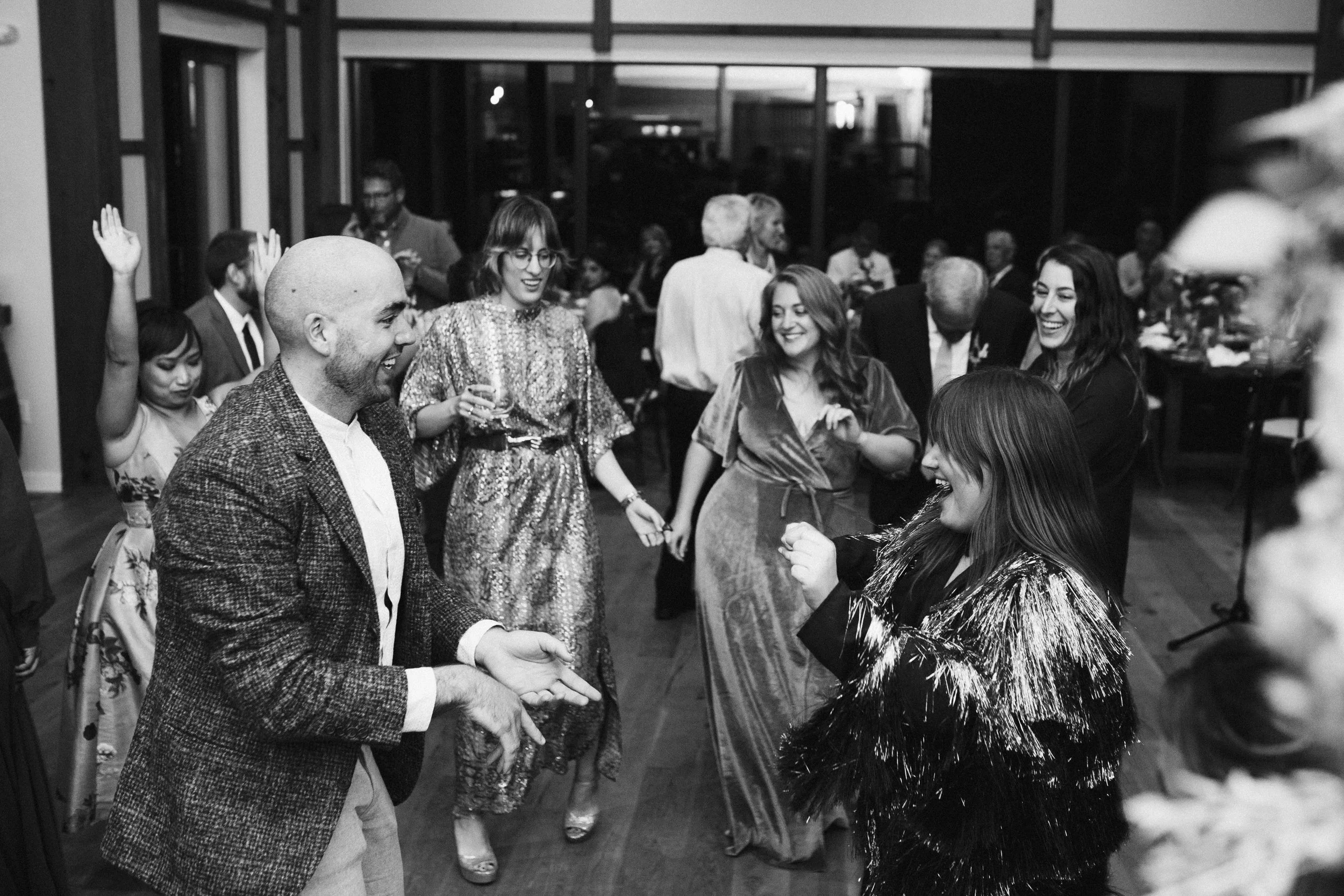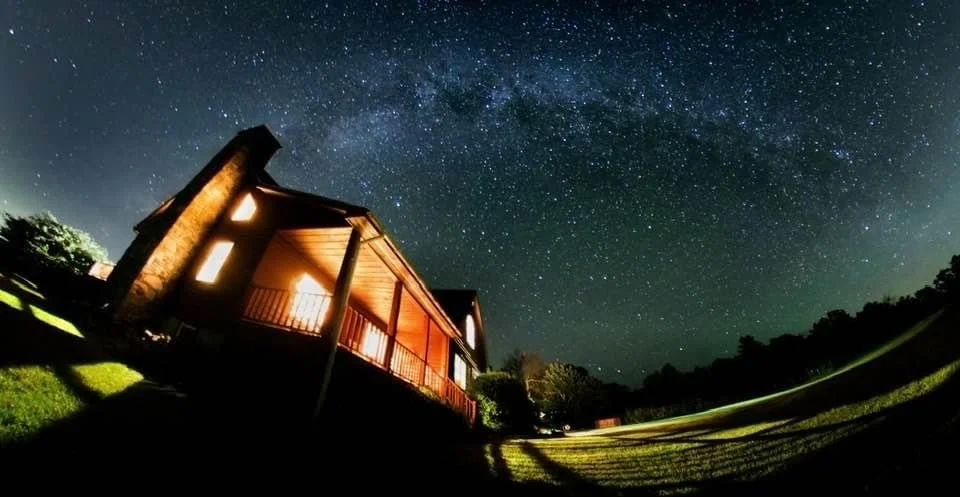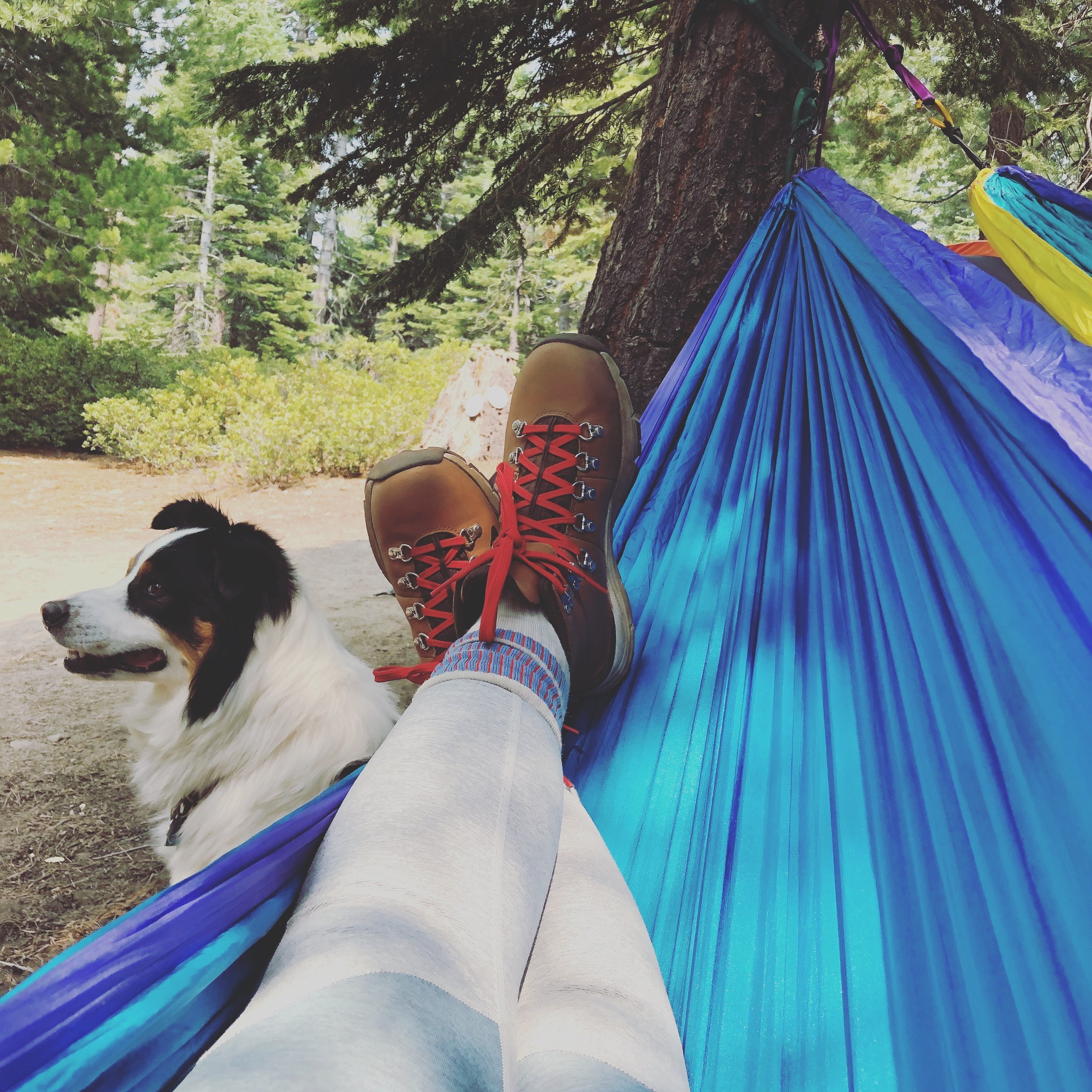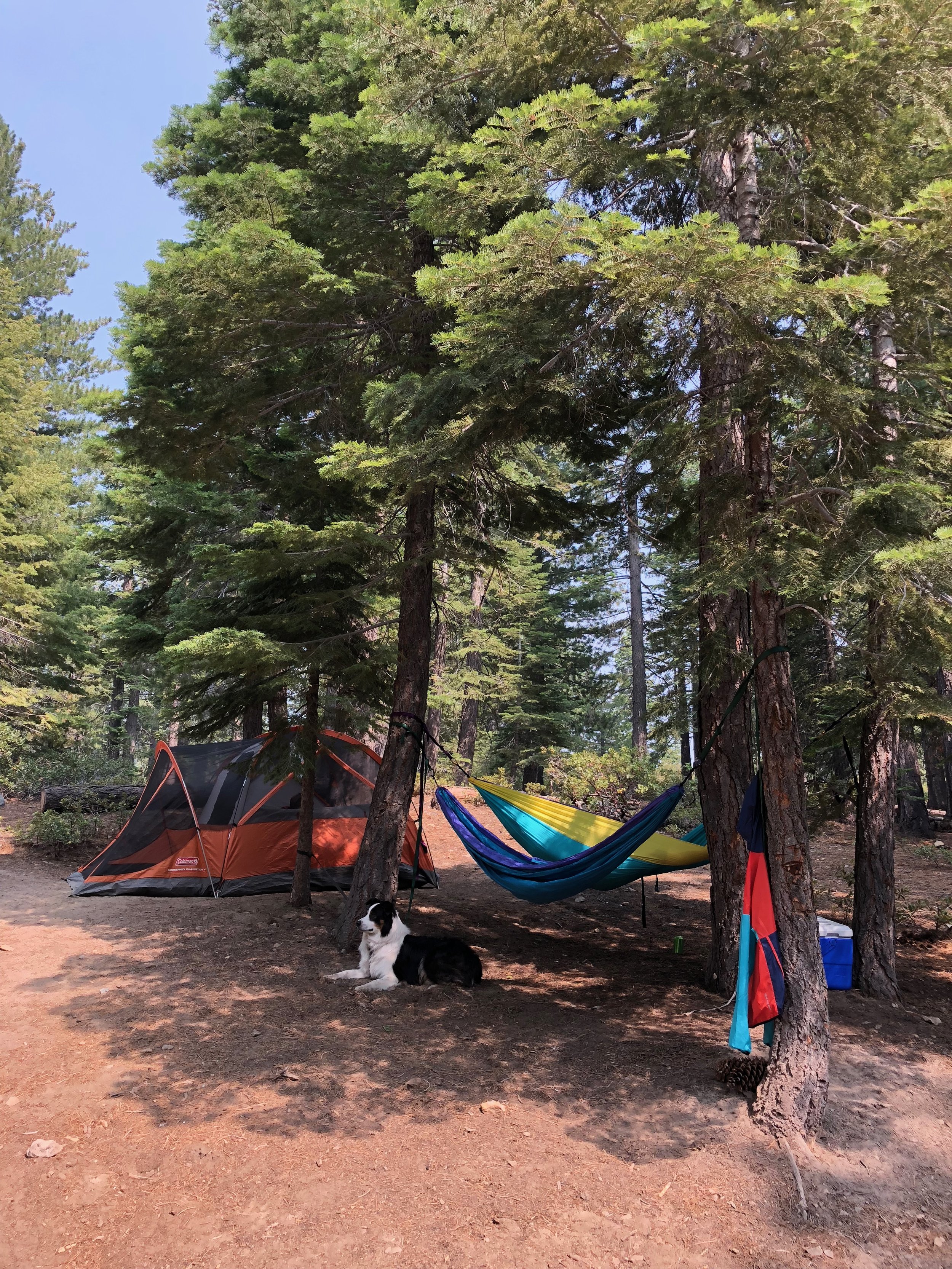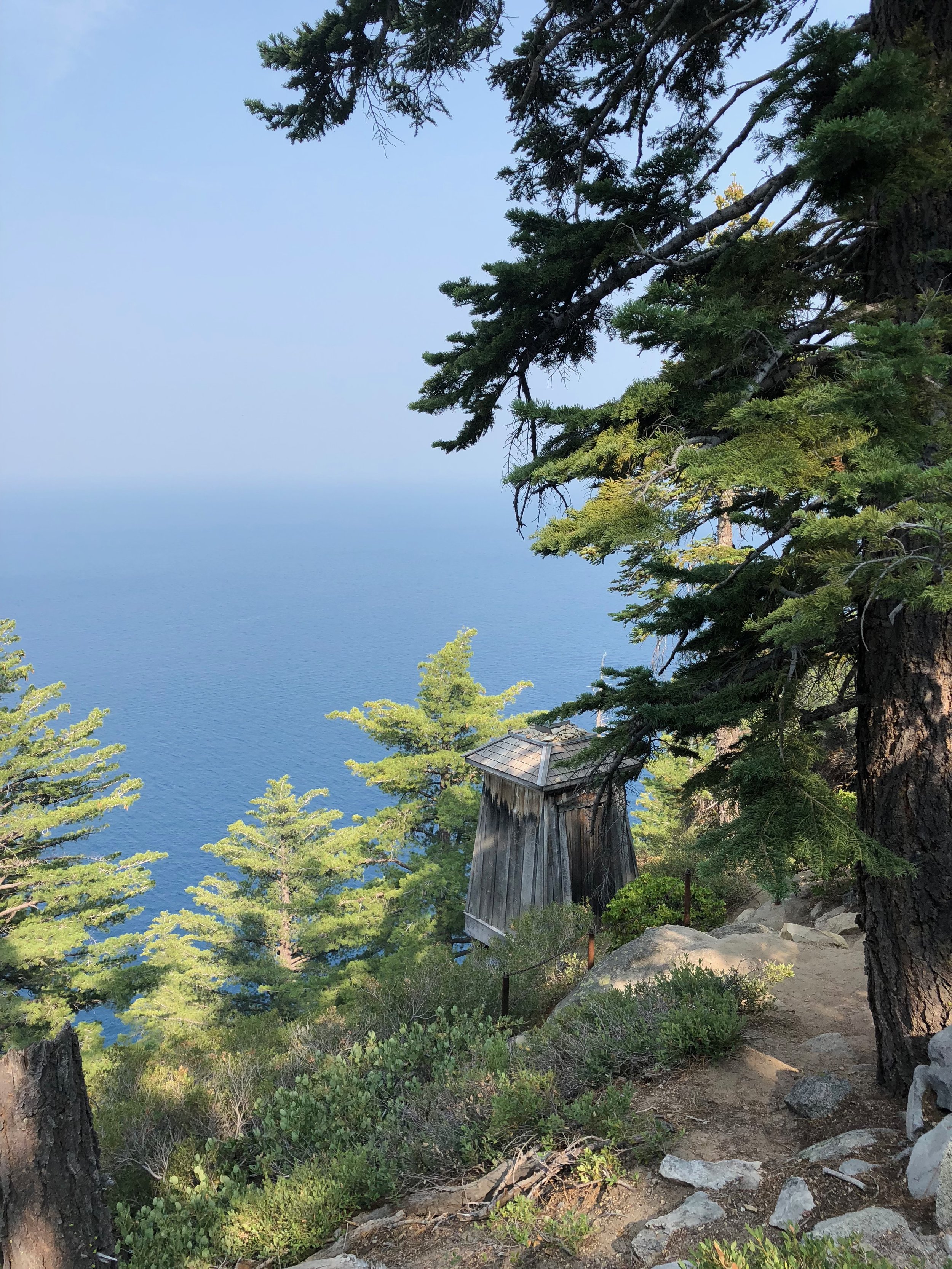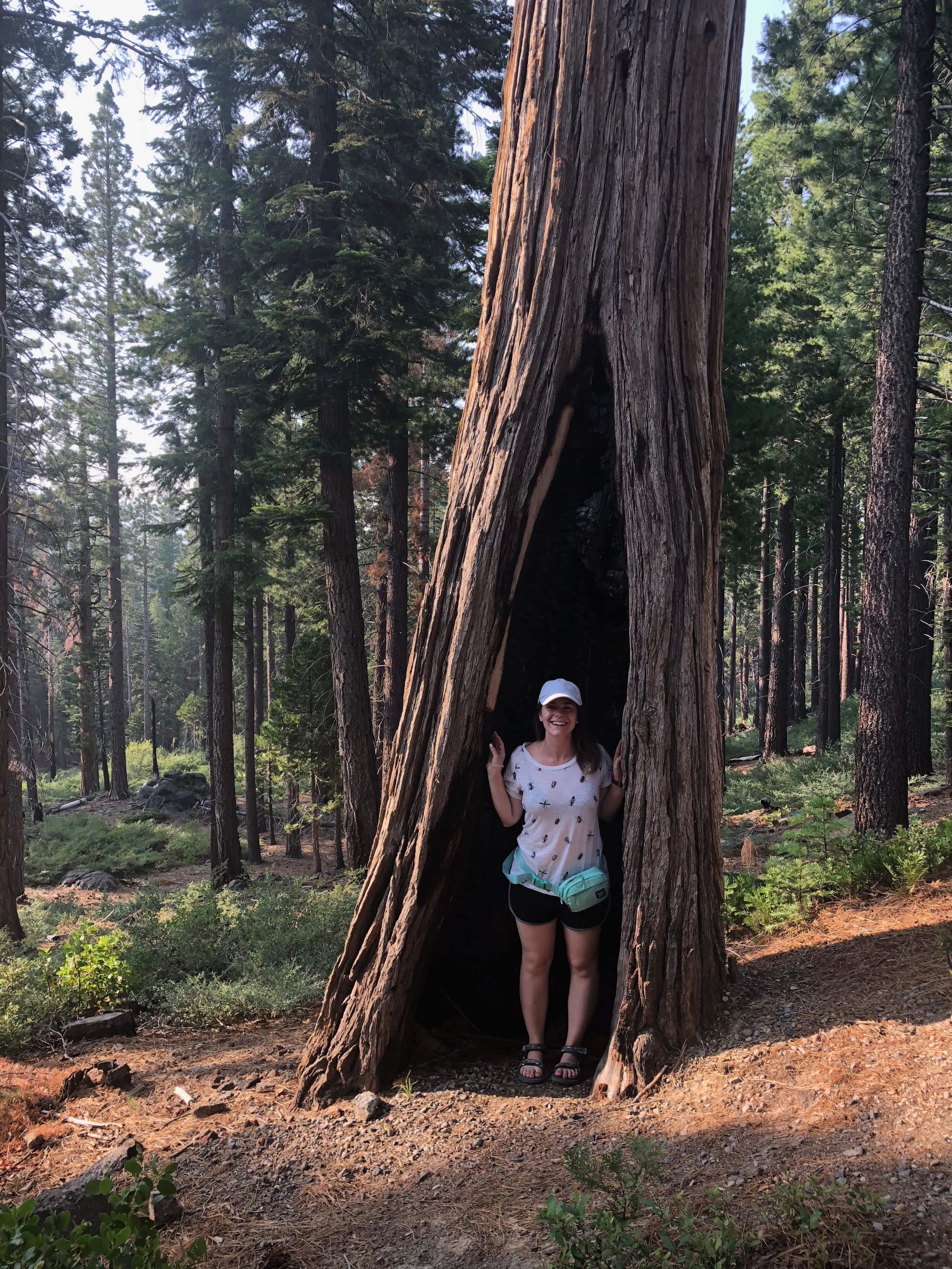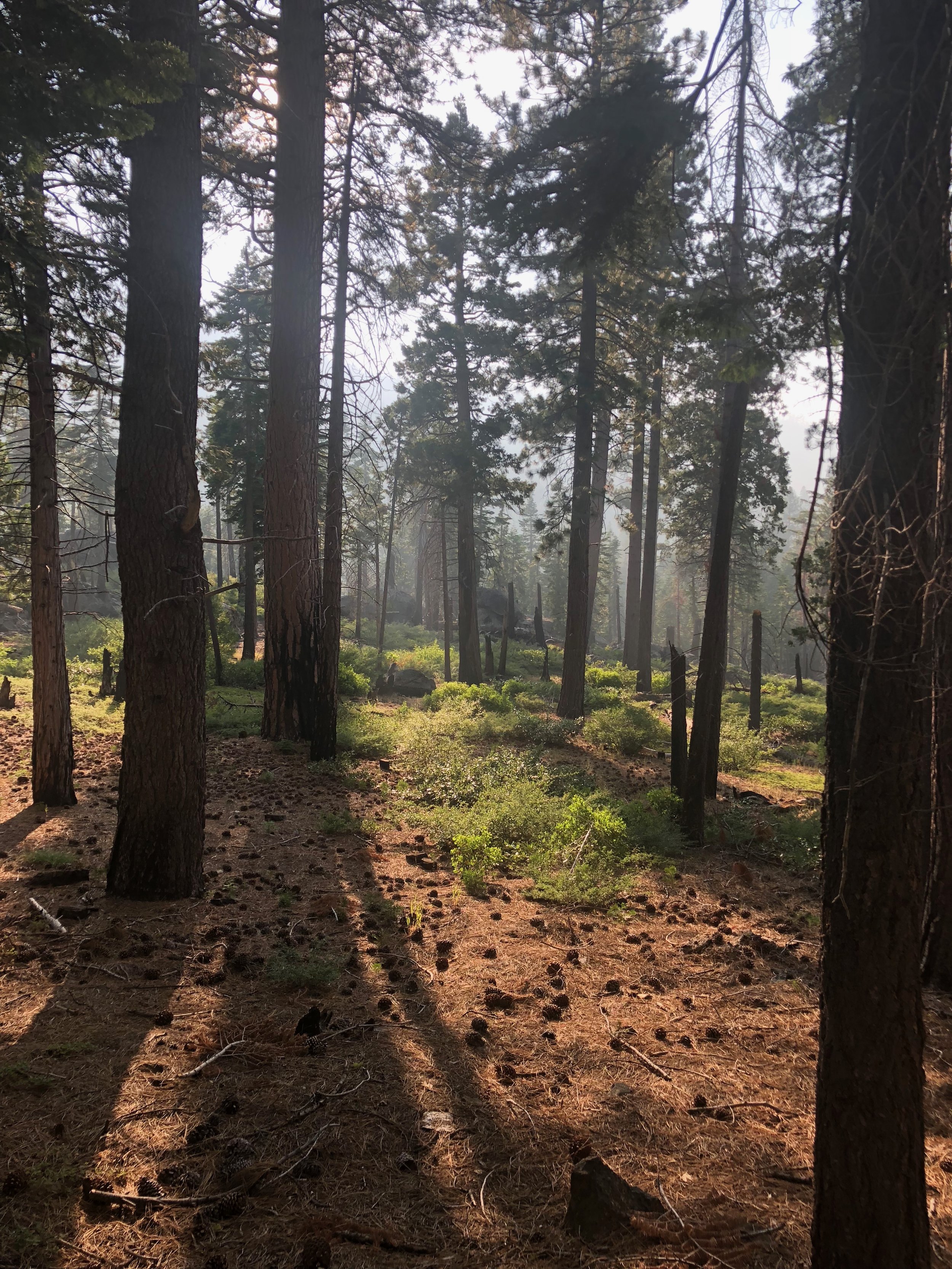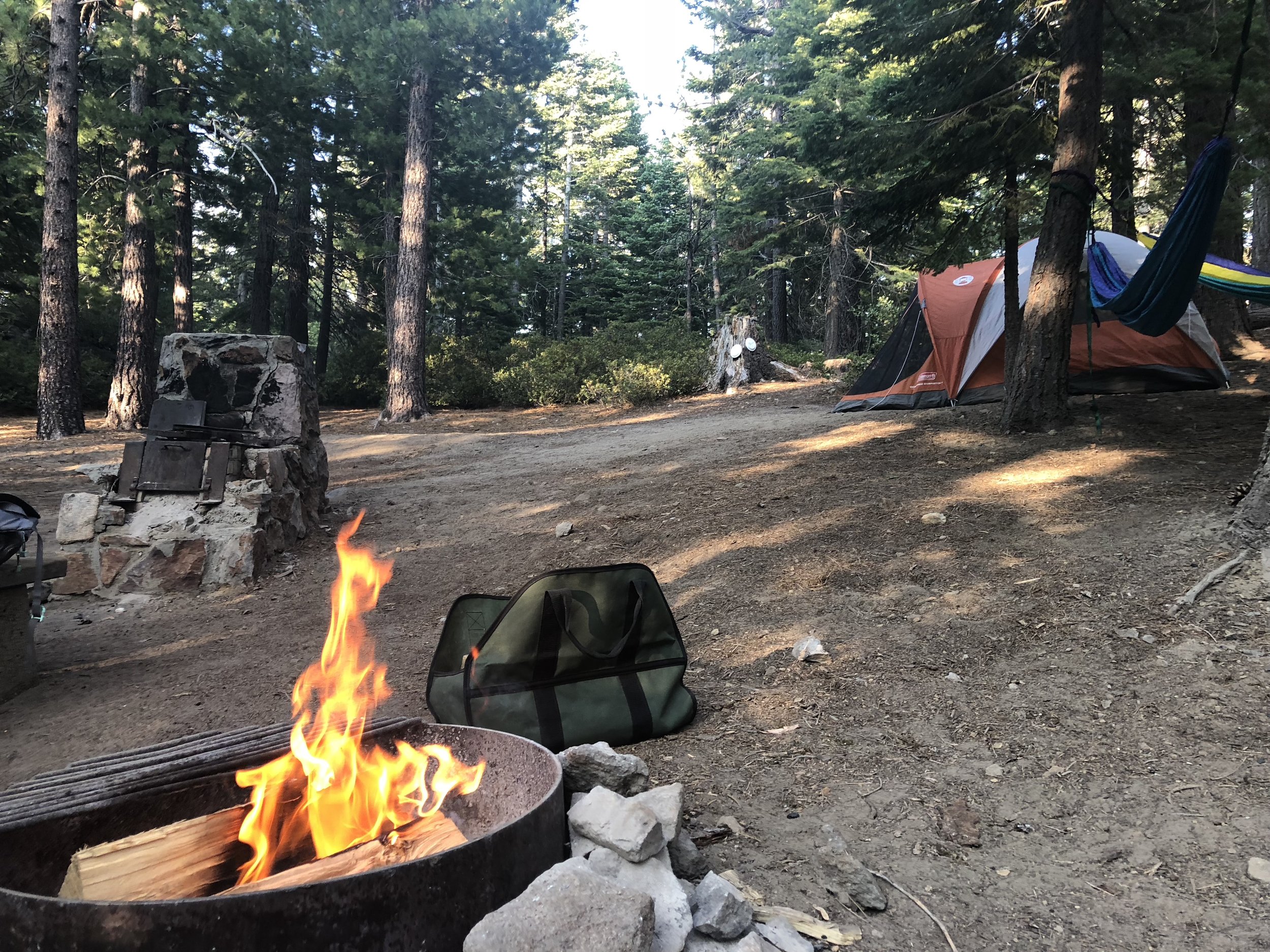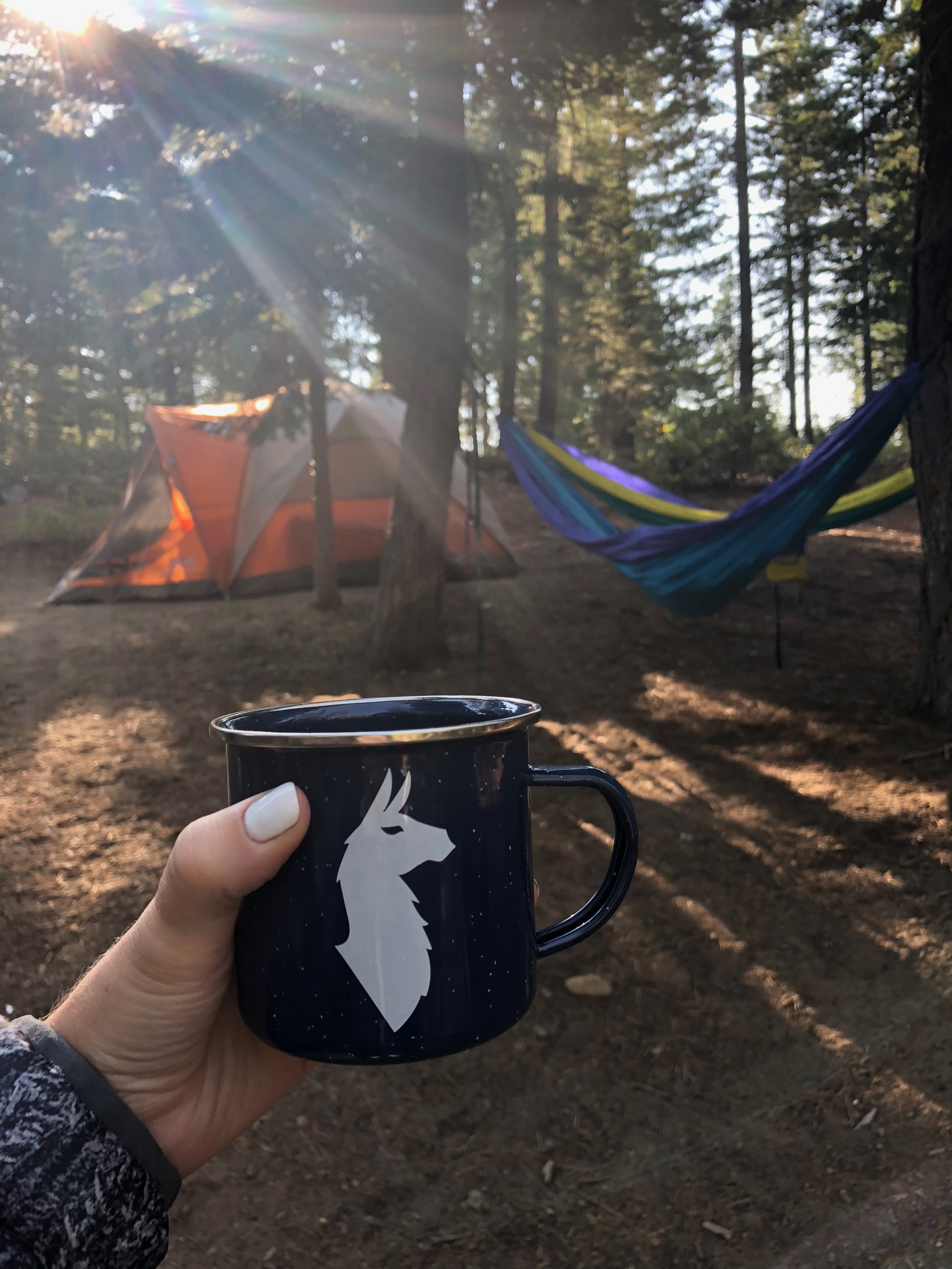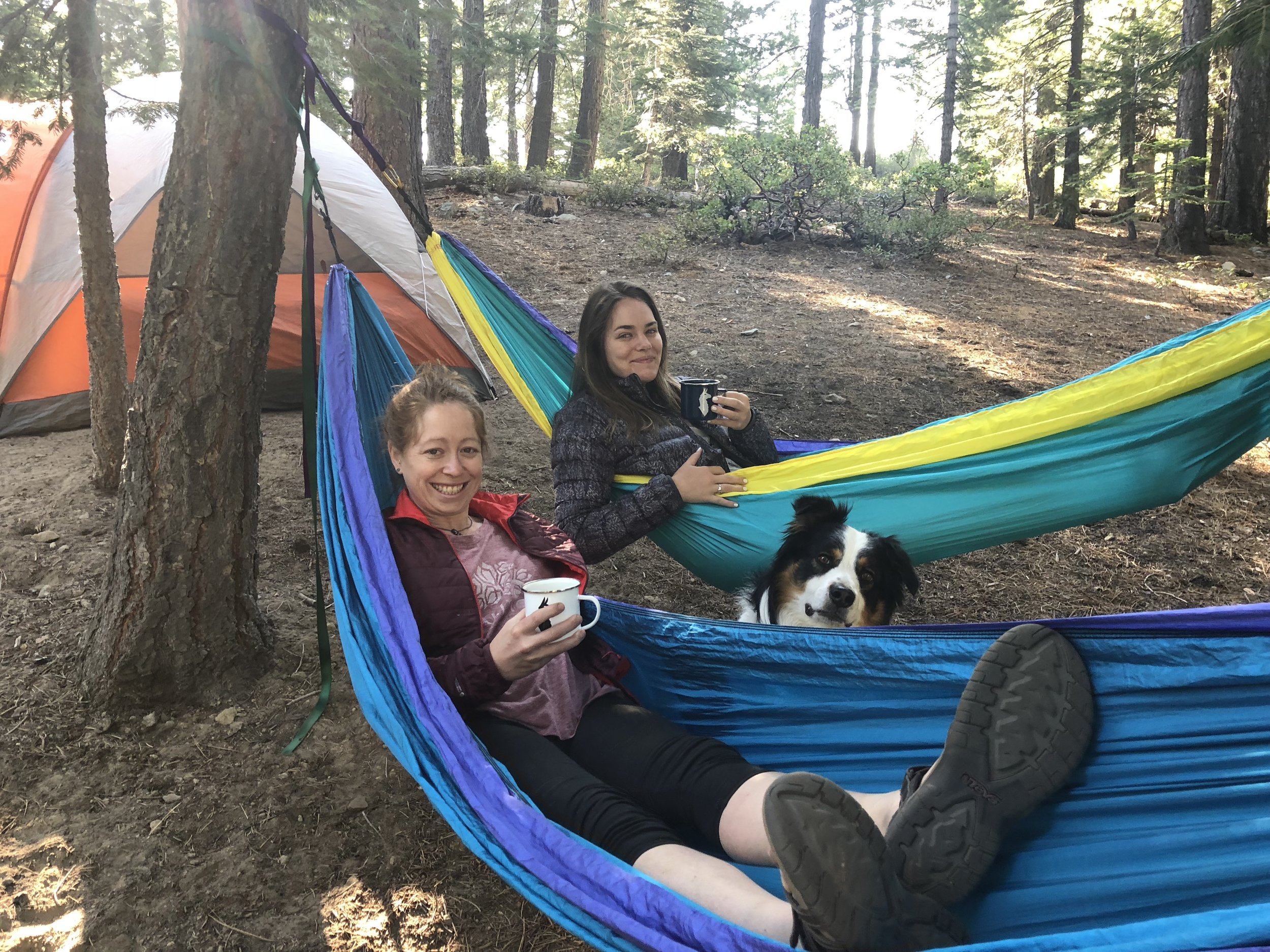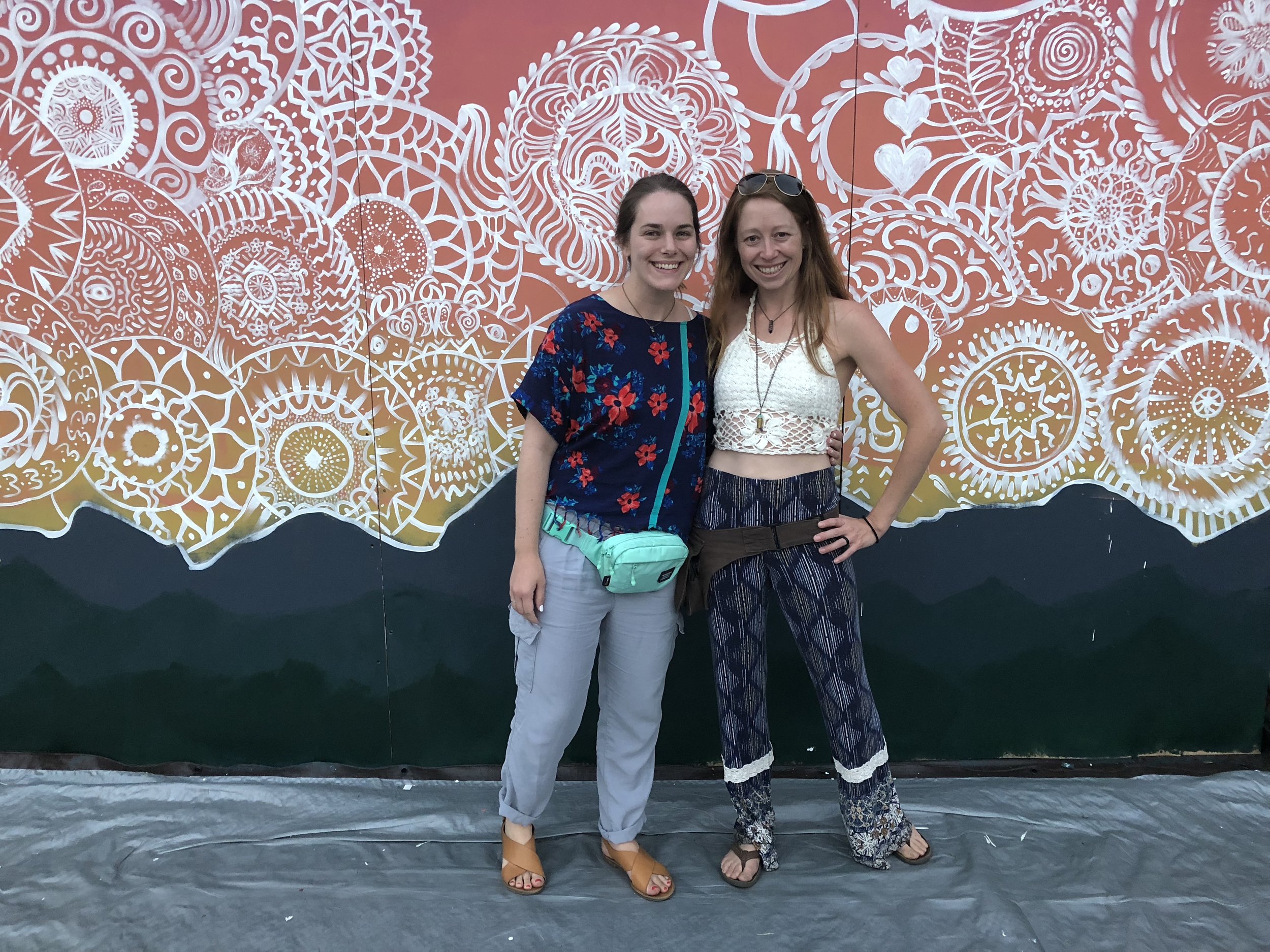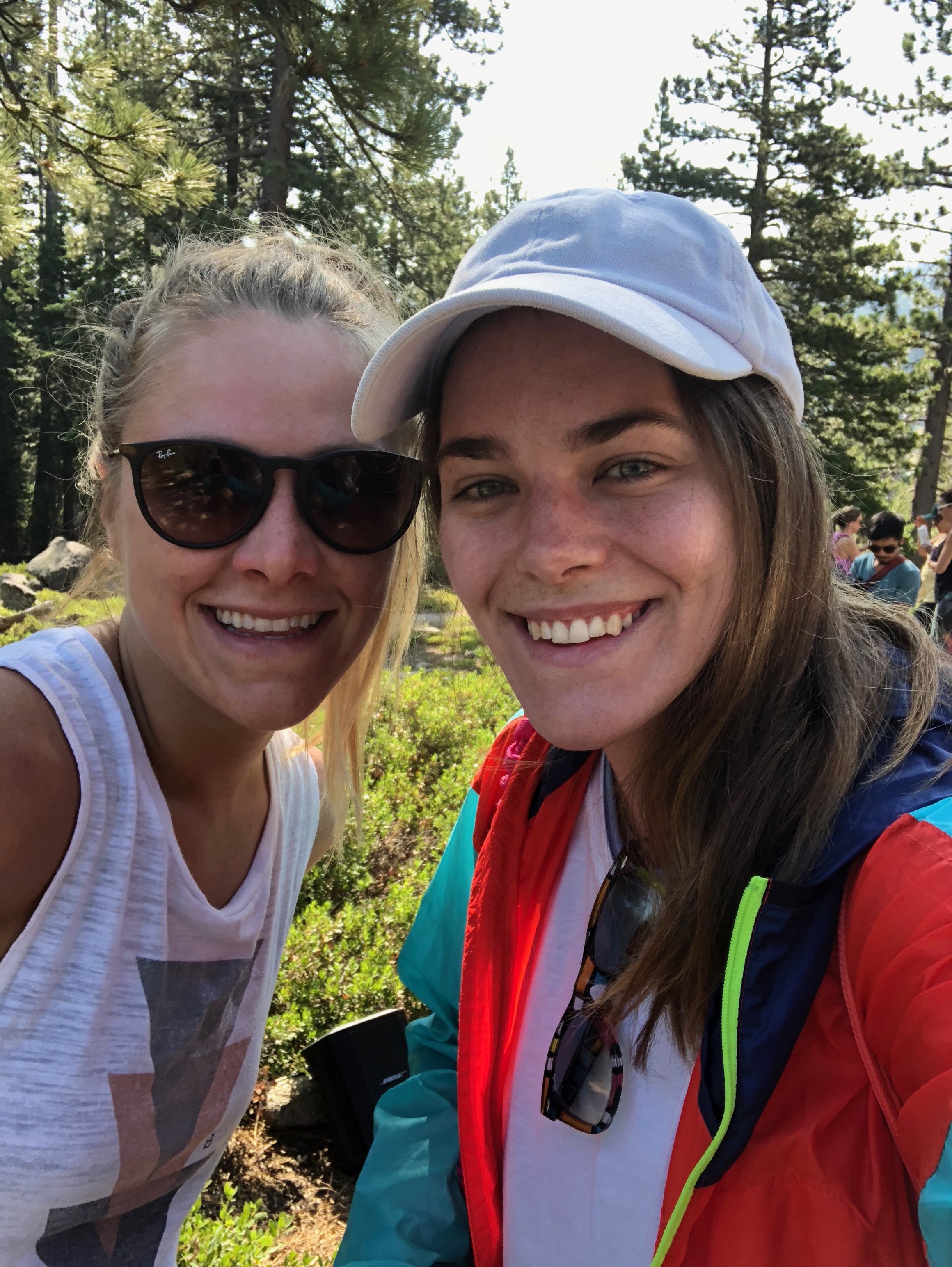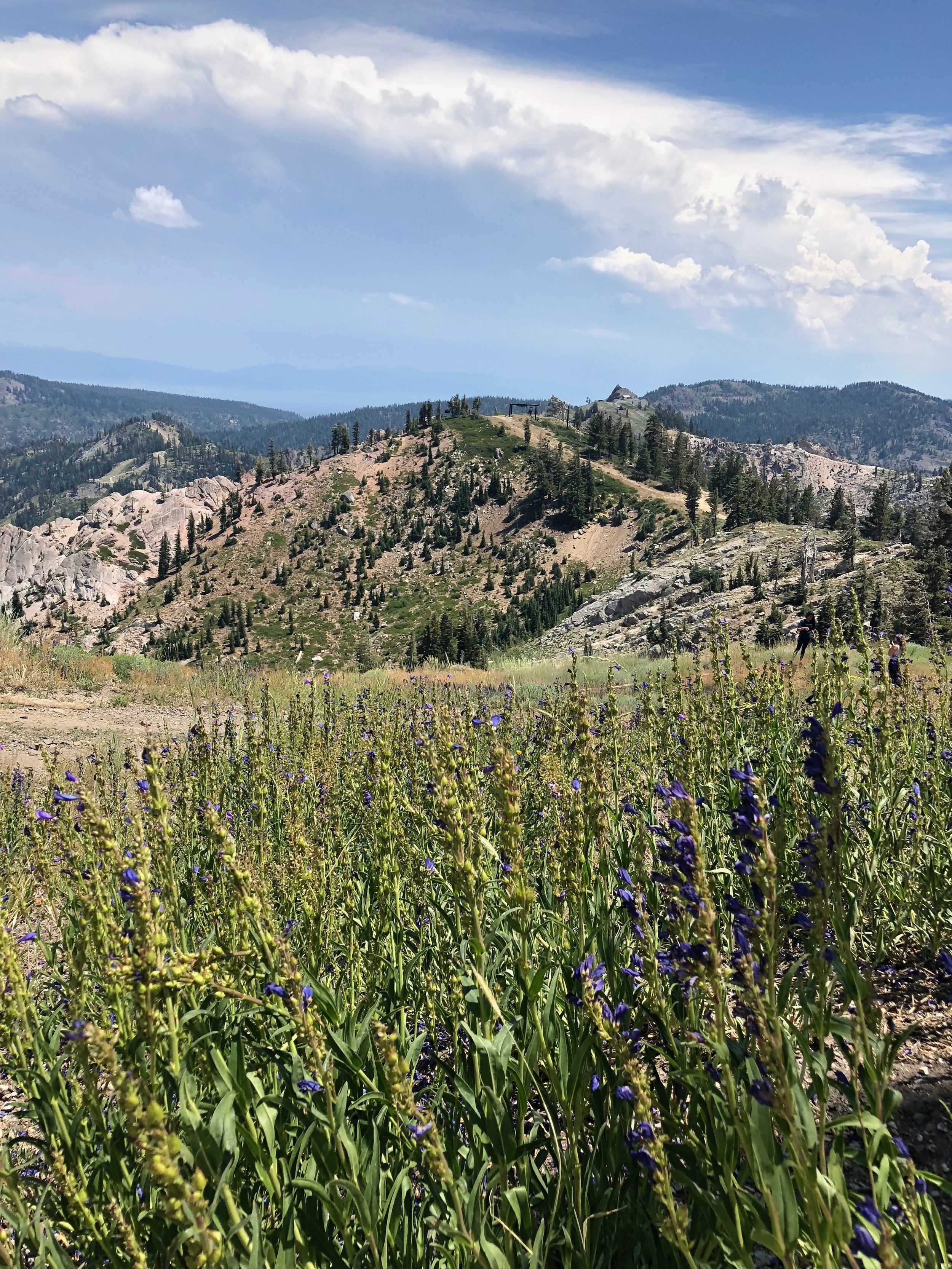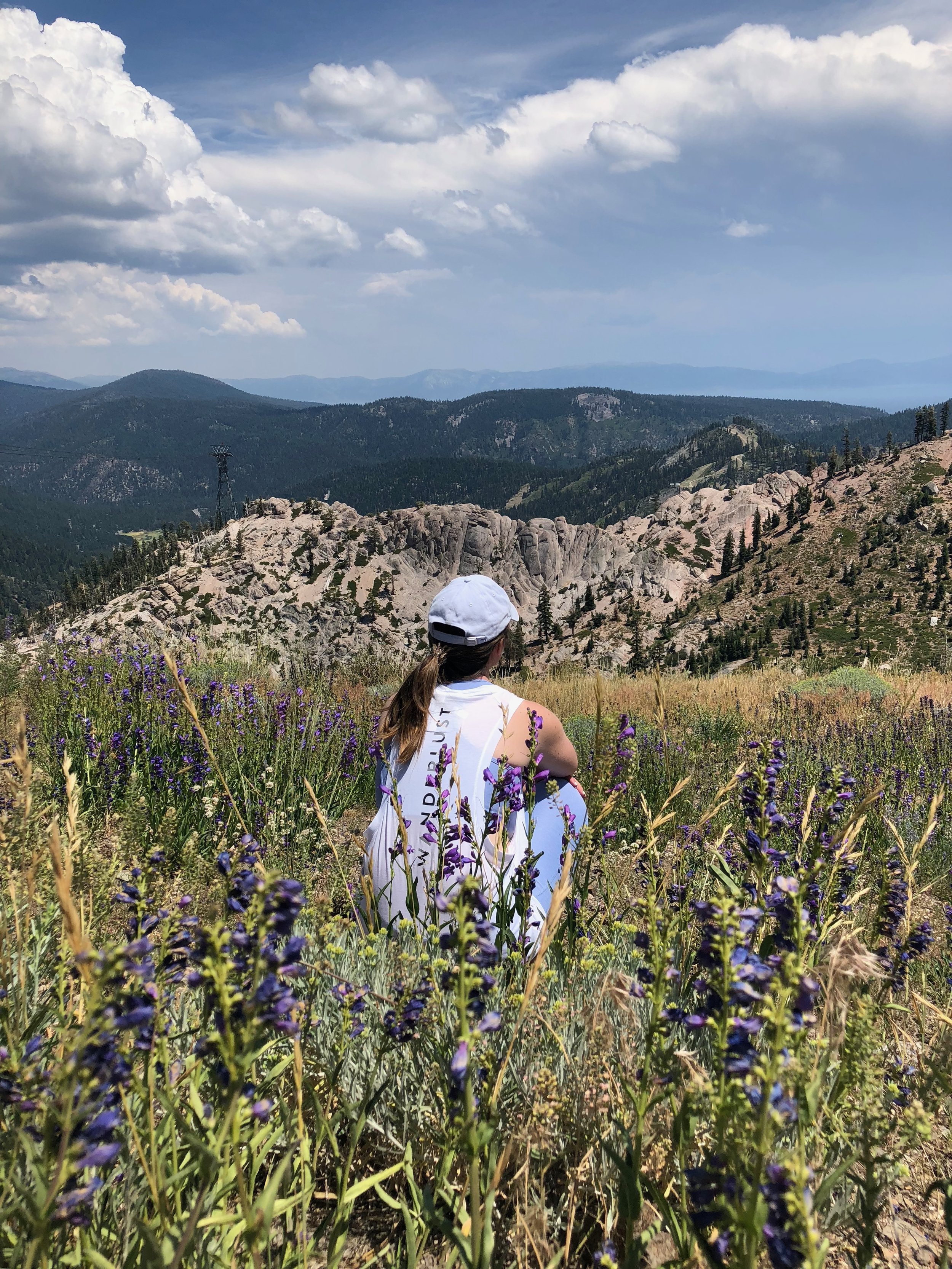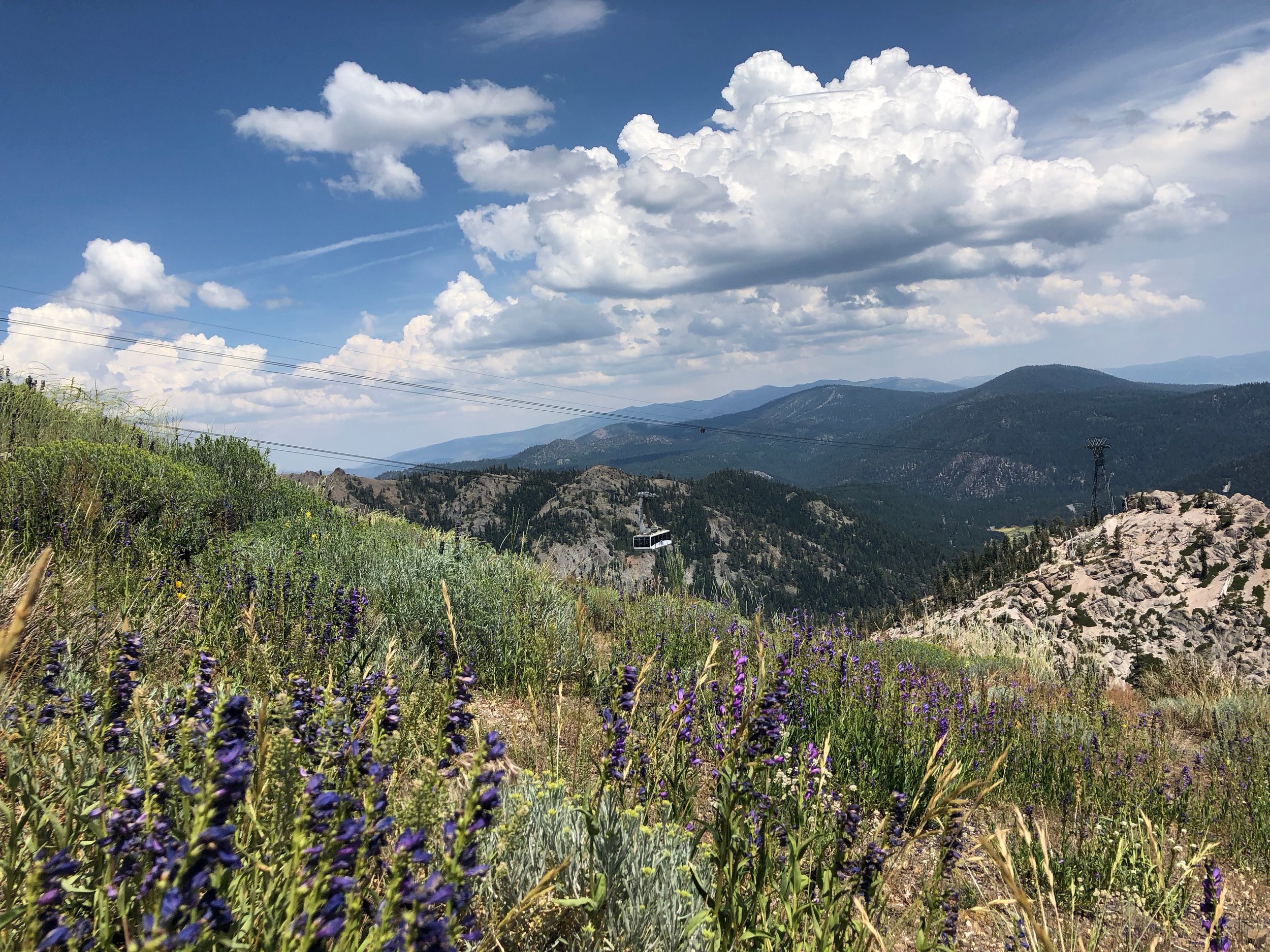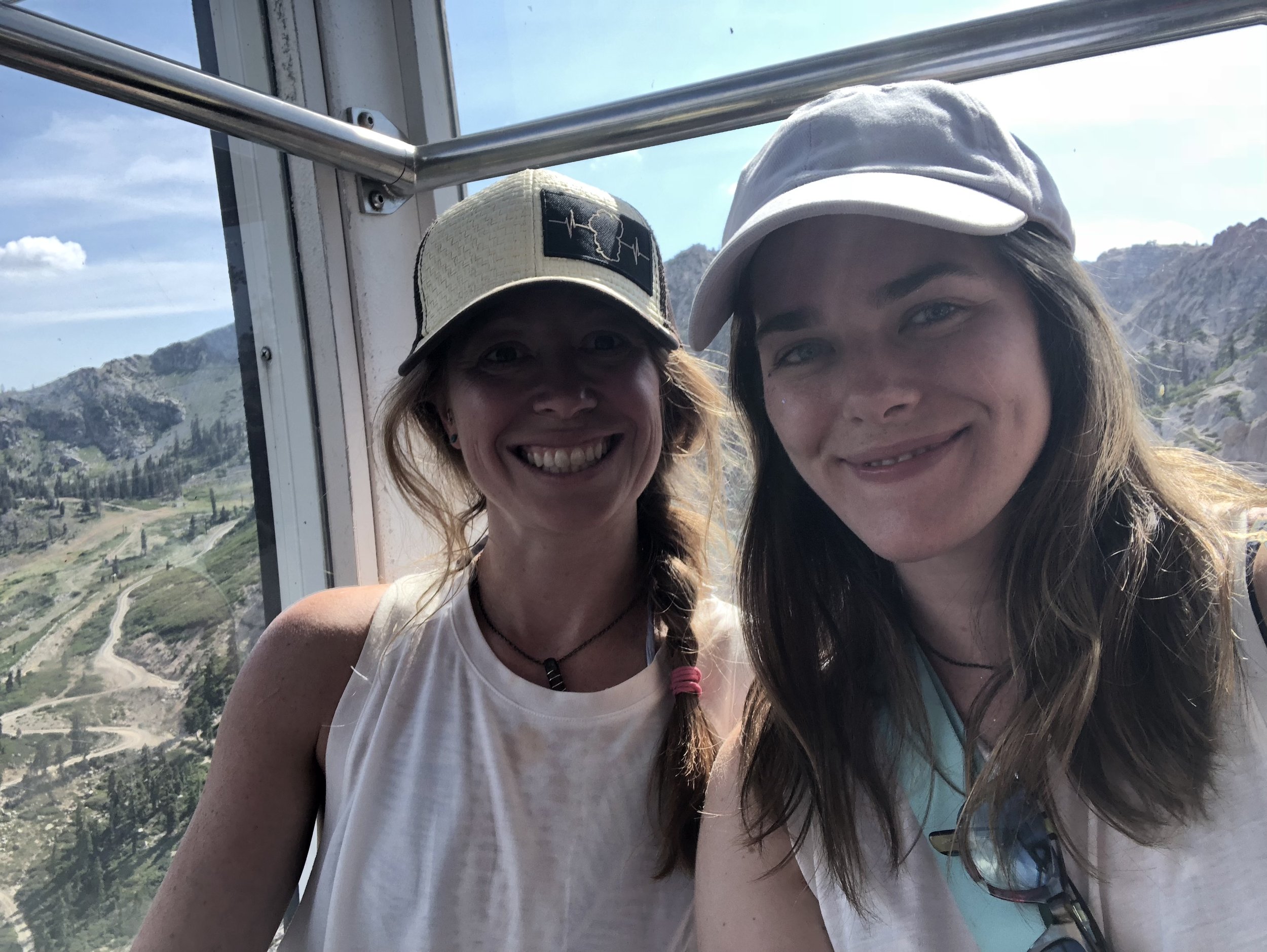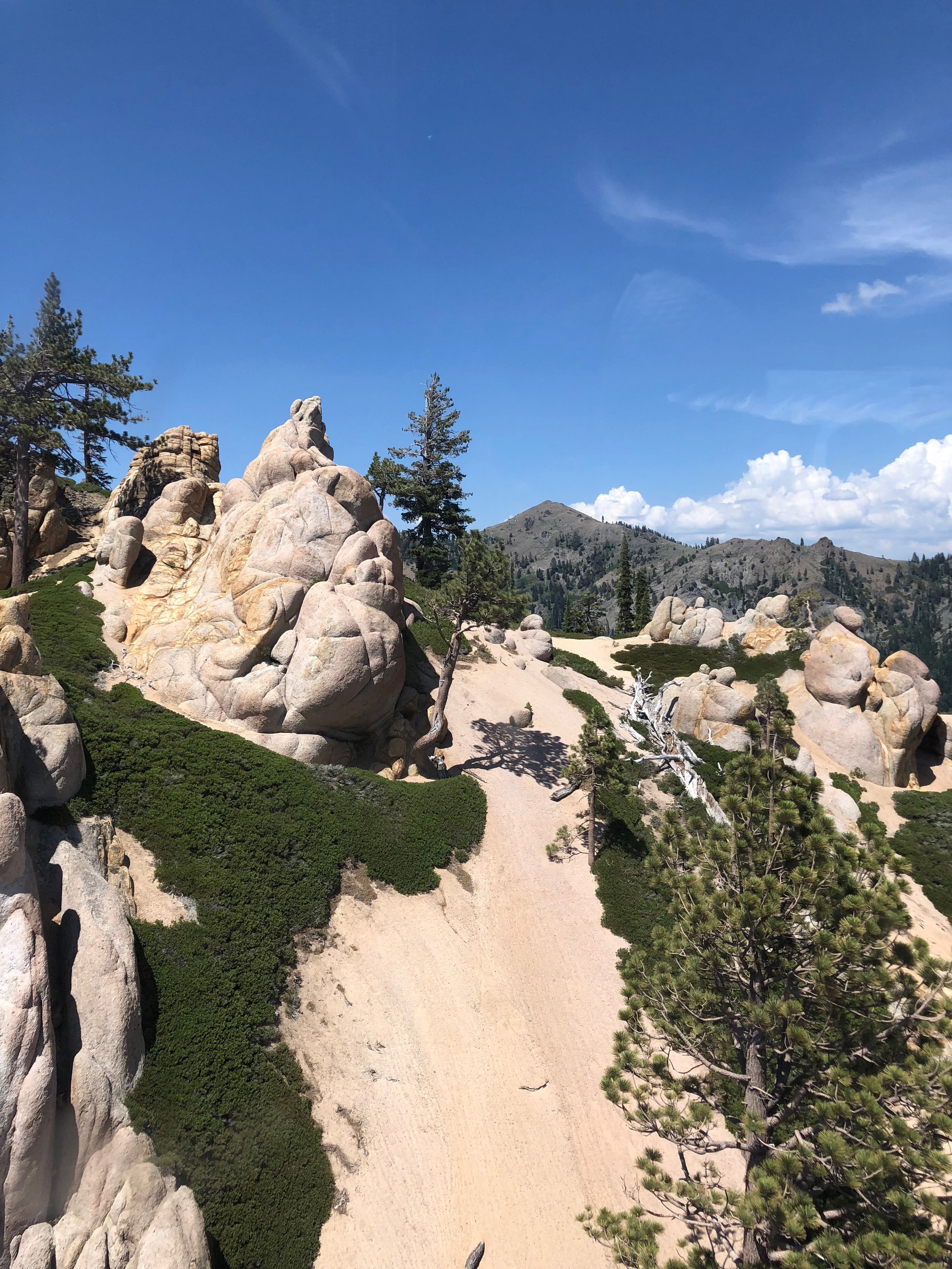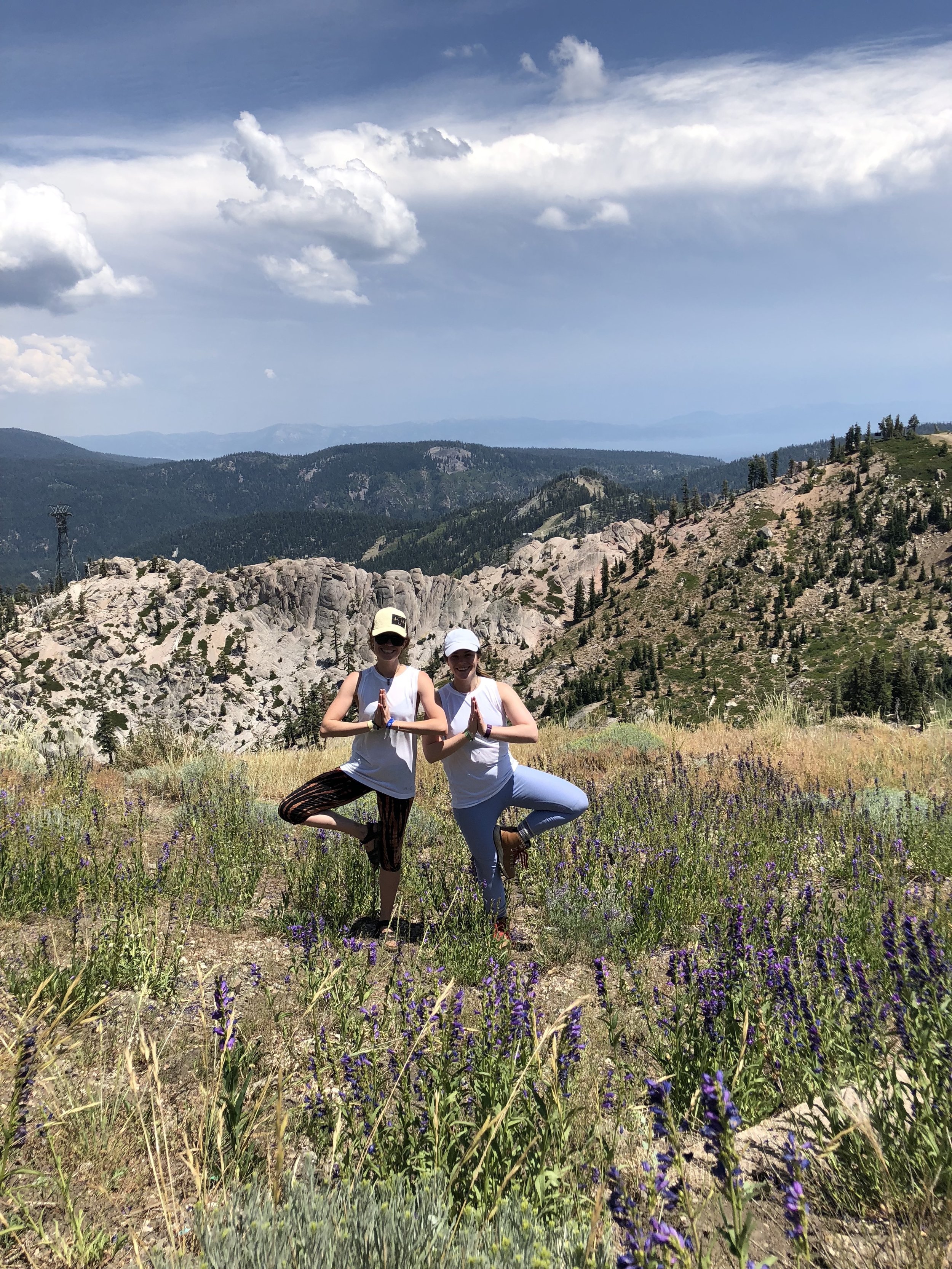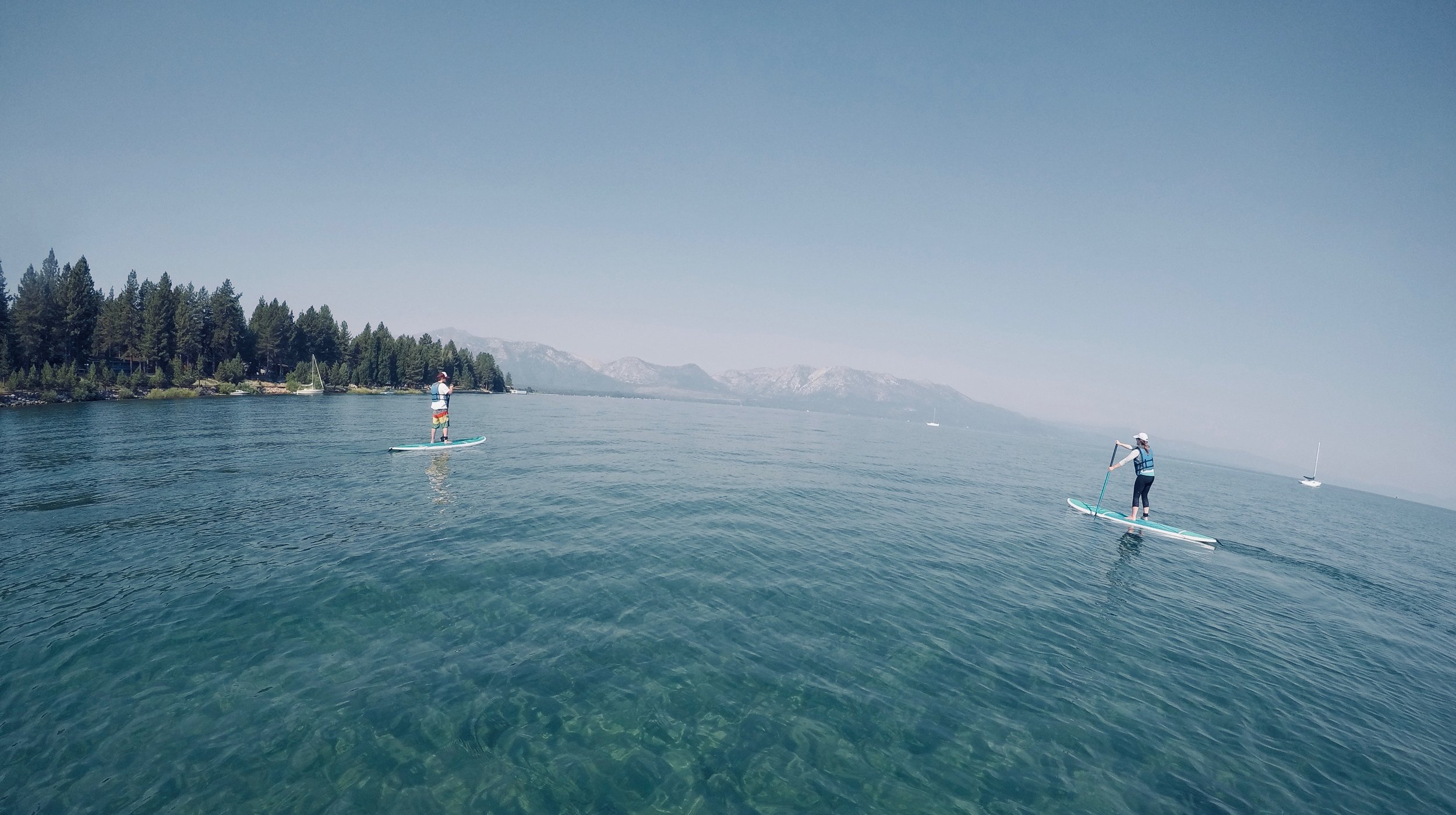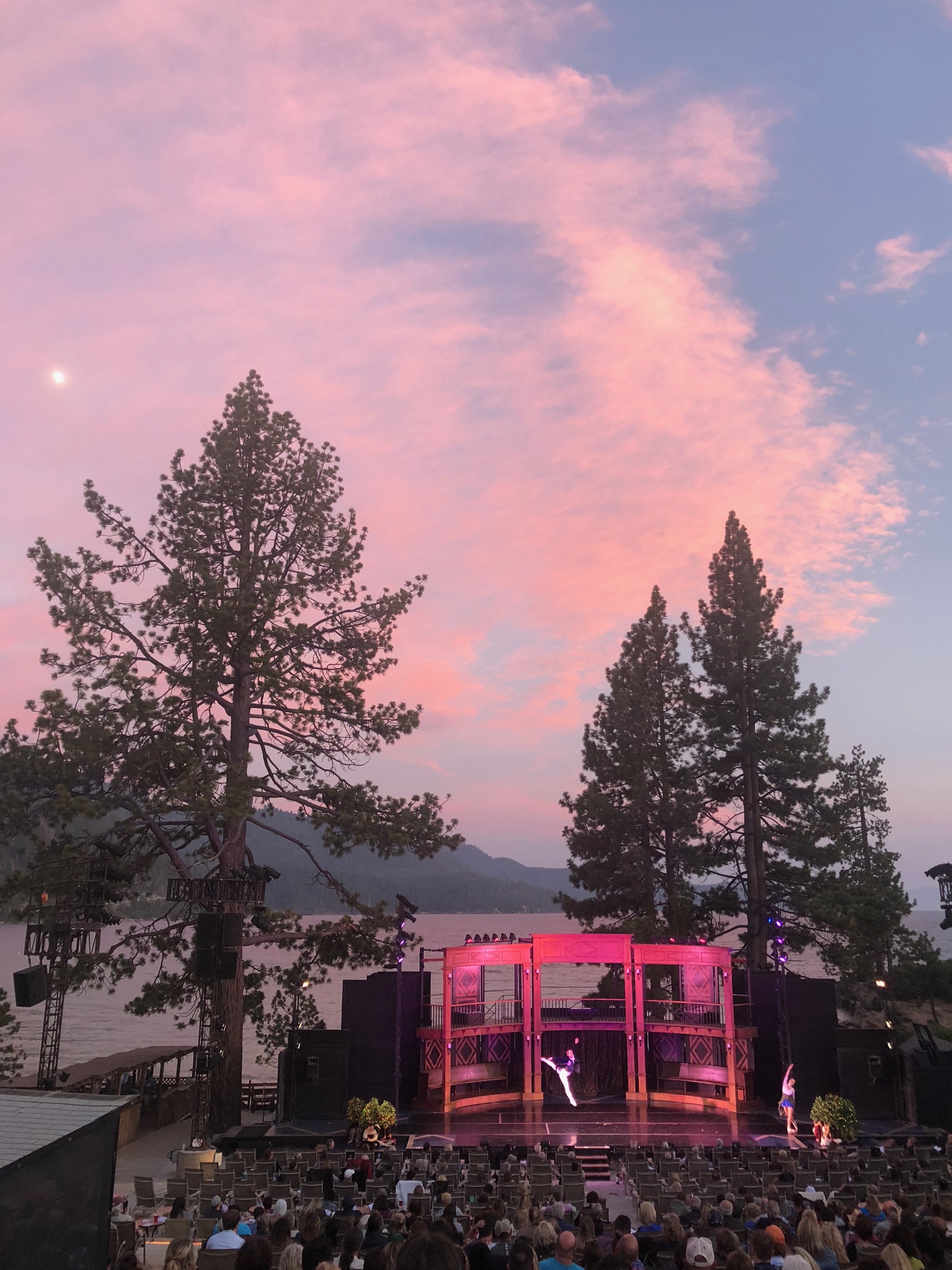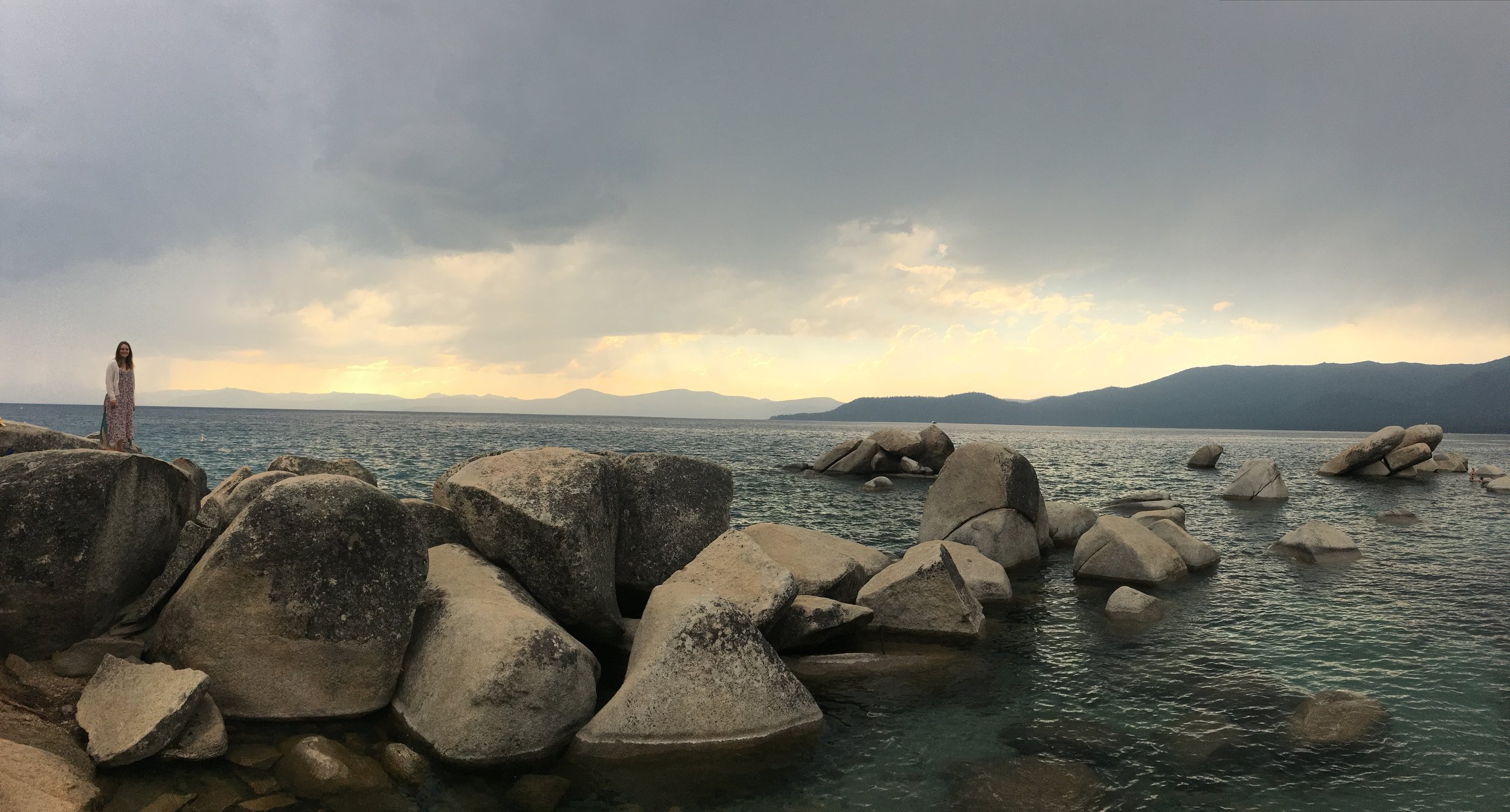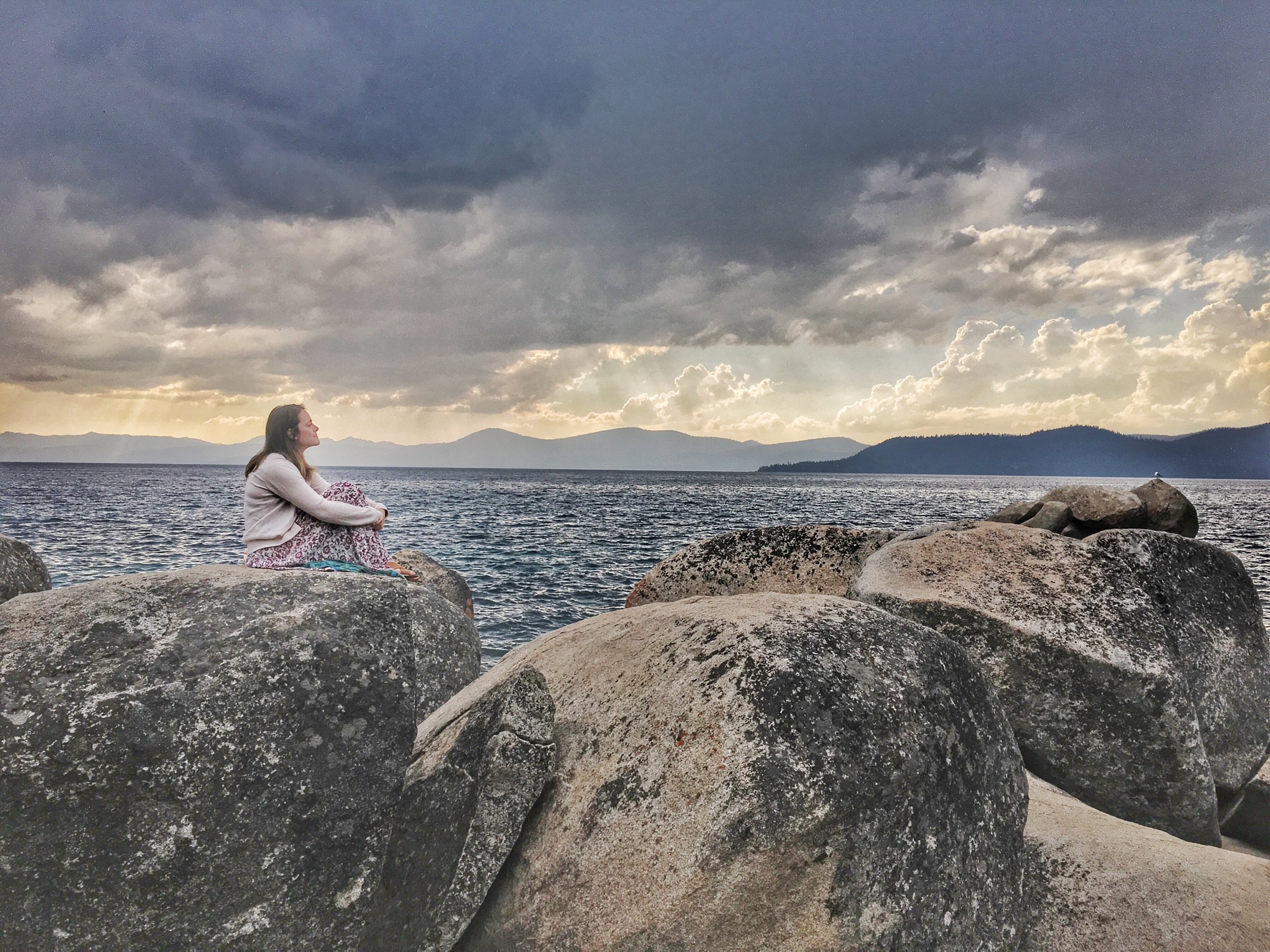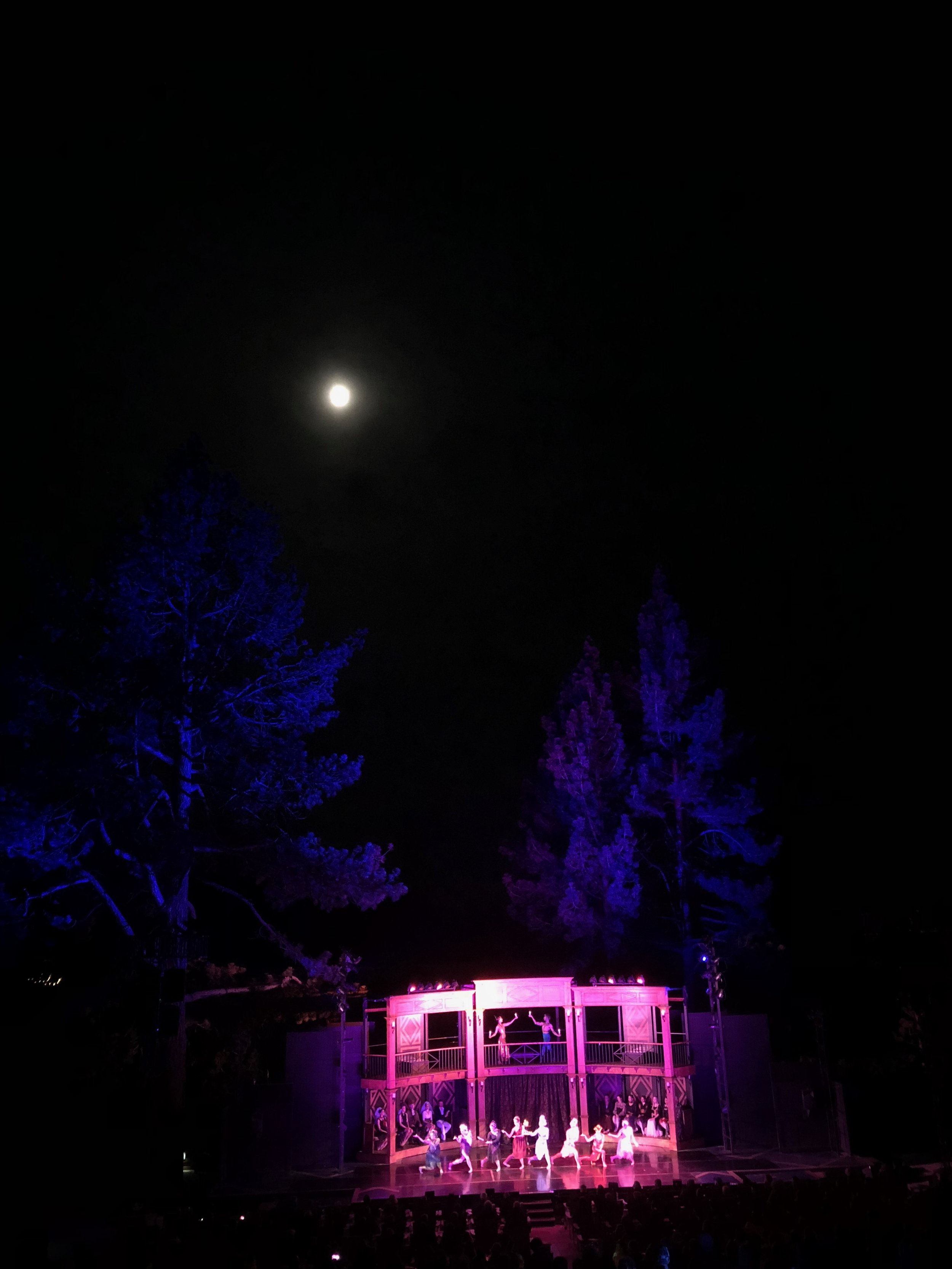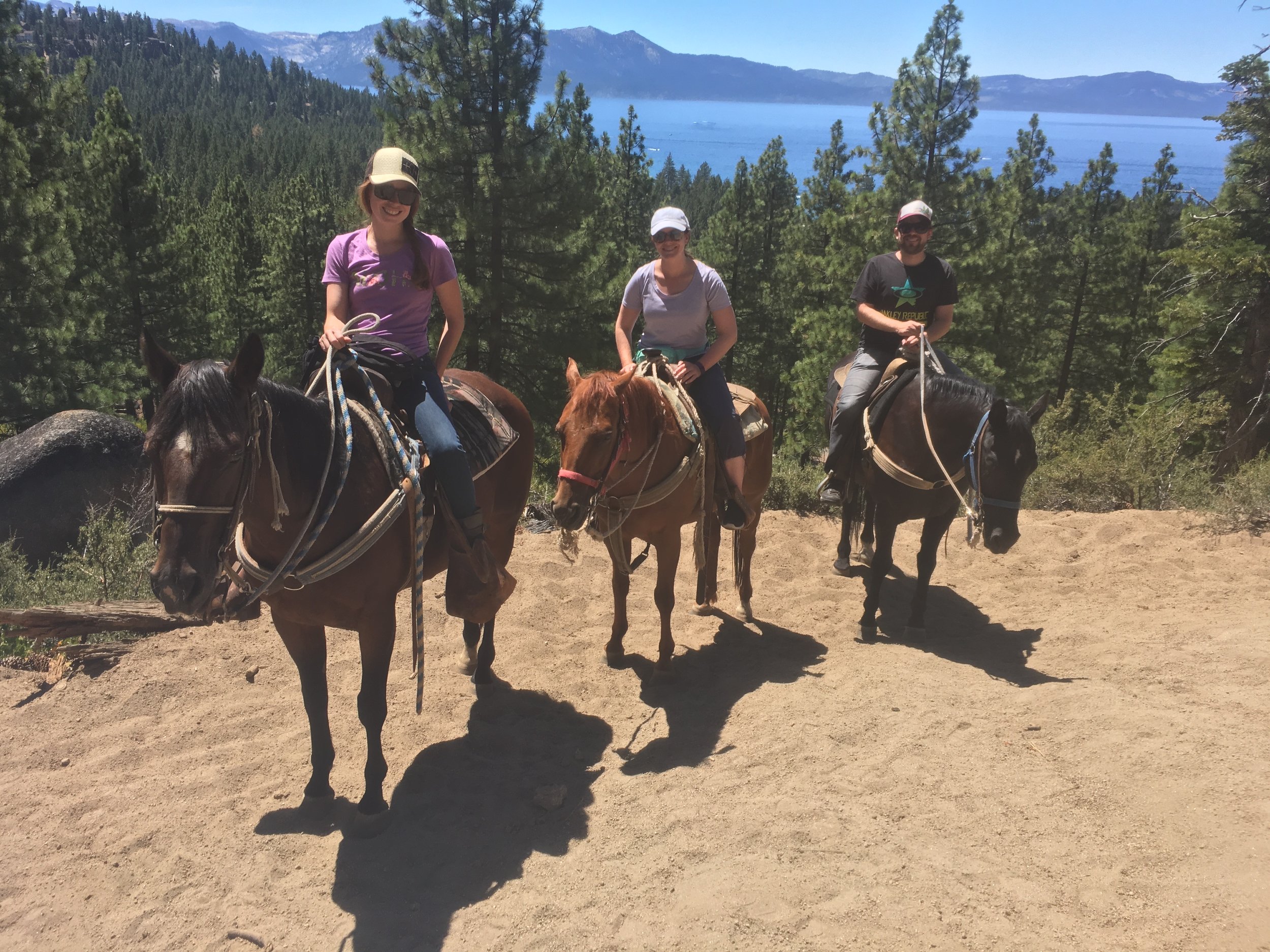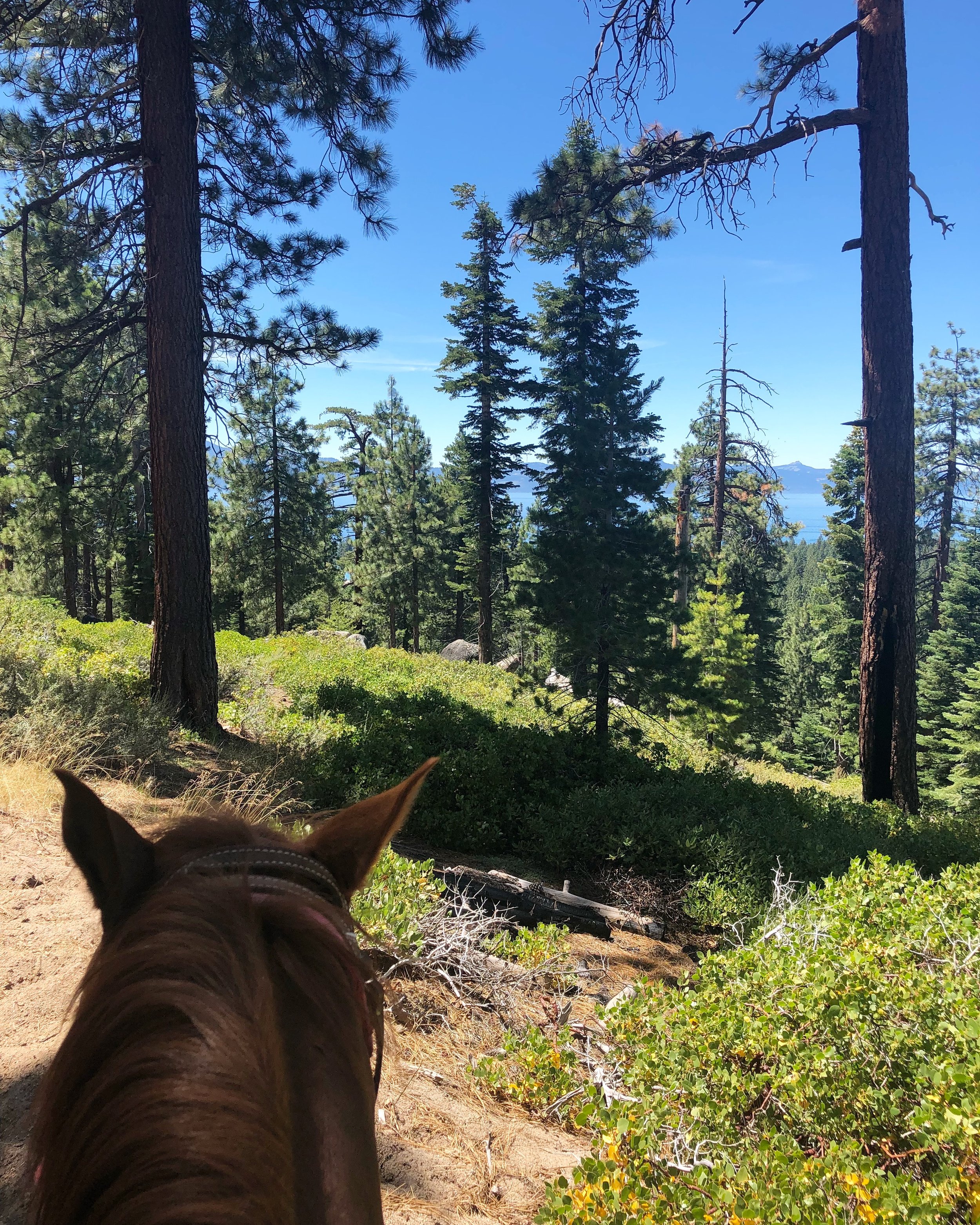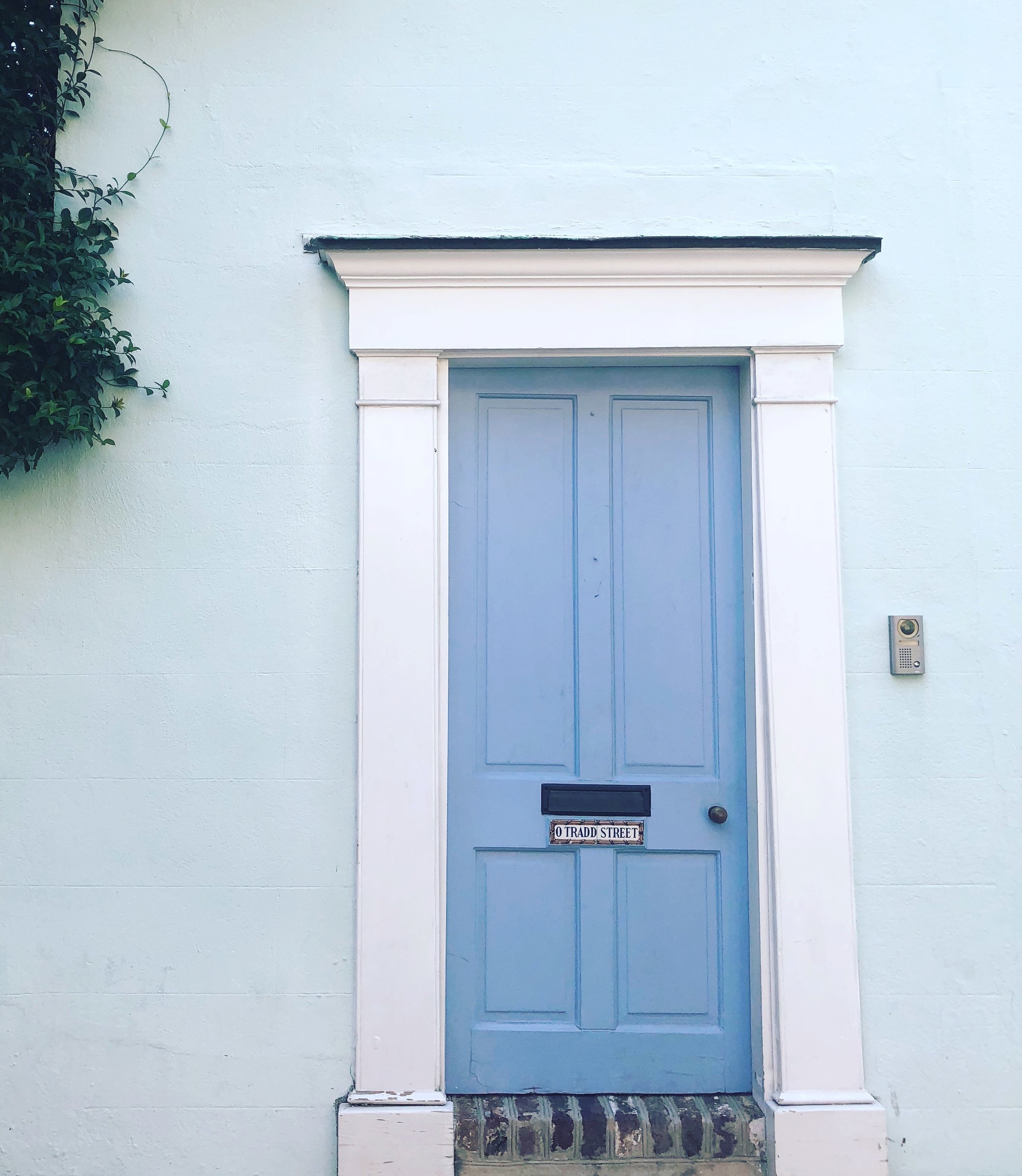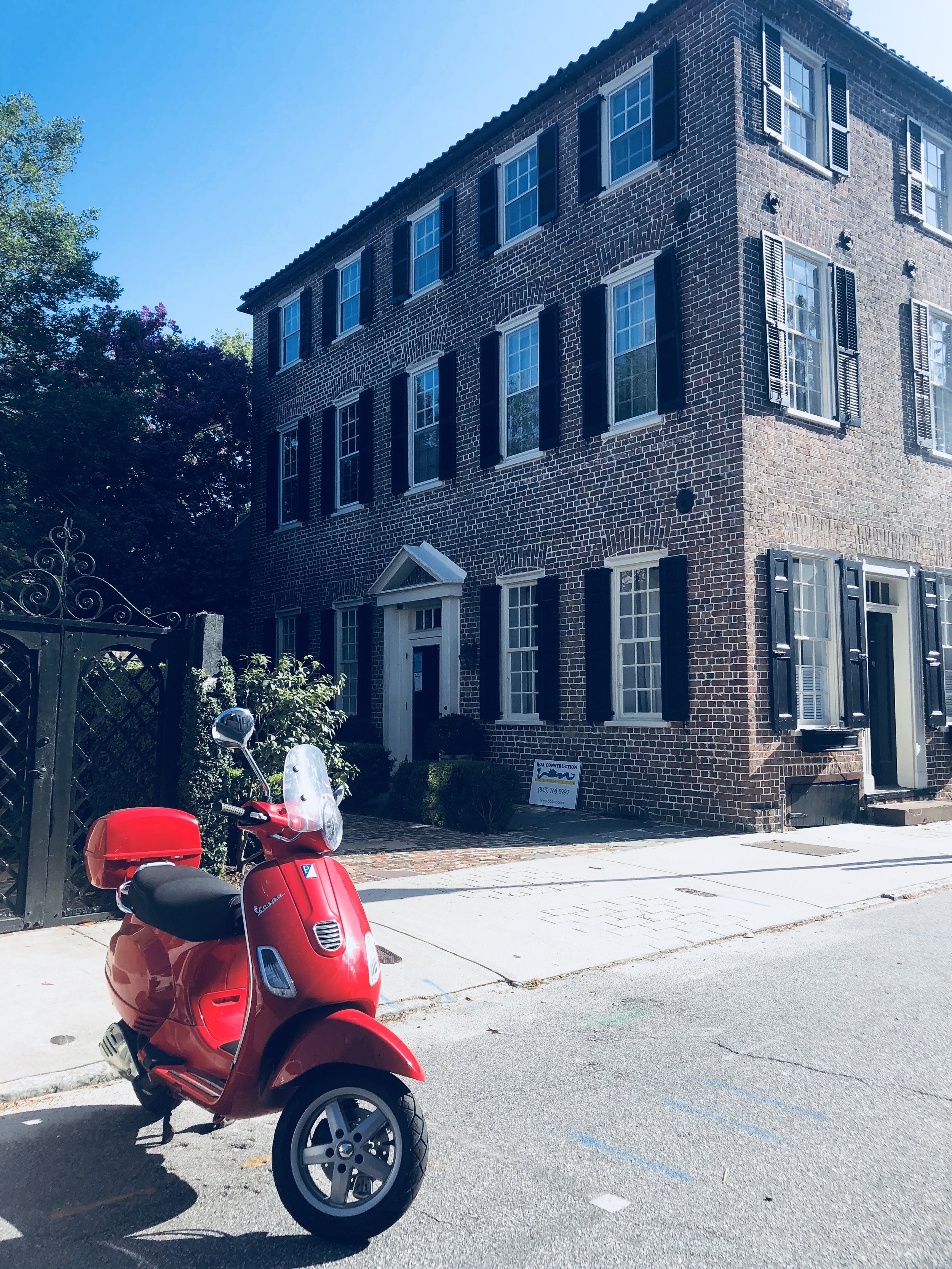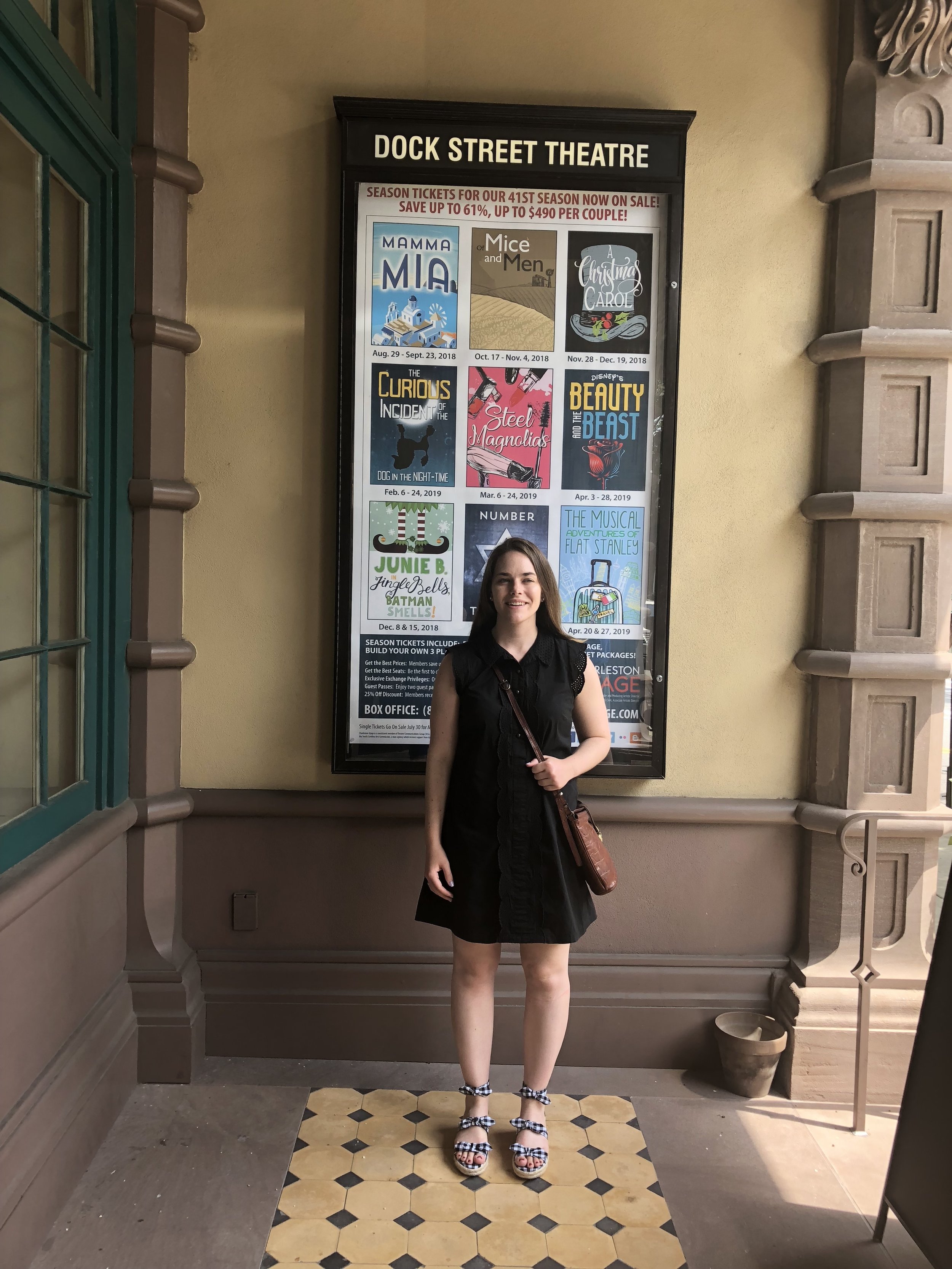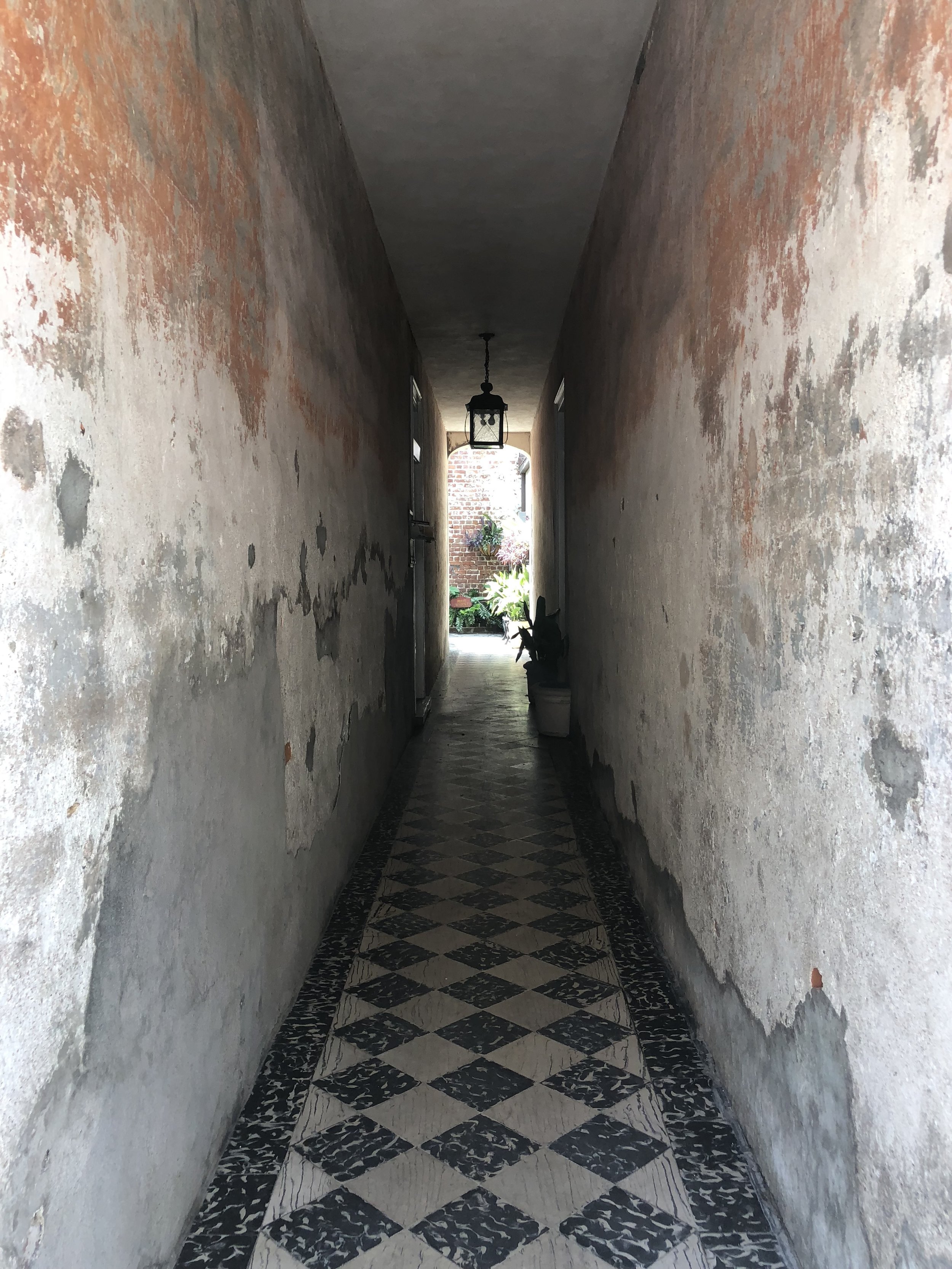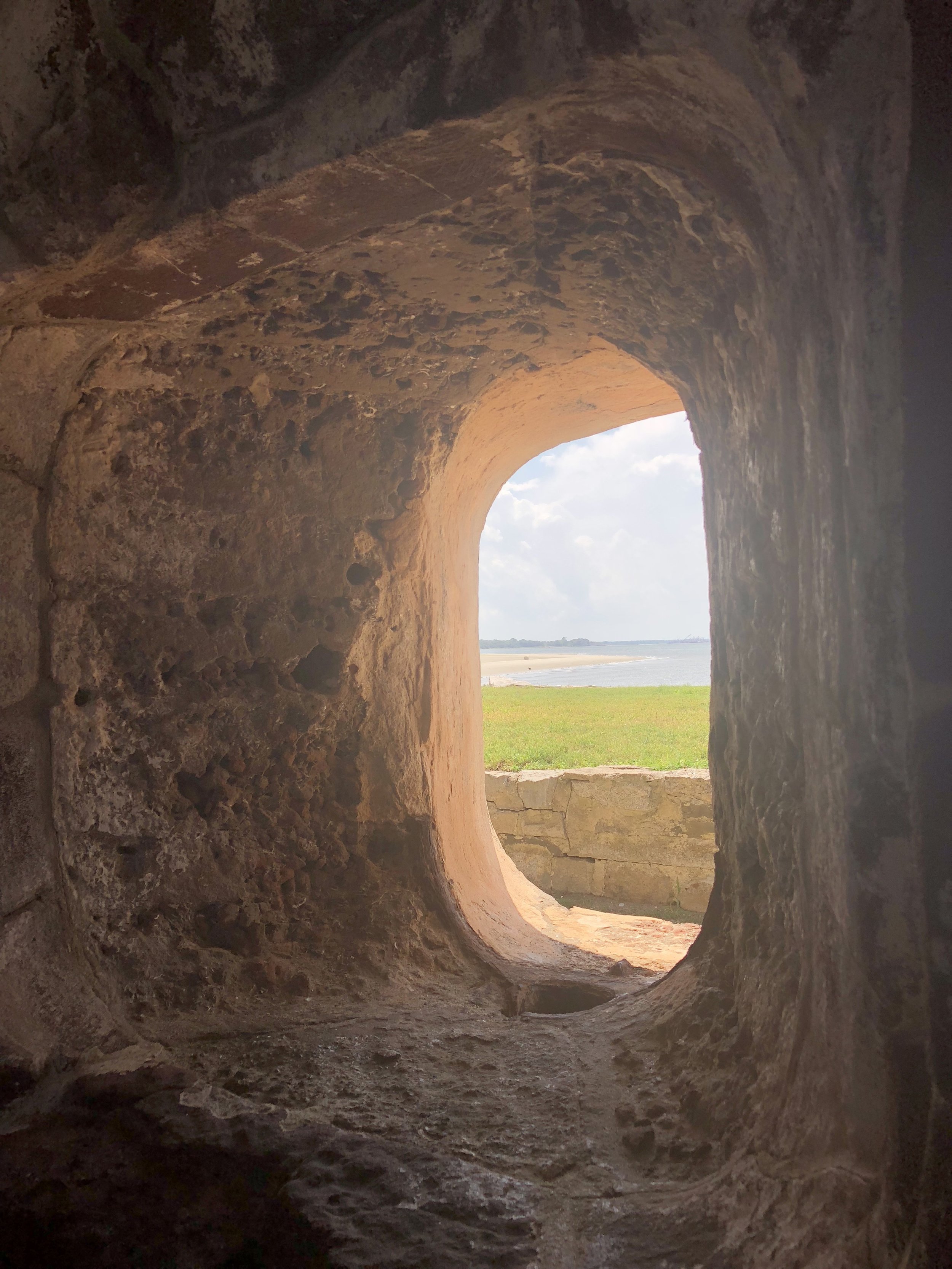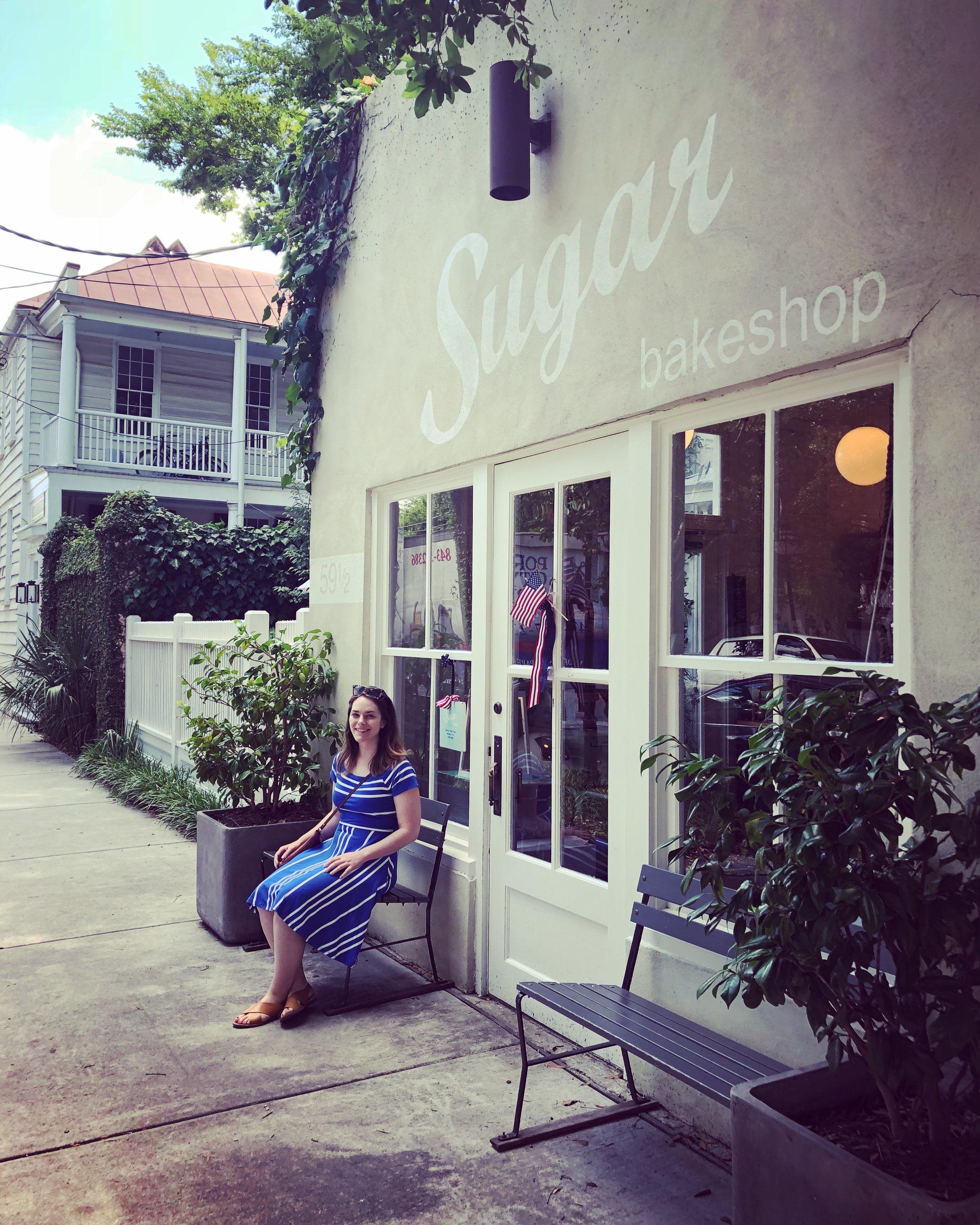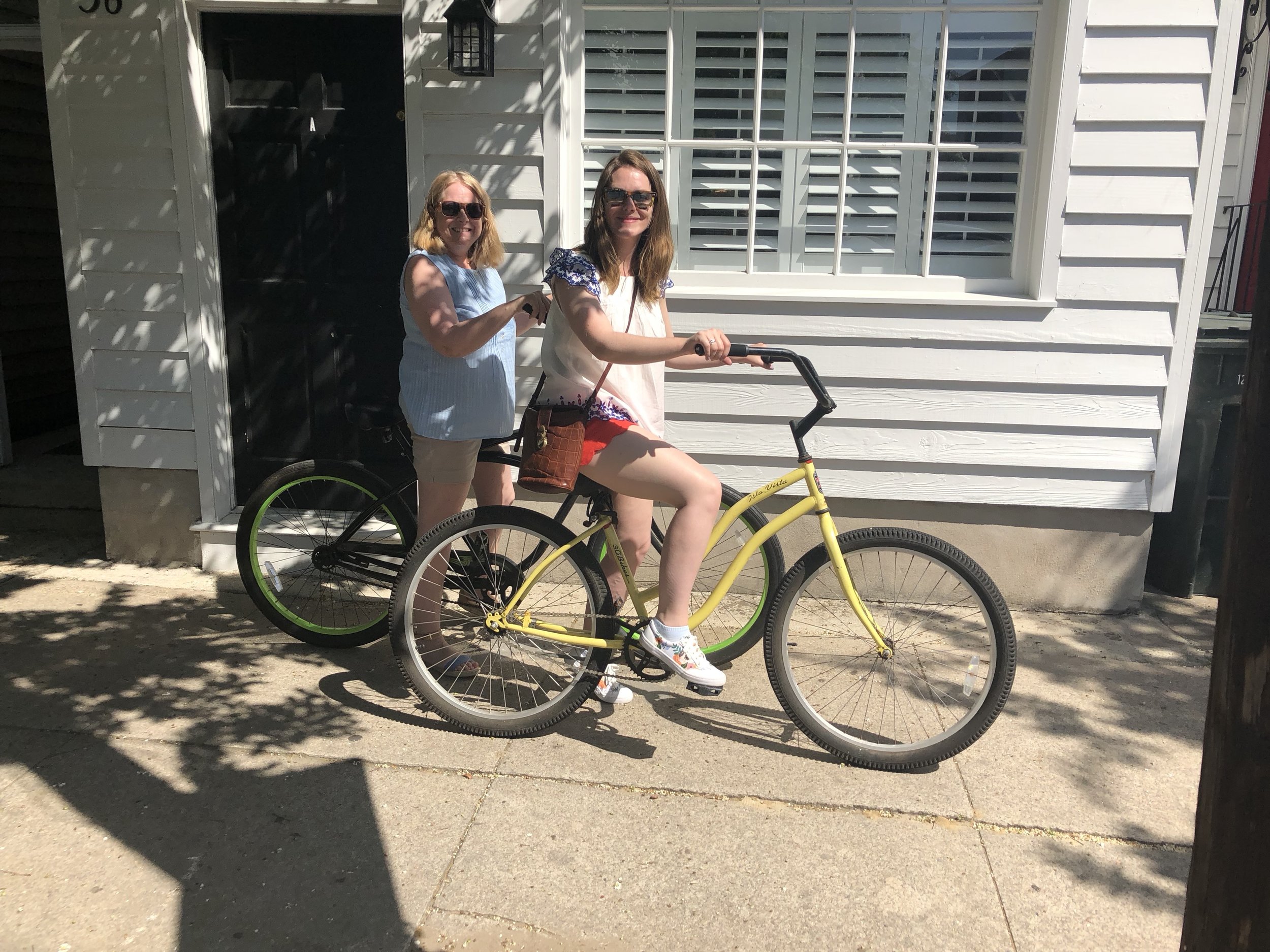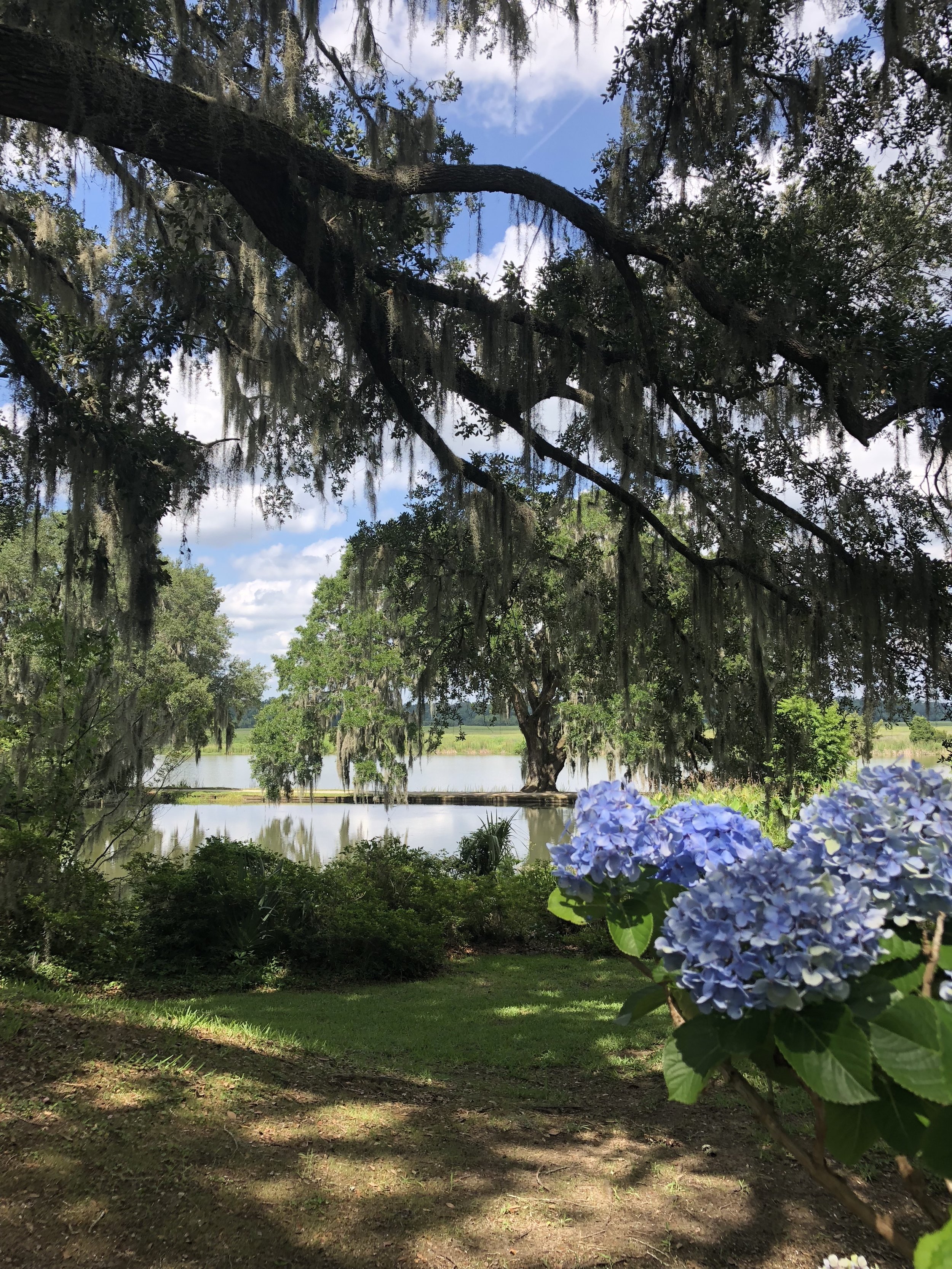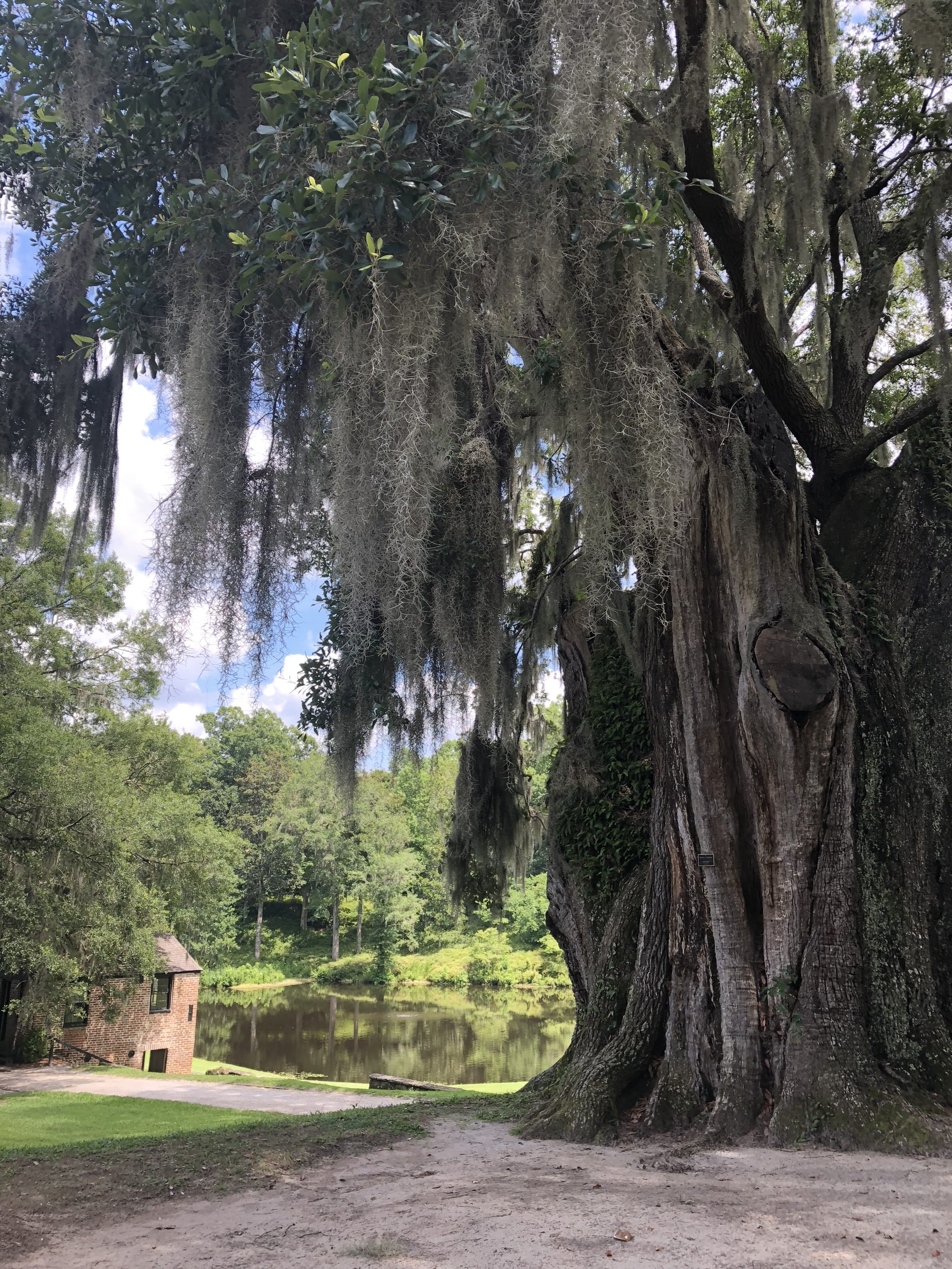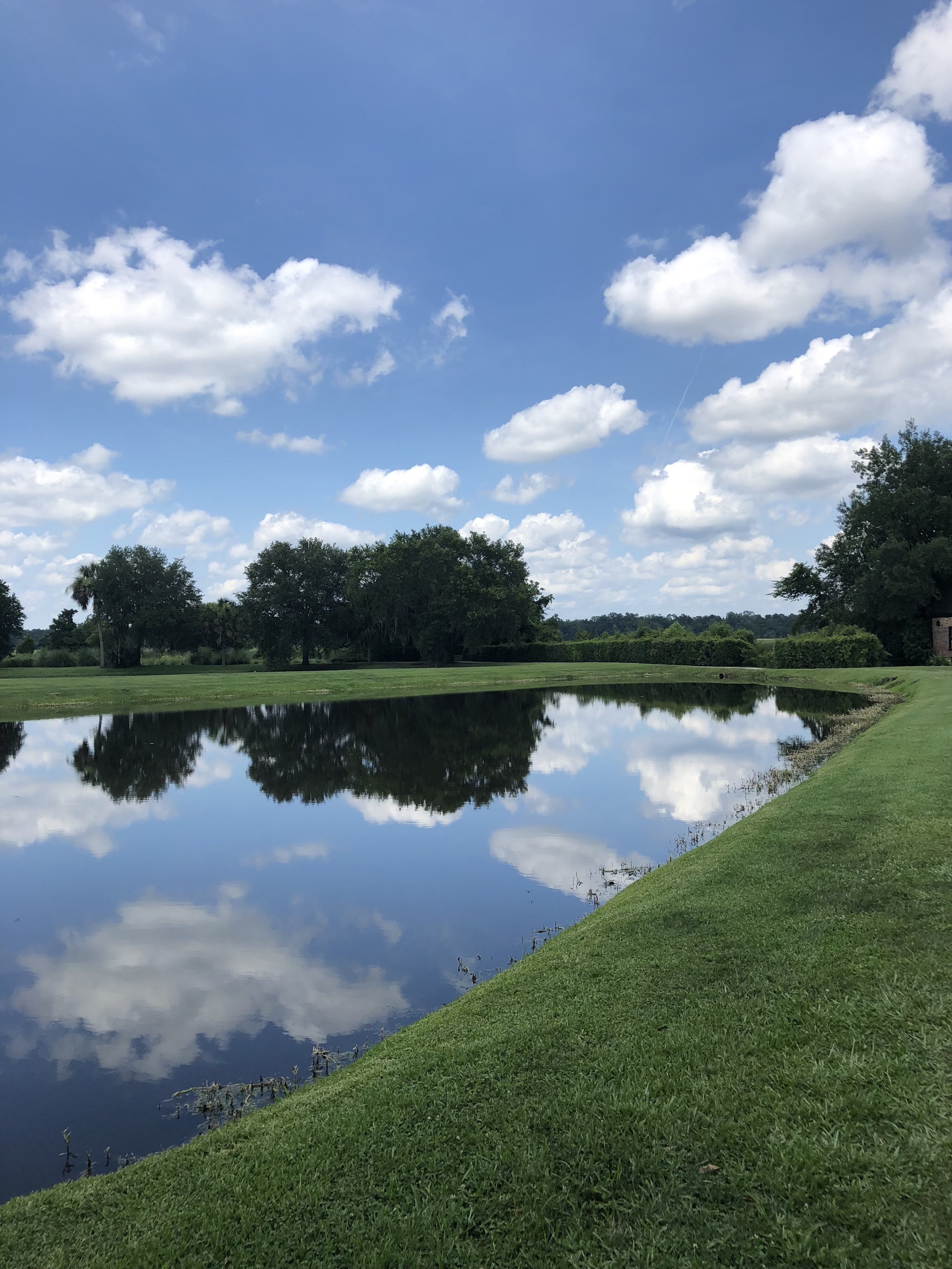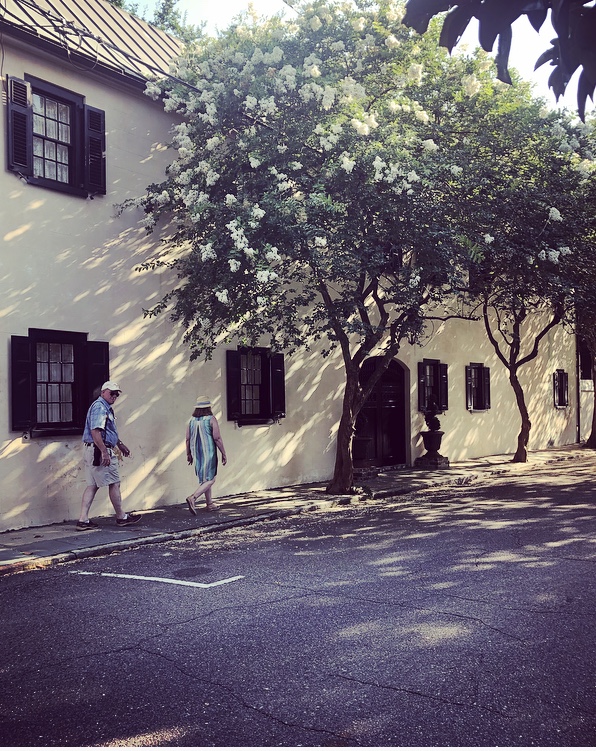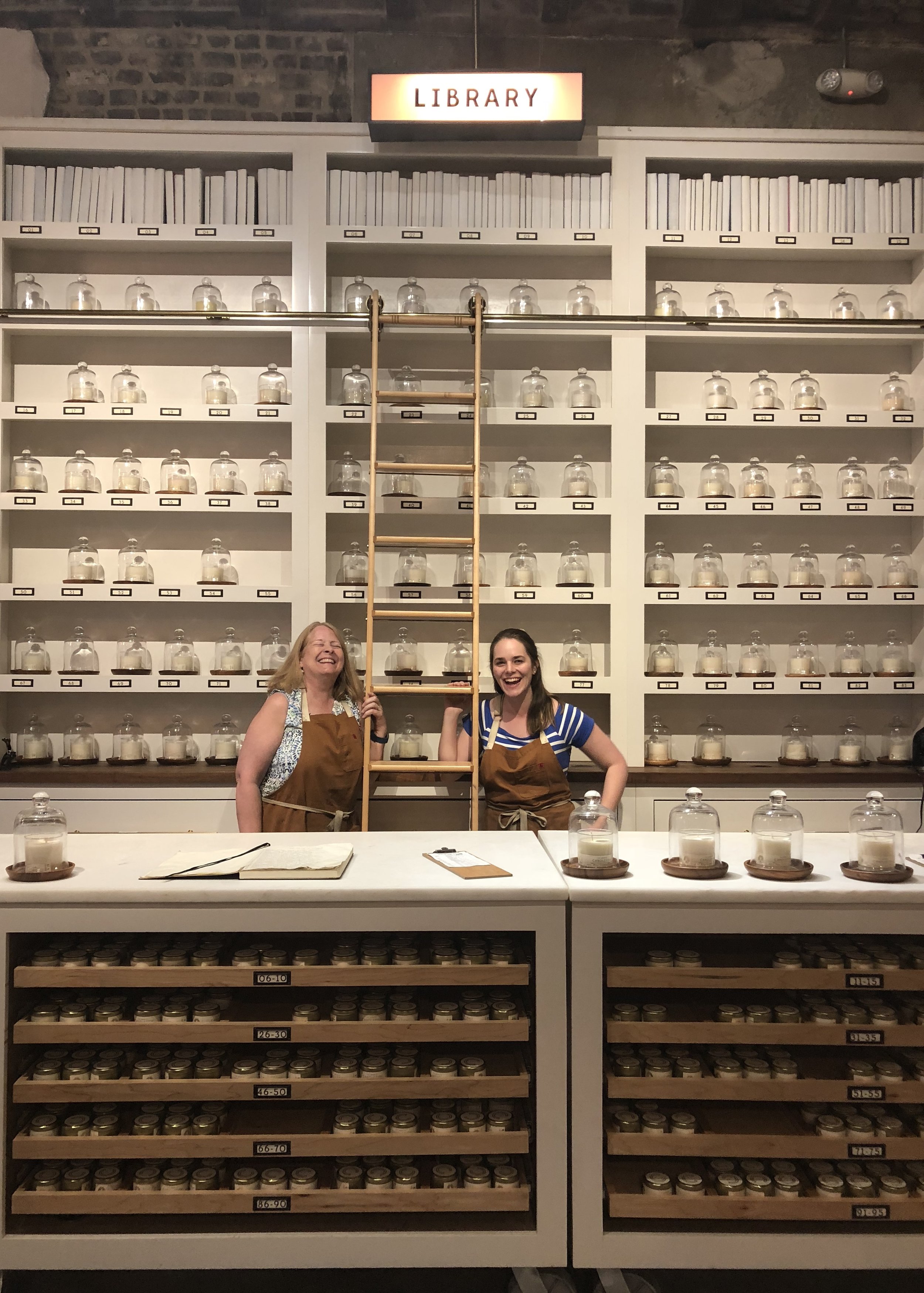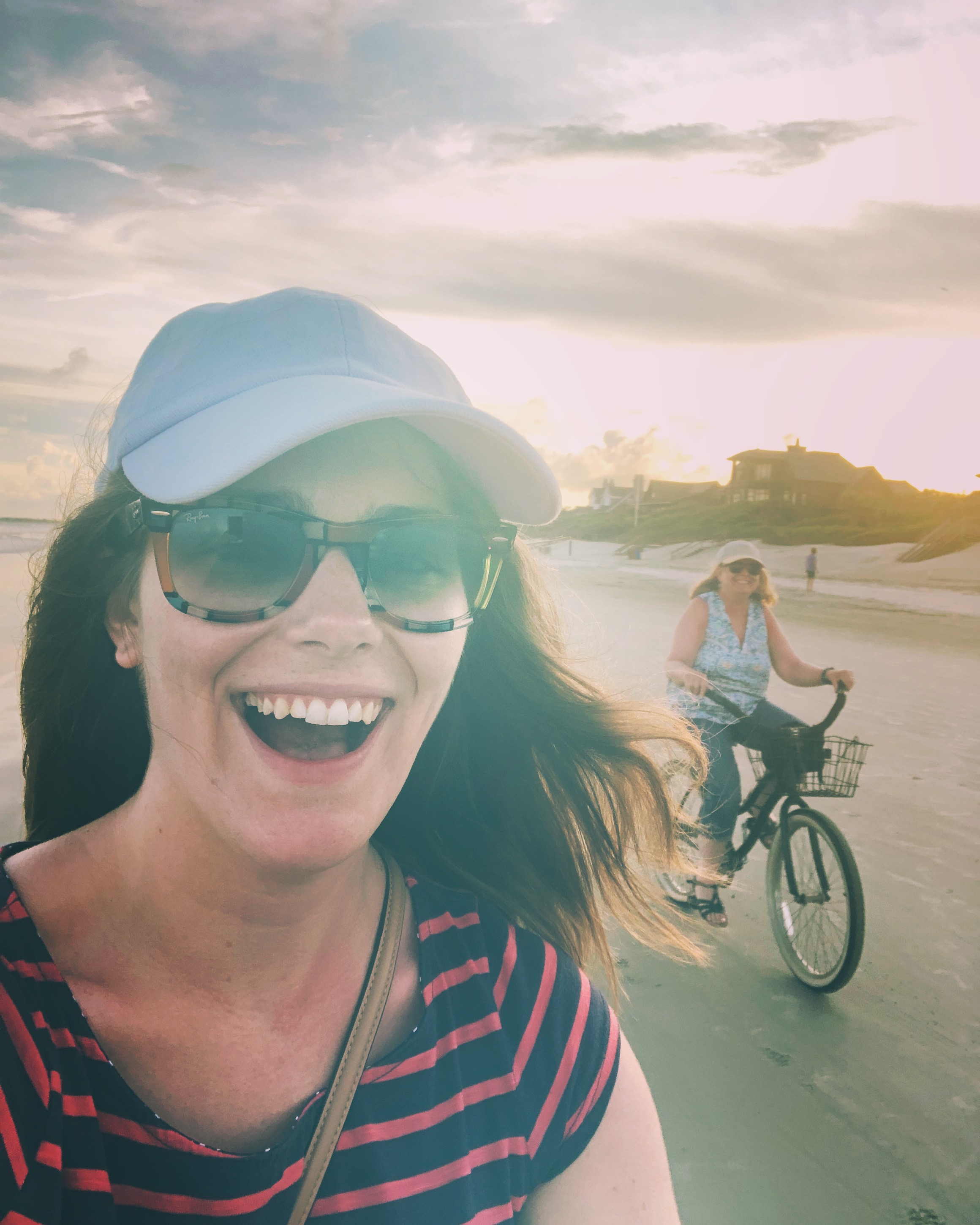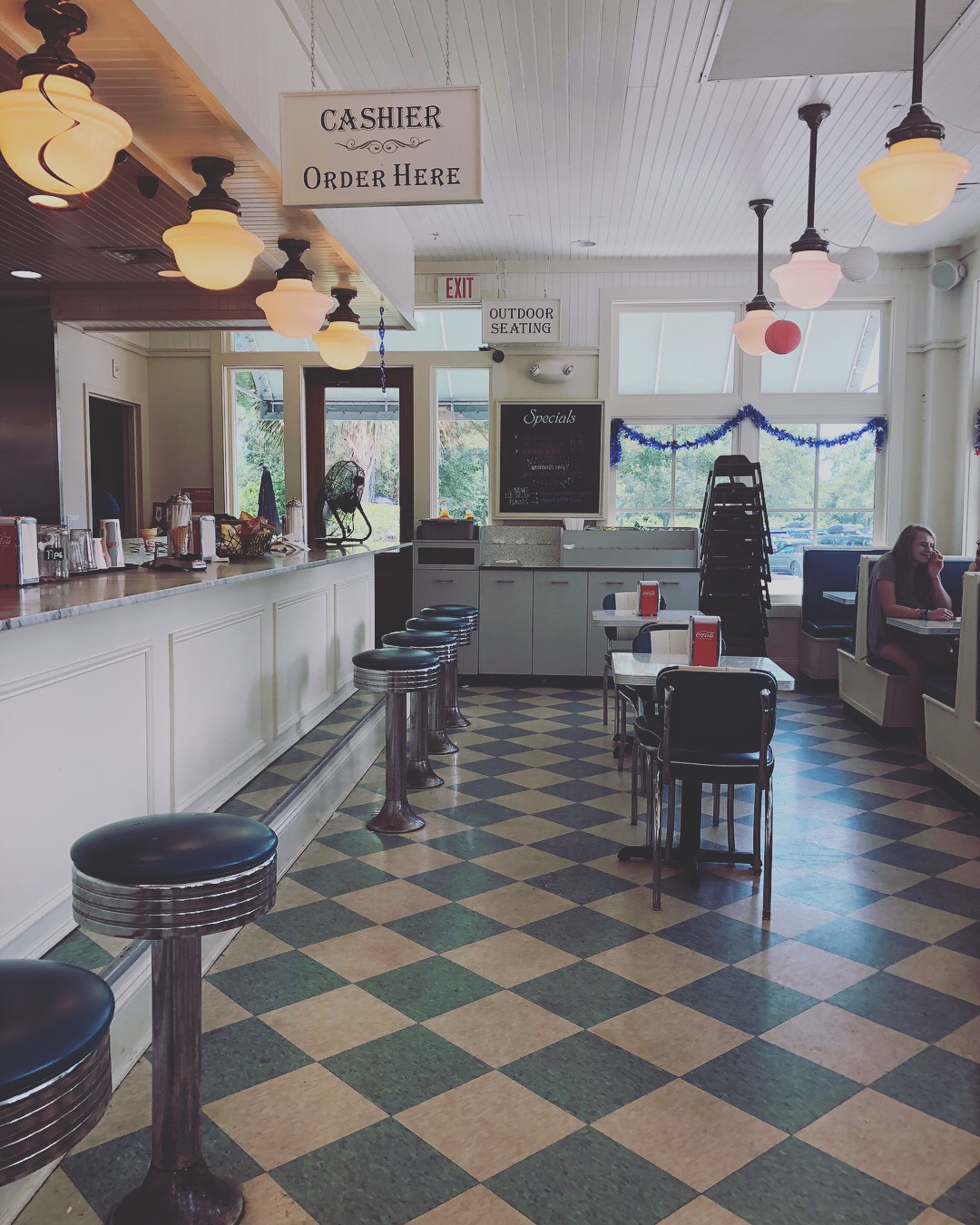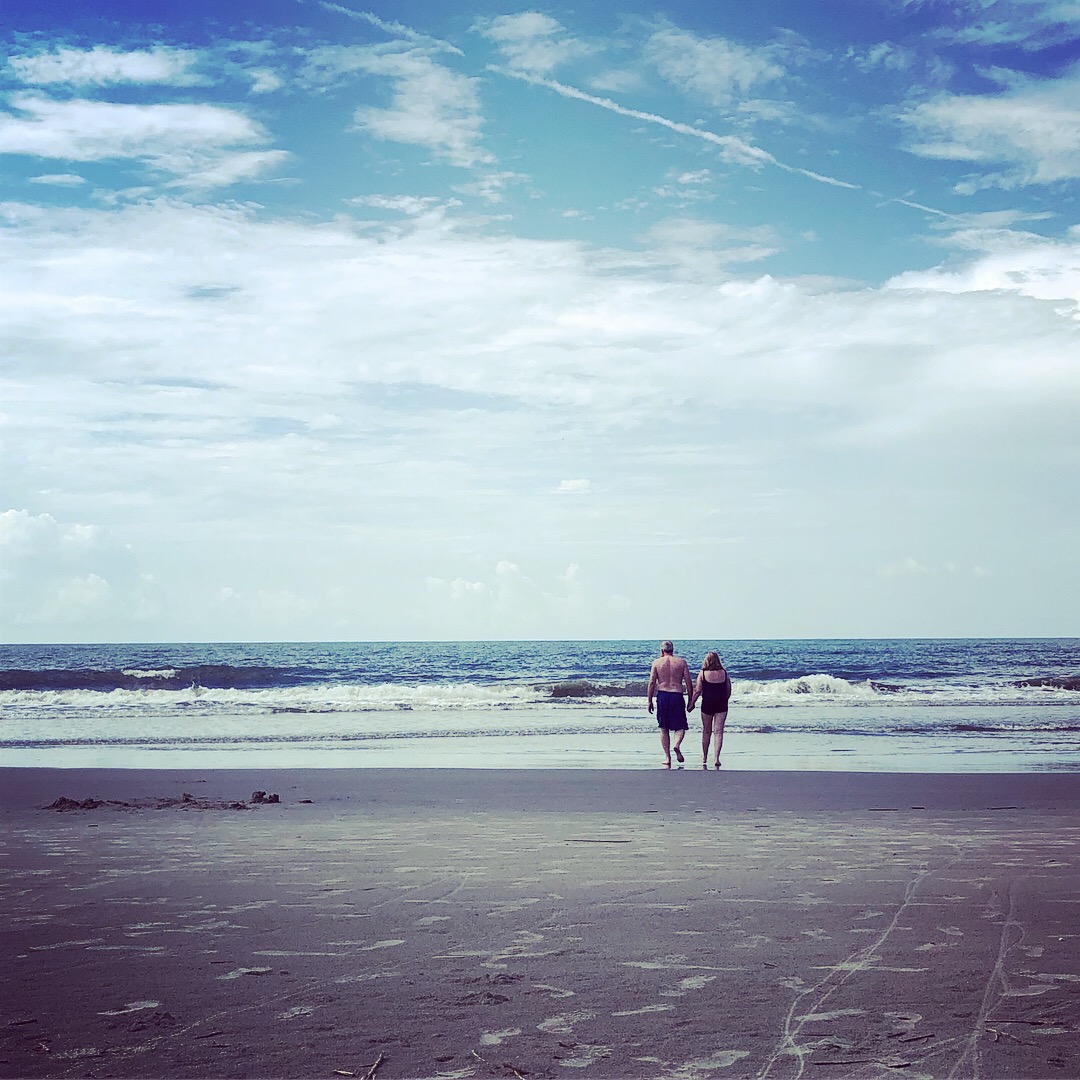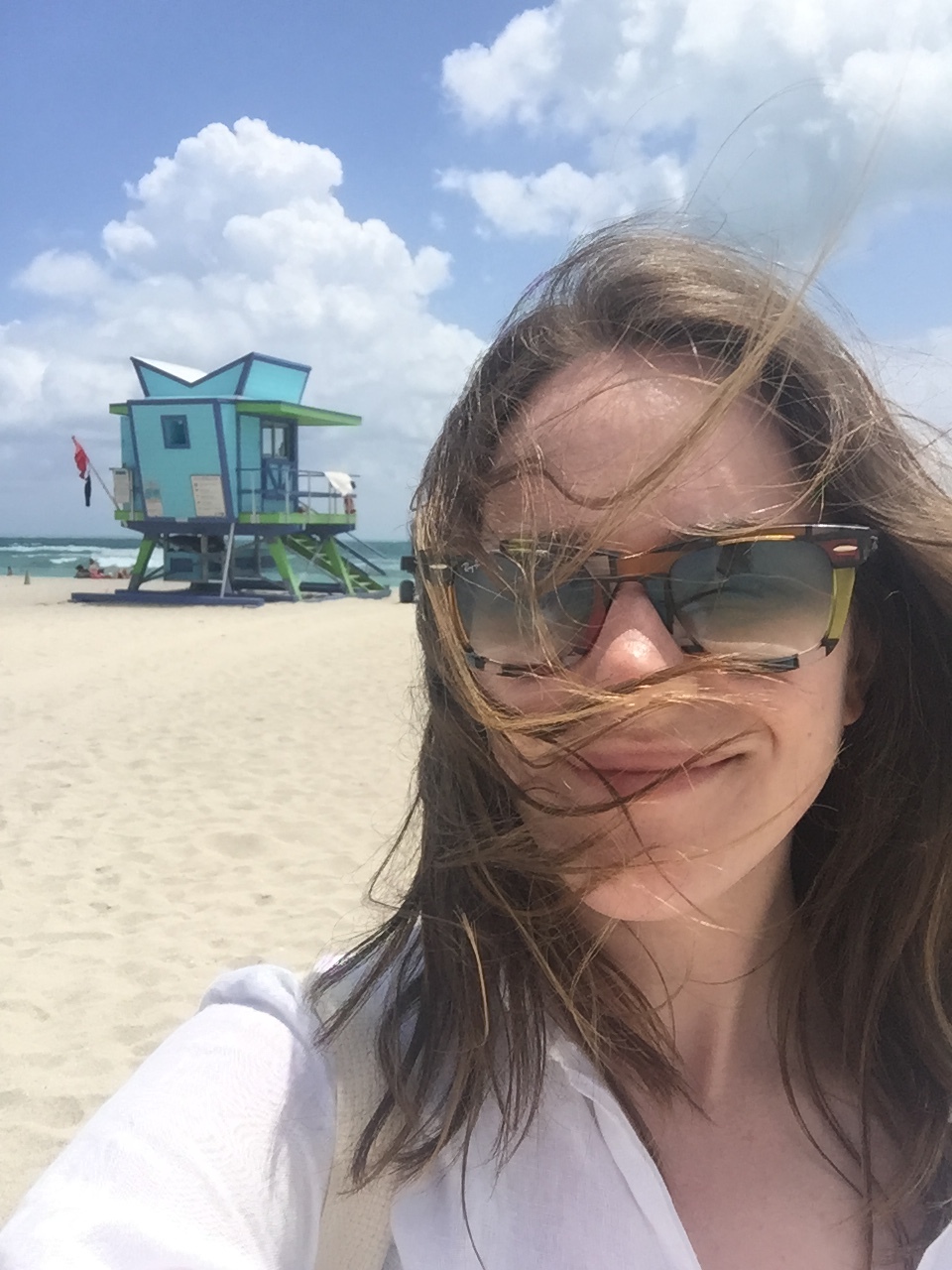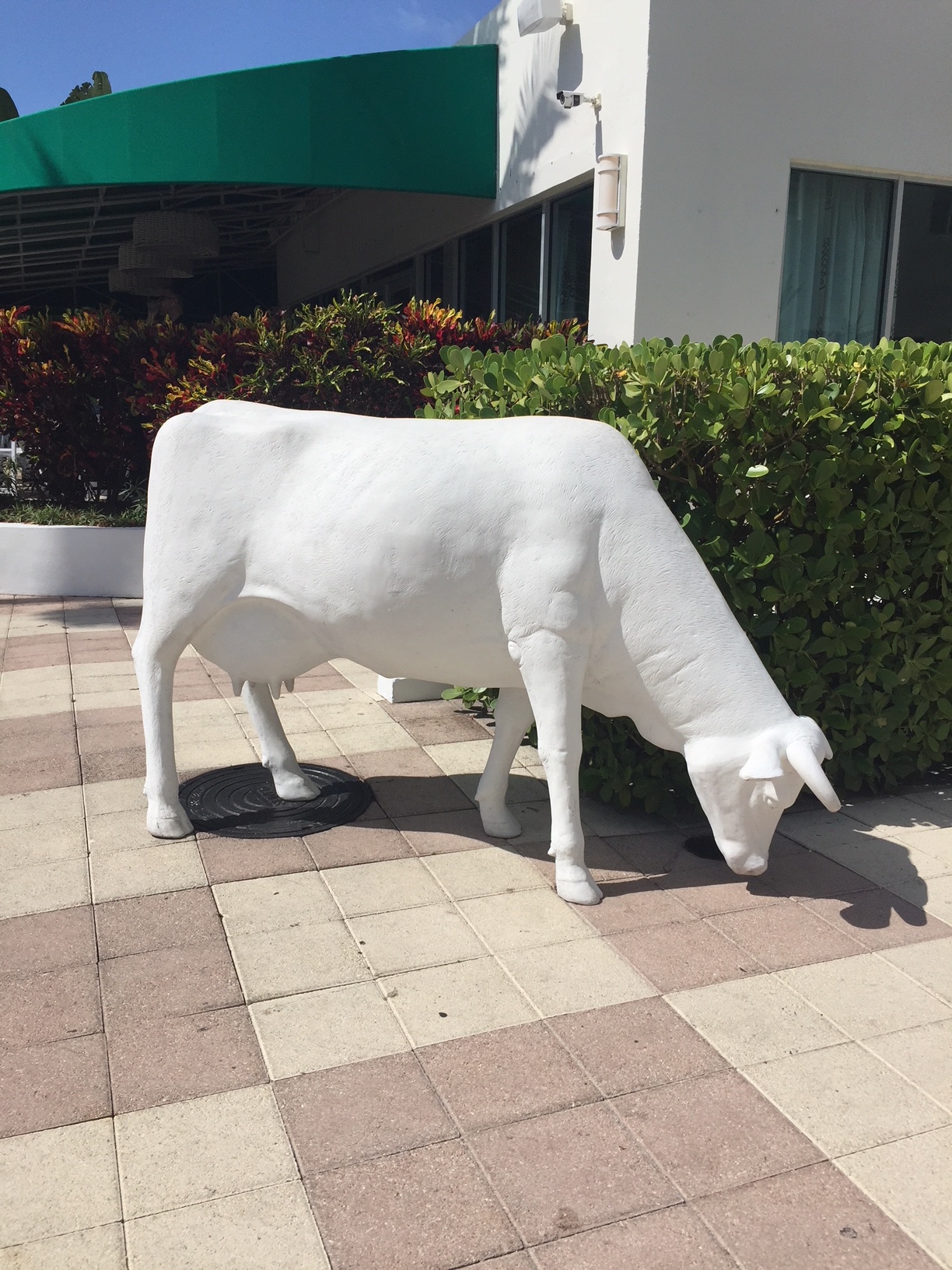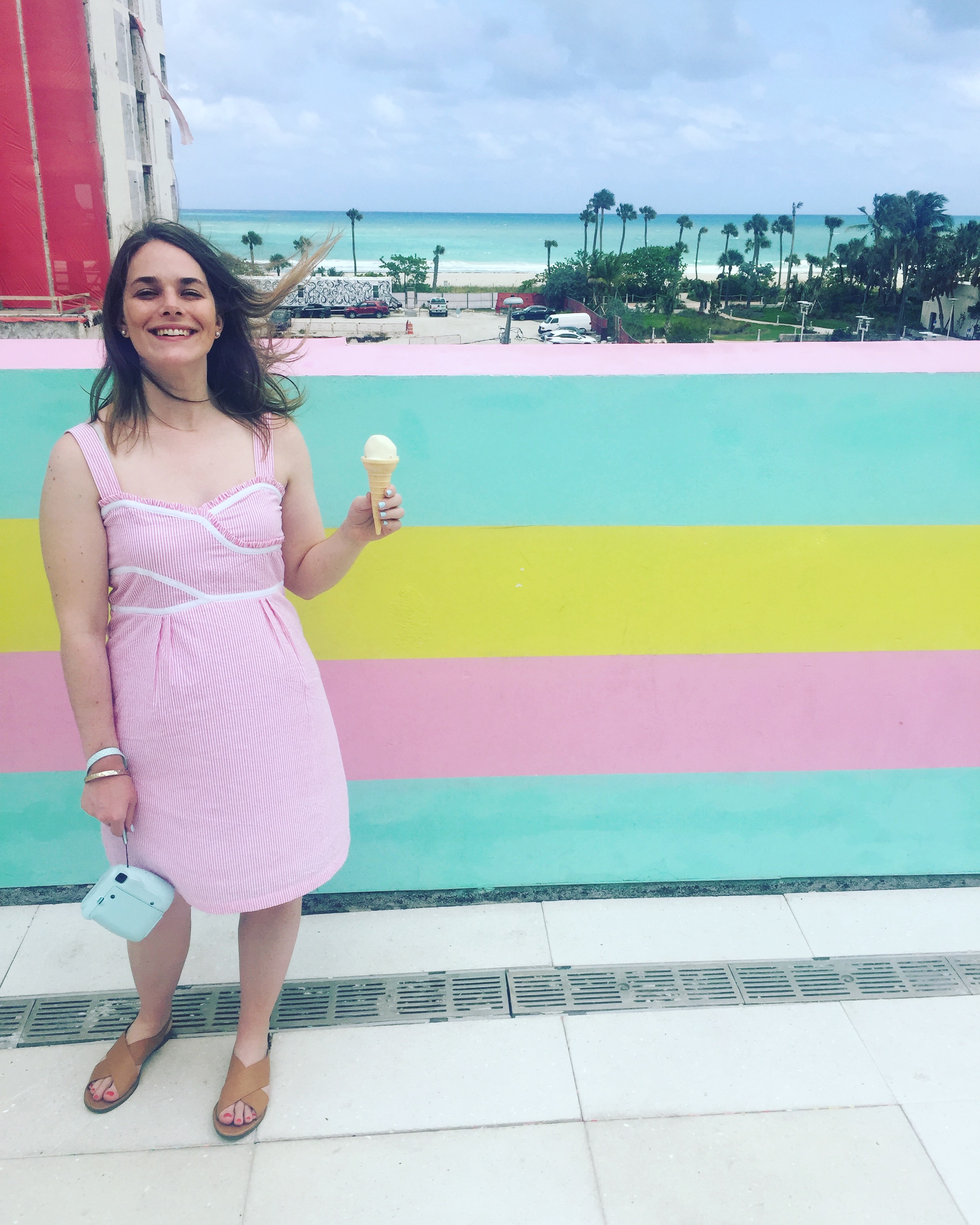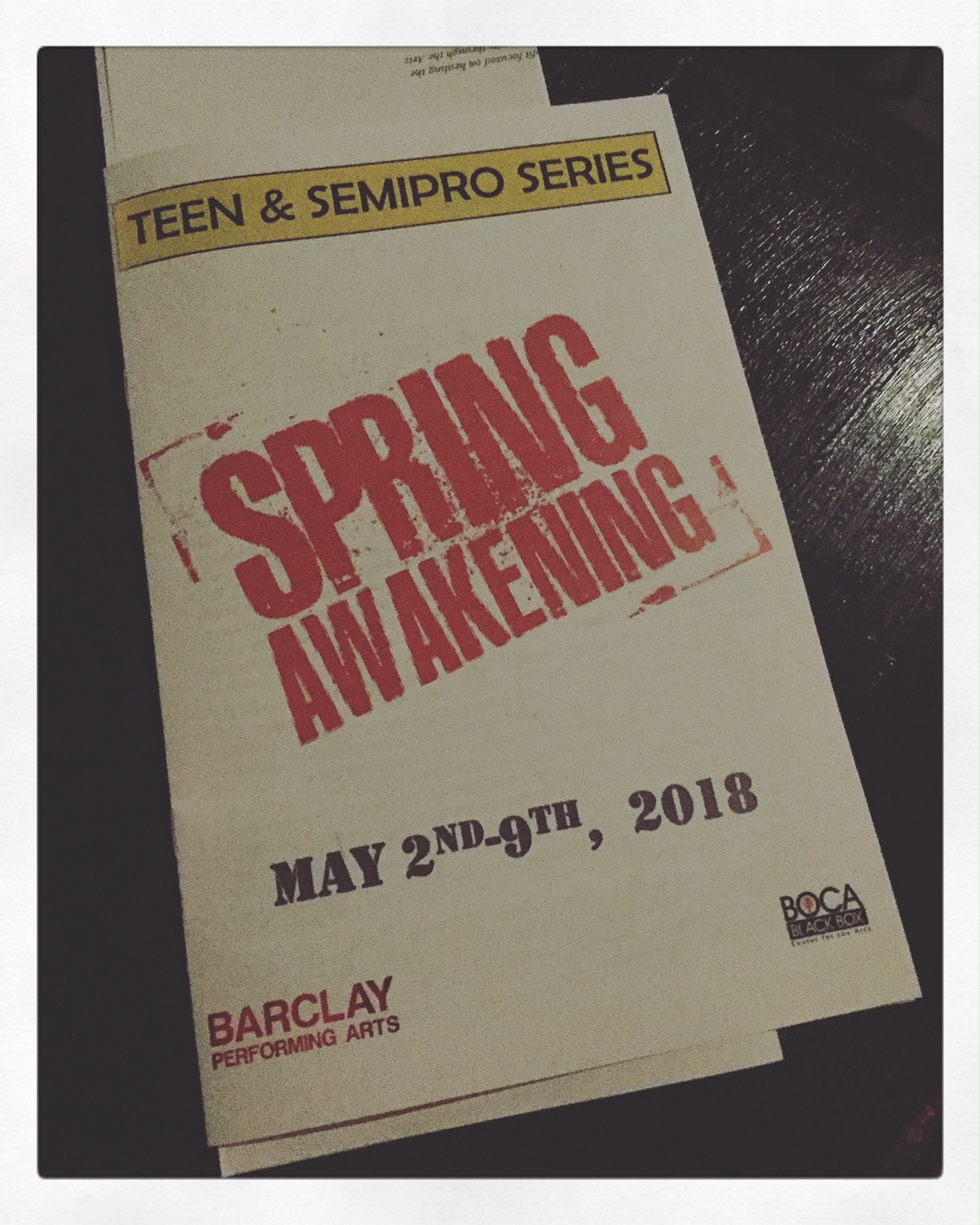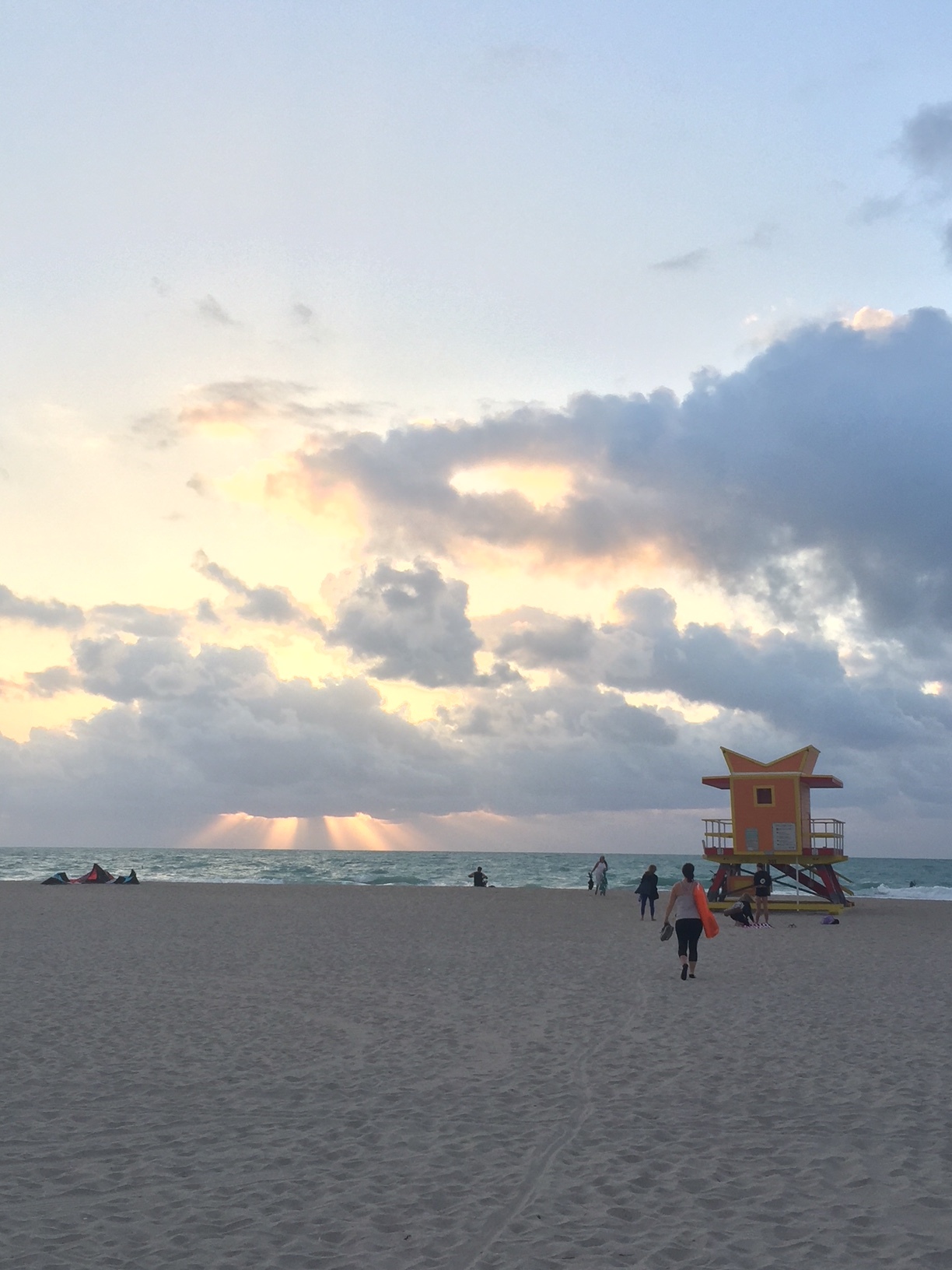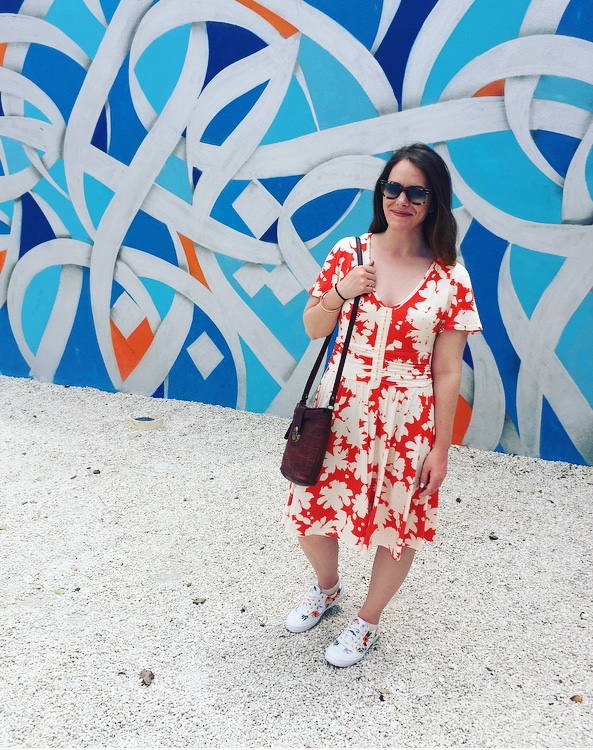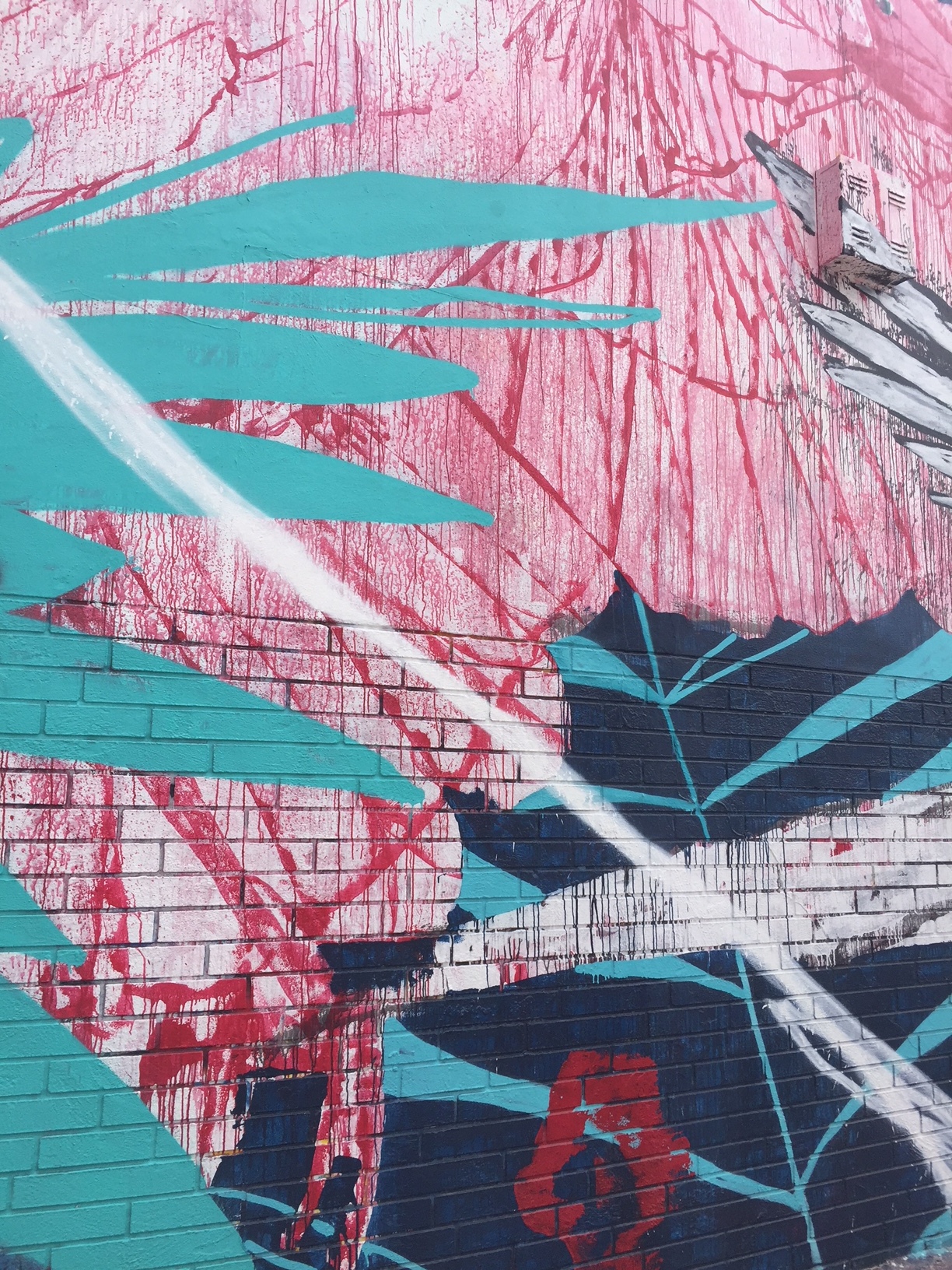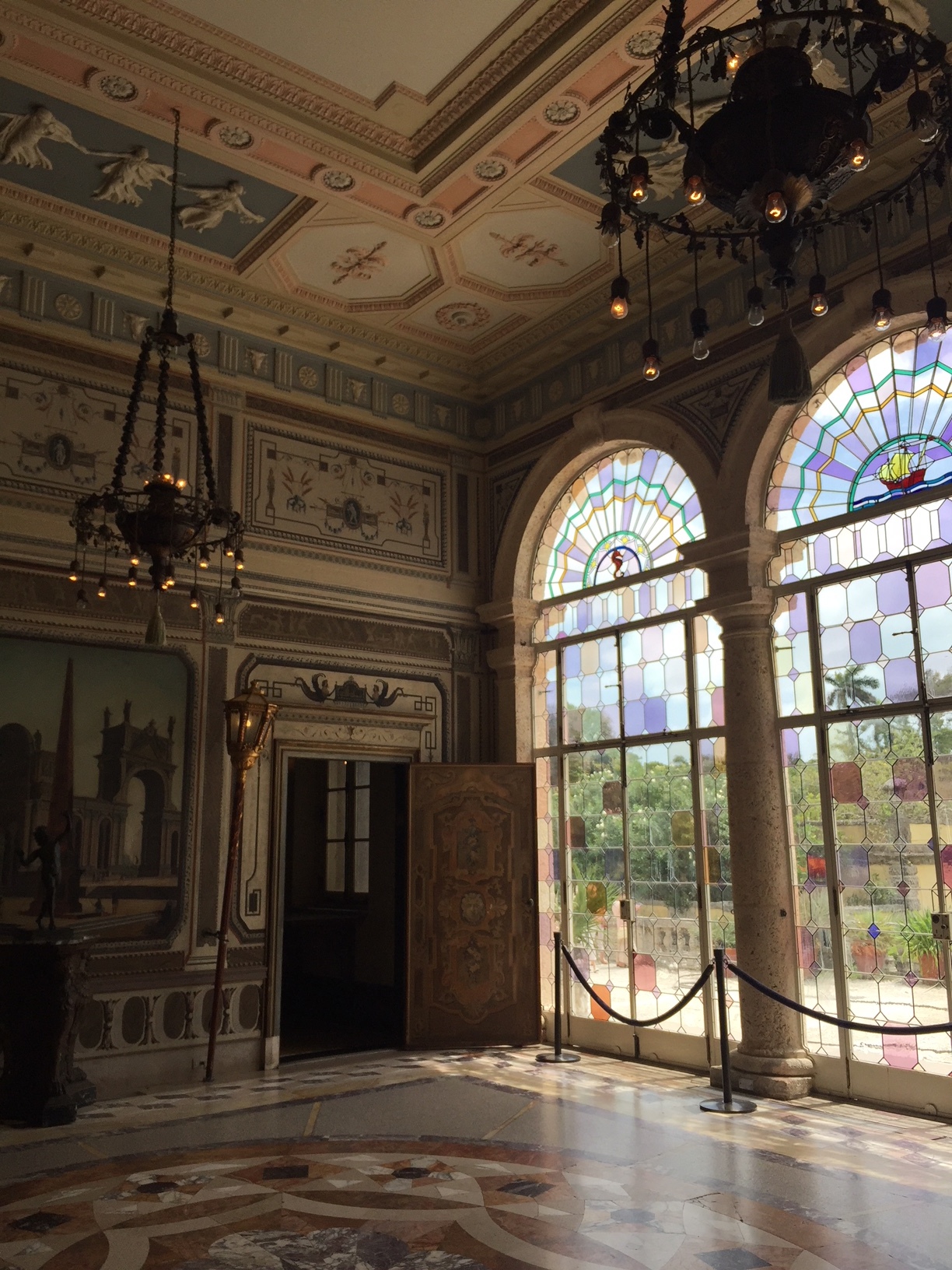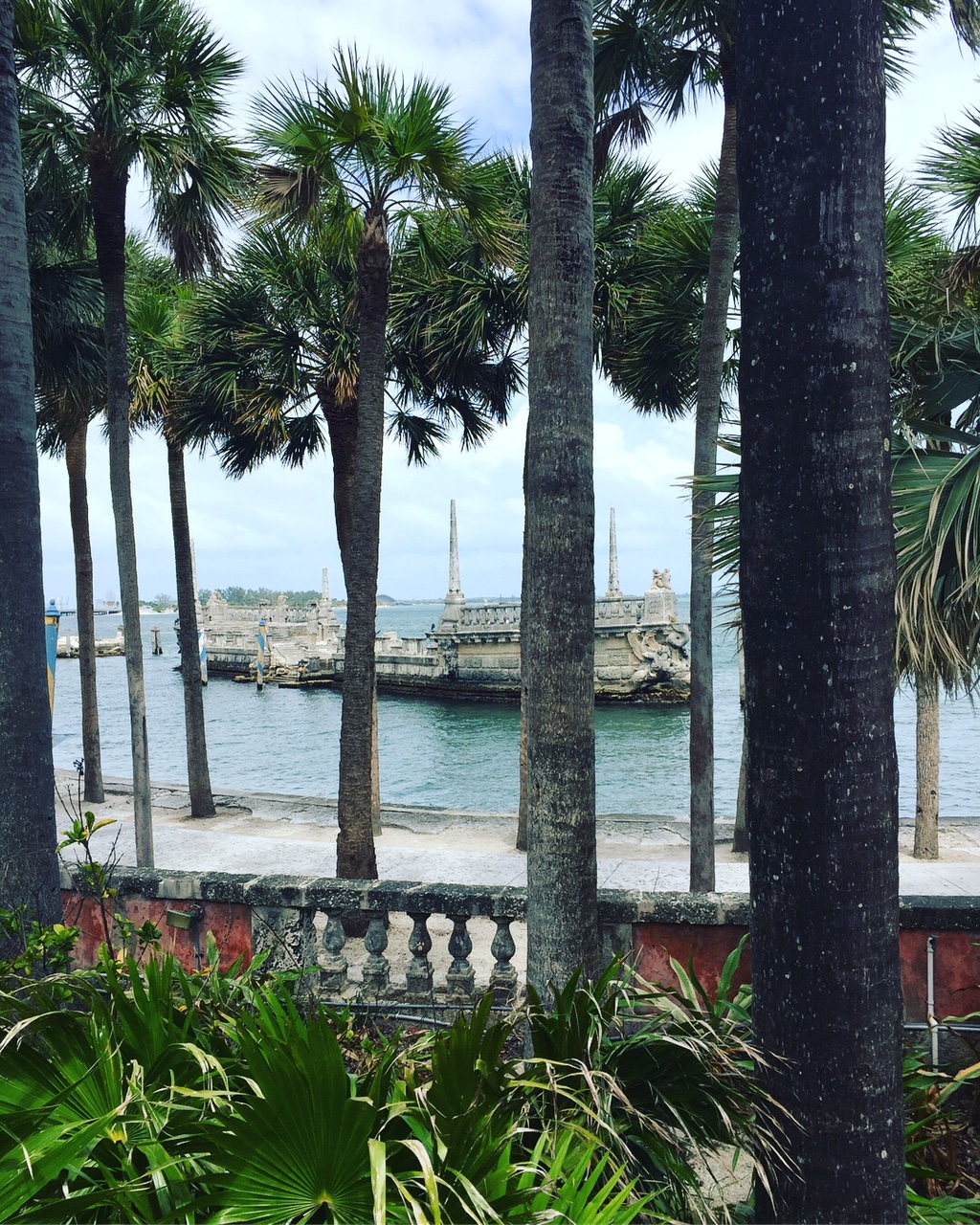Last week I traveled to Miami for three days by myself. I had vacation days to use up and an urge to see the sunshine after this endless New York winter.
I think my parents were a little hesitant to grant their blessing for my solitary adventure—and with good reason. A few years ago when I was studying abroad, I took a day trip by myself to Ennis, Ireland that ended with me hitchhiking with an old man from a cemetery back to the city center along winding, dark roads. I lived to tell the tale.
Two weeks ago when I was babysitting, I told my seven-year-old charge that I was heading to Florida. Are you going with your family? she asked. No, I’m going by myself so I can do what I want when I want! Why? You’re an adult, you can do whatever you want whether you’re with people or alone...
She’s right.
But I was surprised at how quick I was to change the outline of my schedule, how quick I was to act on impulse. I volleyed from the hotel pool to the ocean, from reading in a hammock to biking down the Miami Beach Walk. There was no deliberation, no compromise—I just did what I wanted exactly when I wanted. A poolside margarita! An order of french fries! A dip in the ocean!
On my first day, I ventured to Joe’s Stone Crabs for a plate of claws. The cold, white crab meat fell out of the shell with a swift crack. The lumps of crab, buoyed by a teeny fork, swam in a pool of mustard sauce. I didn’t have to share one bite, and this lunch will hold the title of best lunch ever for all time.
Armed by my derm with Zinc Oxide, I lathered on a protective shield to combat ultraviolet rays and spent the afternoon in the sunshine. (I didn’t get burned this trip, which is a huge feat for me!) The hotel pool was a paradise lined with a canopy of palm trees. A tiled fountain flowed into the deep end, and the outdoor patio was guarded by white cow and sheep sculptures for a bizarre pastoral aesthetic. A short walk down a path led to the ocean. The hotel staff, like toreadors, threw yellow and white-striped towels to the wind and laid them flat on cushioned lounge chairs in the sand. I sat like a queen on my perch above the ocean.
That night I put on a floral floor length dress and went to Byblos, a Mediterranean restaurant in the Royal Palm Hotel. I treated myself to rosé and a dinner of octopus and a bowl of saffron couscous. Afterward, I went to Pao by Paul Qui at the Faena Hotel for a cocktail and dessert. The hotel lobby has a red carpet flanked by floor-to-ceiling murals of tropical birds and monstera leaves. A spiral staircase lit with starburst chandeliers leads to the restaurant, an oval room with gold leaf on the ceiling. The dining area is anchored by a giant gold unicorn, which the bartender informed me cost $6 million! I sipped gin and elderflower and ate Halo-halo, a Filipino dessert with almond milk mochi, shaved ice, and candied mangoes in a bath of berry water. Before heading back to my hotel, I walked outside to see another golden statue—a gilded skeleton of a woolly mammoth lit inside a glass box. He illuminated the dancing silhouette of palm trees against the night sky.
After a morning on the beach, I went to the Museum of Ice Cream. The entrance to the flamingo pink building was decked with fuschia-colored palm trees. The first exhibit was a pool filled with sprinkles, and museum-goers were invited to jump into the lagoon of rainbow jimmies. My favorite room featured a giant banana swing, I swayed while eating a chocolate covered frozen banana. Other sweets included a hot pink cartoon of melted ice cream, a cherry-topped sundae with strawberry whipped cream, and key lime pie ice cream in a sugar cone.
With a sugar high, I left to catch a train to Boca Raton 50 miles north. When I heard that the Parkland students would be mounting a production of Spring Awakening during my time in Florida, I knew that I had to see it. I shared a table with the musical’s composers, Duncan Sheik and Steven Sater. I watched as they watched their work, which was inspired by the Columbine tragedy, take on a new life at this black box theatre. We laughed as the students danced about the space singing the f-word with coy satisfaction. We cried as they fell to their knees in a graveyard scene, grieving for friends gone too soon.
(I’ll be writing a whole story about the show, which will be posted on americantheatre.org this week.)
I started the next day saluting the sun with a yoga class on the beach. The rays played peek-a-boo with a chain of clouds as I held a warrior pose. I walked along the beach afterwards admiring the brightly colored lifeguard towers.
My next stop was the Wynwood Arts District. I wandered through the neighborhood admiring the artful graffiti and muraled walls, feeling alone for the first time. A very nice Midwestern couple took my photo. I ate lunch at the famed Zak the Baker Deli, and the barista slipped an almond croissant into a to-go bag with the chocolate chip cookie I ordered. Maybe he thought I was cute. But I think he felt sorry that I was by myself.
My last hurrah was the Vizcaya Museum & Gardens, a beautiful villa and estate once owned by businessman James Deering in the Coconut Grove neighborhood of Miami. It was a palace on the water, each room more decadent than the last, surrounded by a maze of well-groomed plants and flowers. My favorite part was the stone barge in the ocean, which was built as a breakwater to protect the house. It looked like a party boat fit for mermaids.
Throughout my trip, I kept feeling like I was being too self-indulgent. But walking through the jungle-like foliage of the gardens, I decided I was enjoying my own company and I thought of my self-sufficient cousin Corey. She was killed in a tragic accident a few years ago at the age of 28. She would totally have approved of this self-love trip. As if to show her support, that afternoon when I returned to the hotel, I was surprised to find that the wonderful young woman who would have been her sister-in-law was staying there. A few years ago, Corey was so excited for the two of us to meet. And here we were, randomly at the same boutique hotel on the same island sharing the same afternoon. Corey’s sister later told me that a few months before she died, she ventured alone to a fancy hotel on the beach in California and spent her time swimming and journaling by the pool.
So I decided that this trip fell under the category of self-care, and that celebrating myself wasn’t indulgent but truly necessary.
Life is too short to not use up expiring vacation days. And it's definitely too short to refute that fifth ice cream cone.

